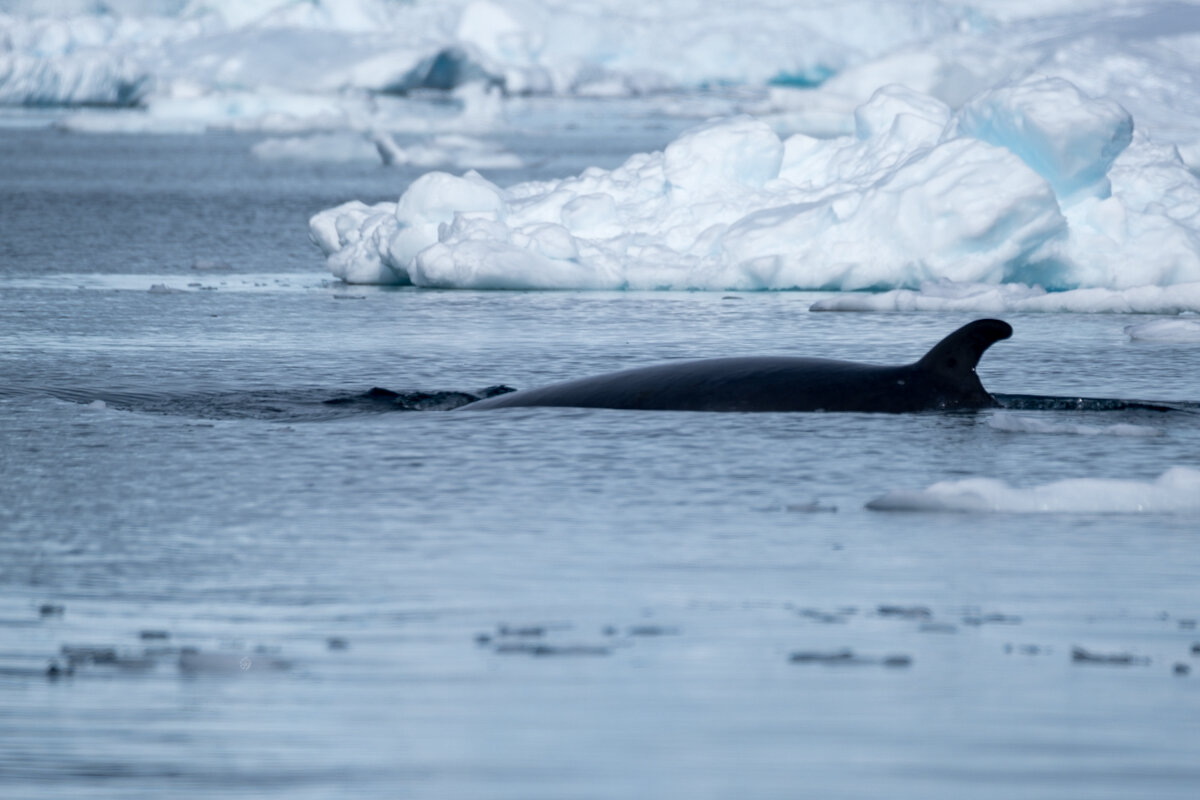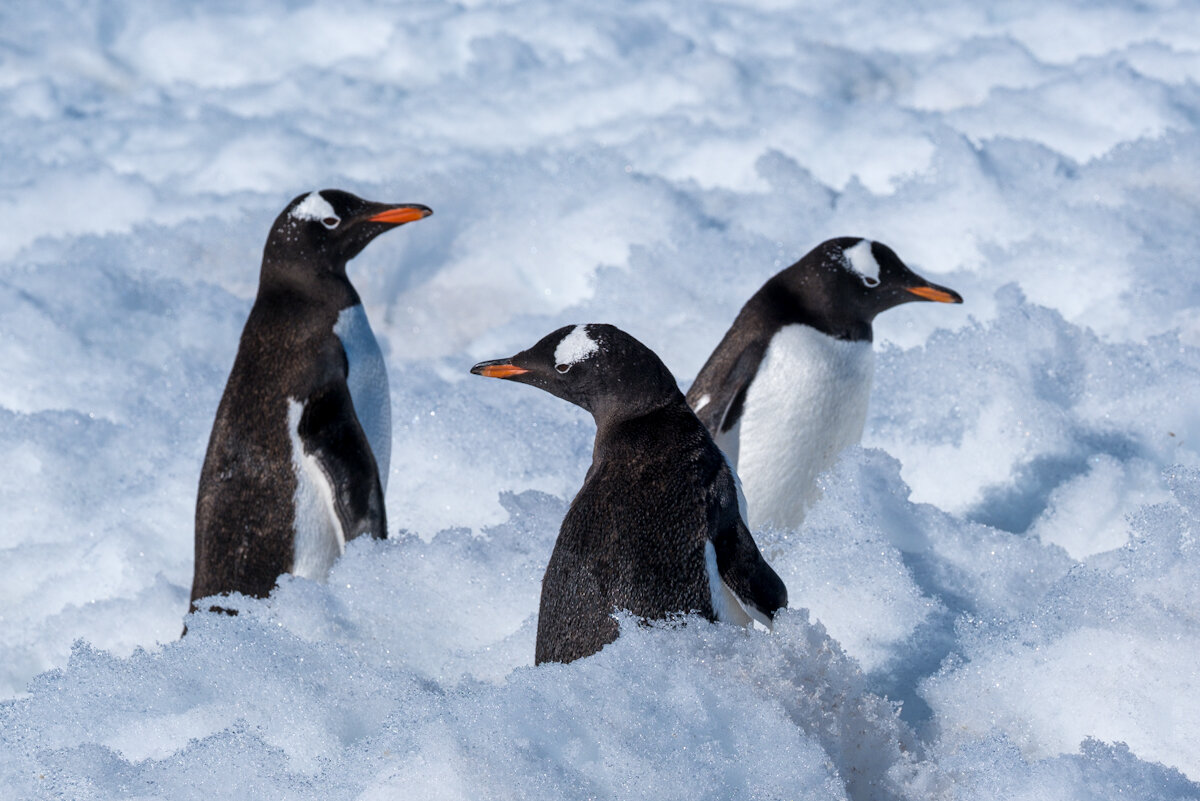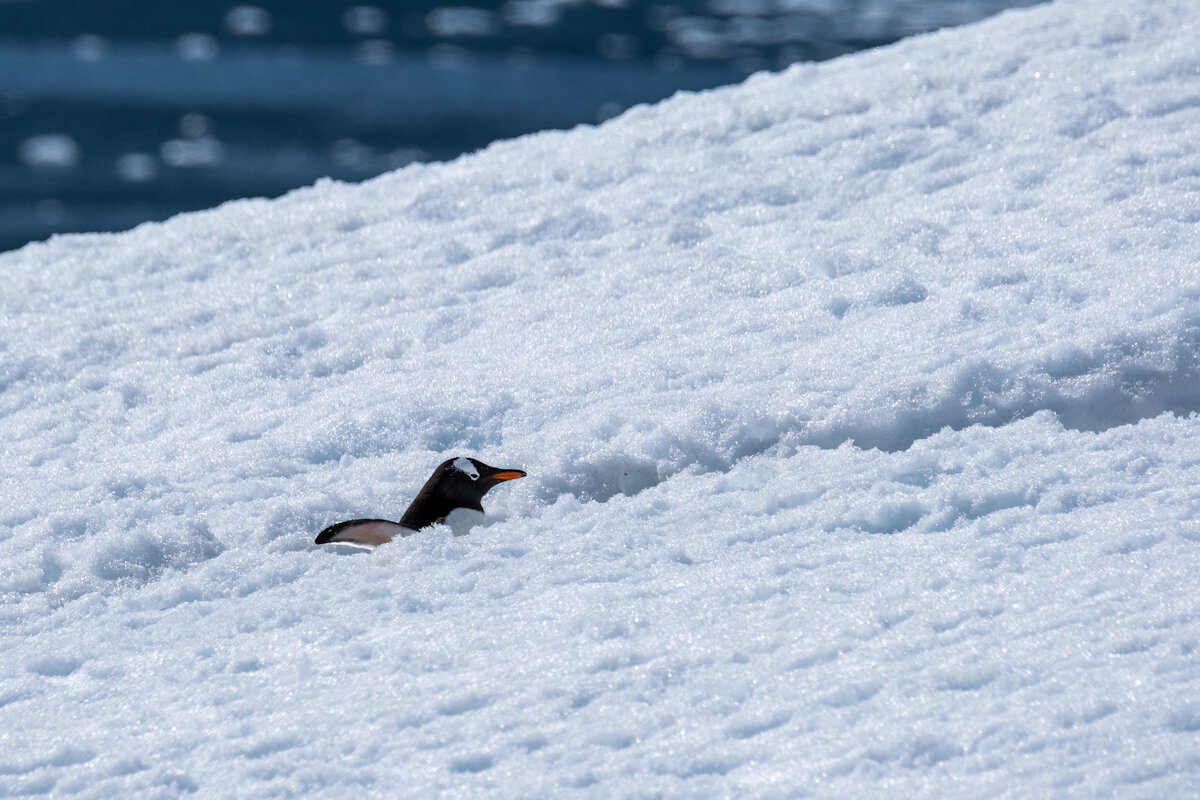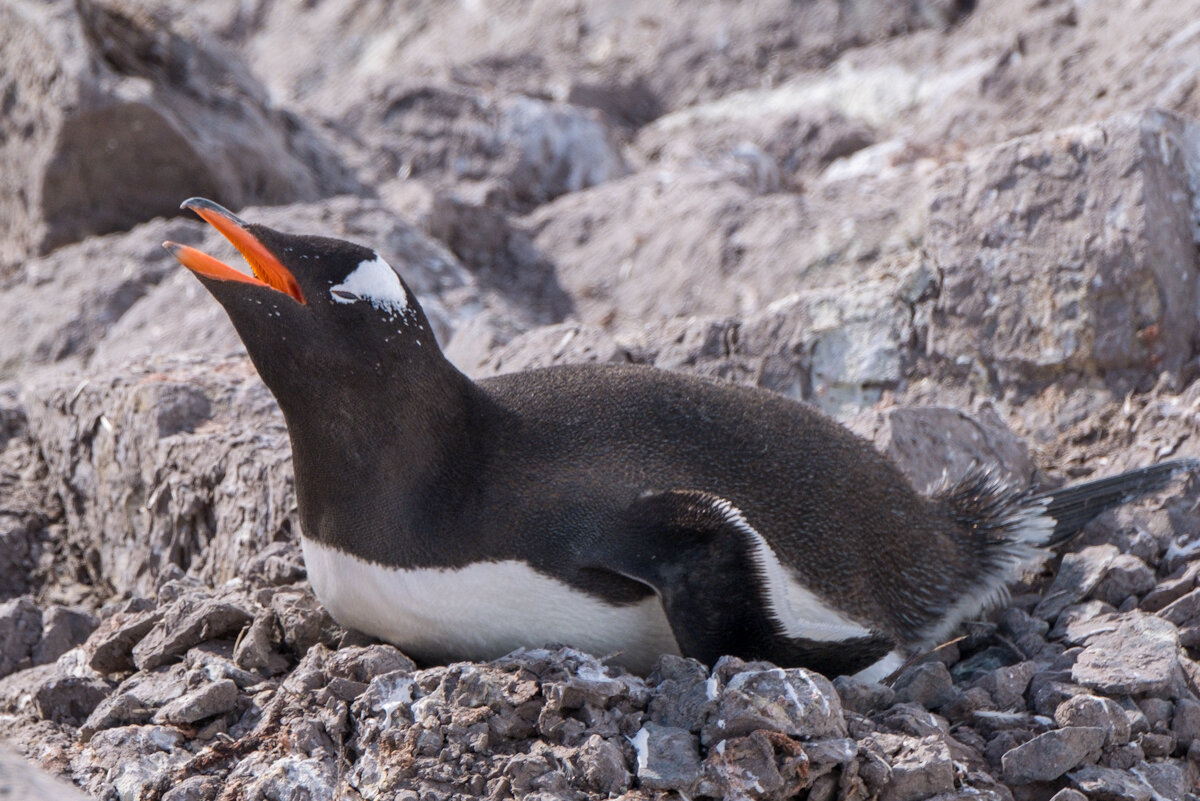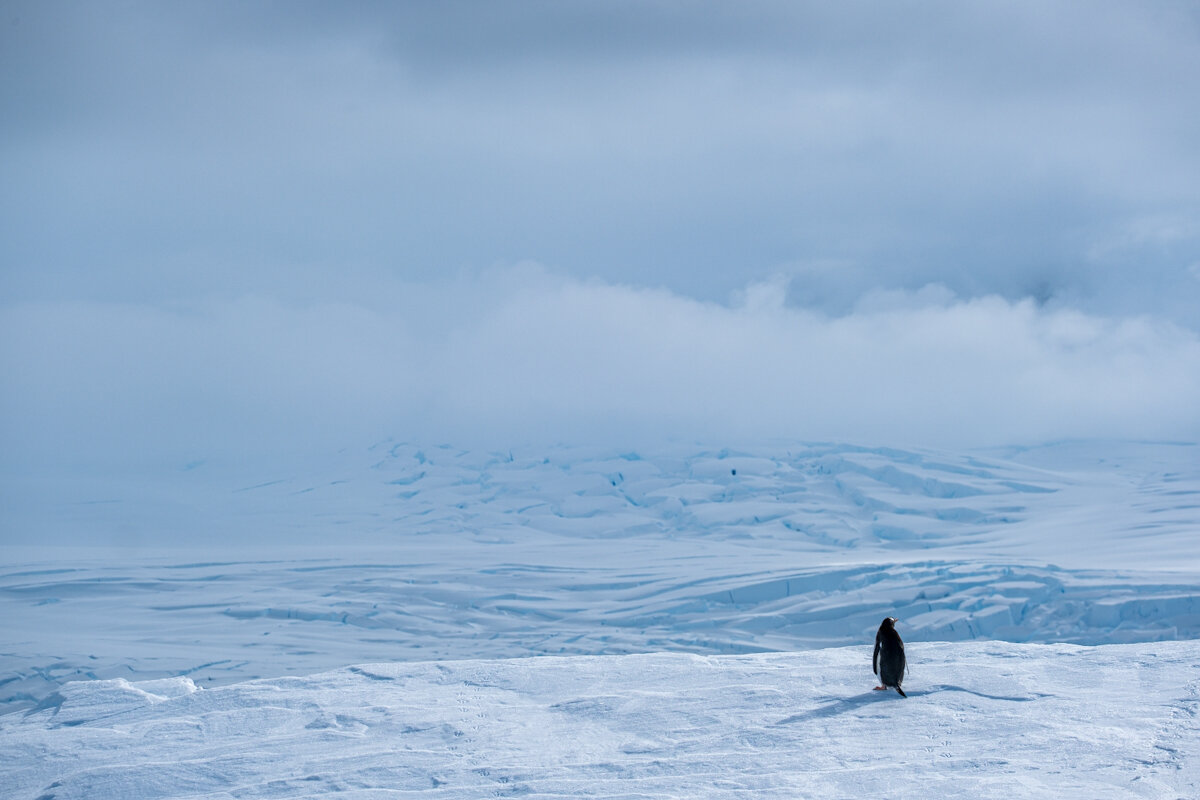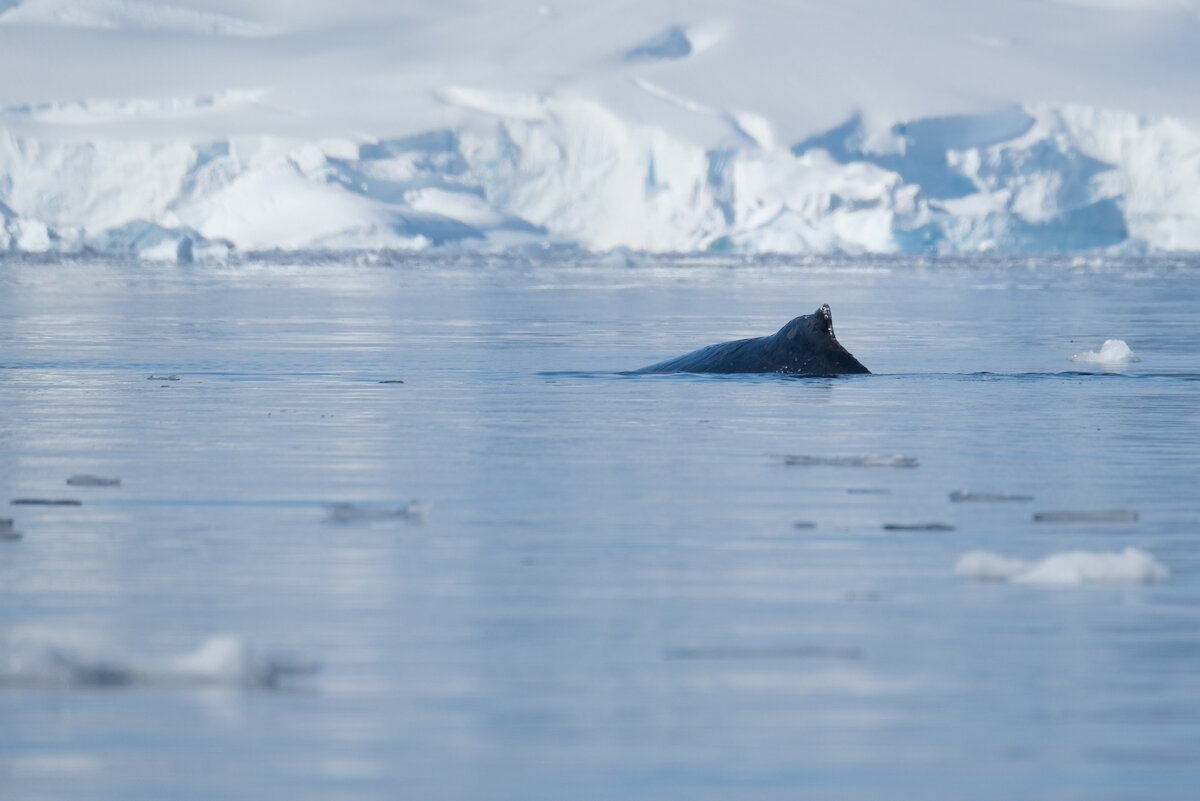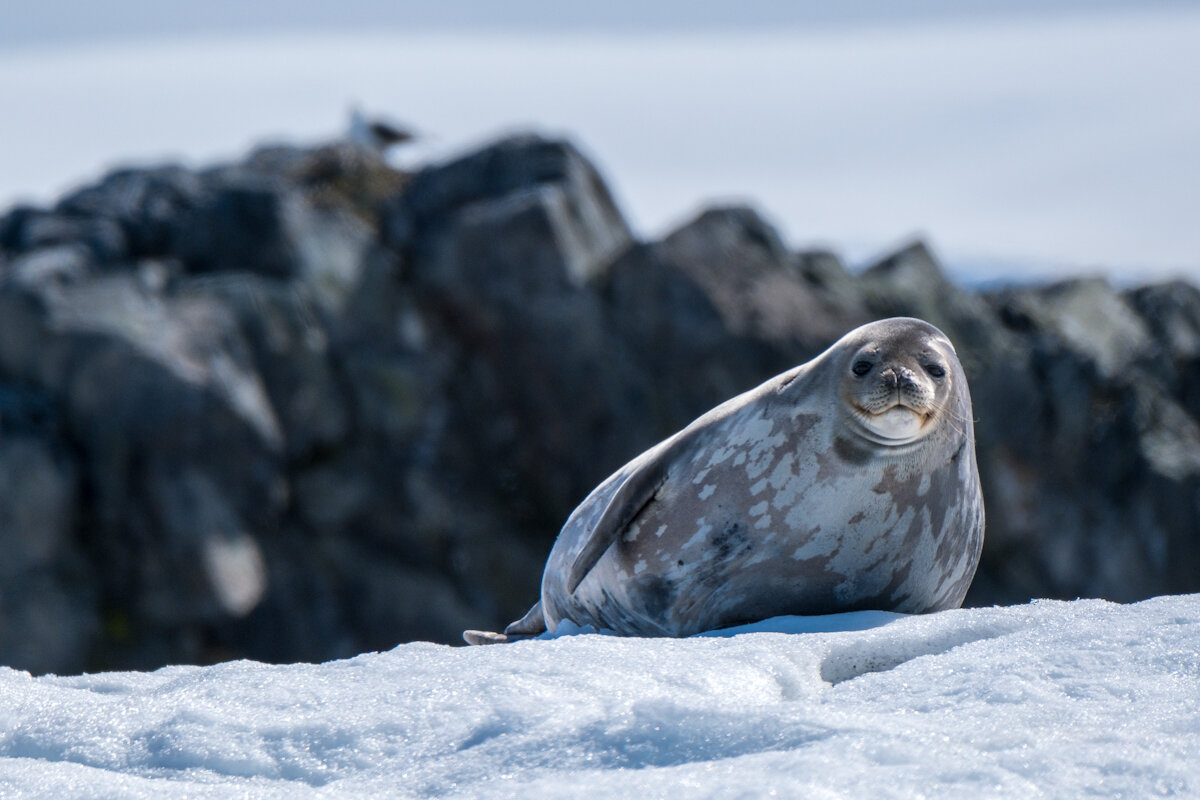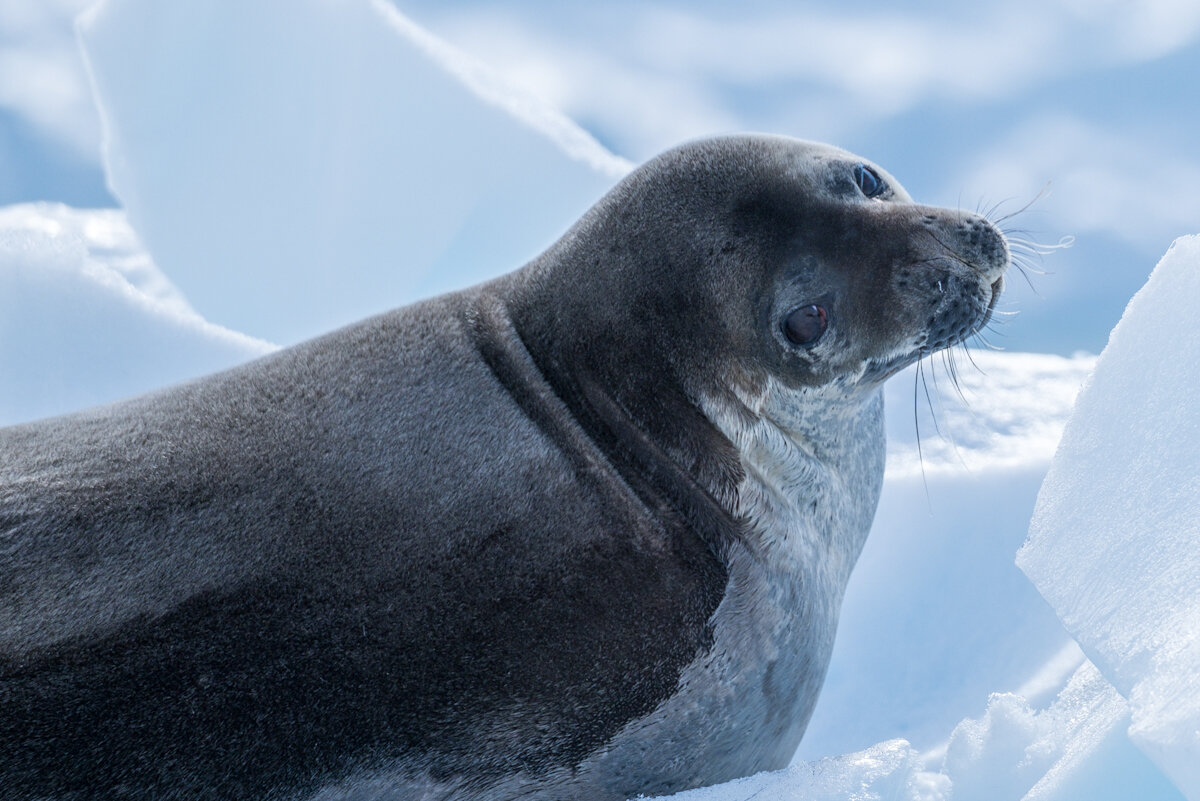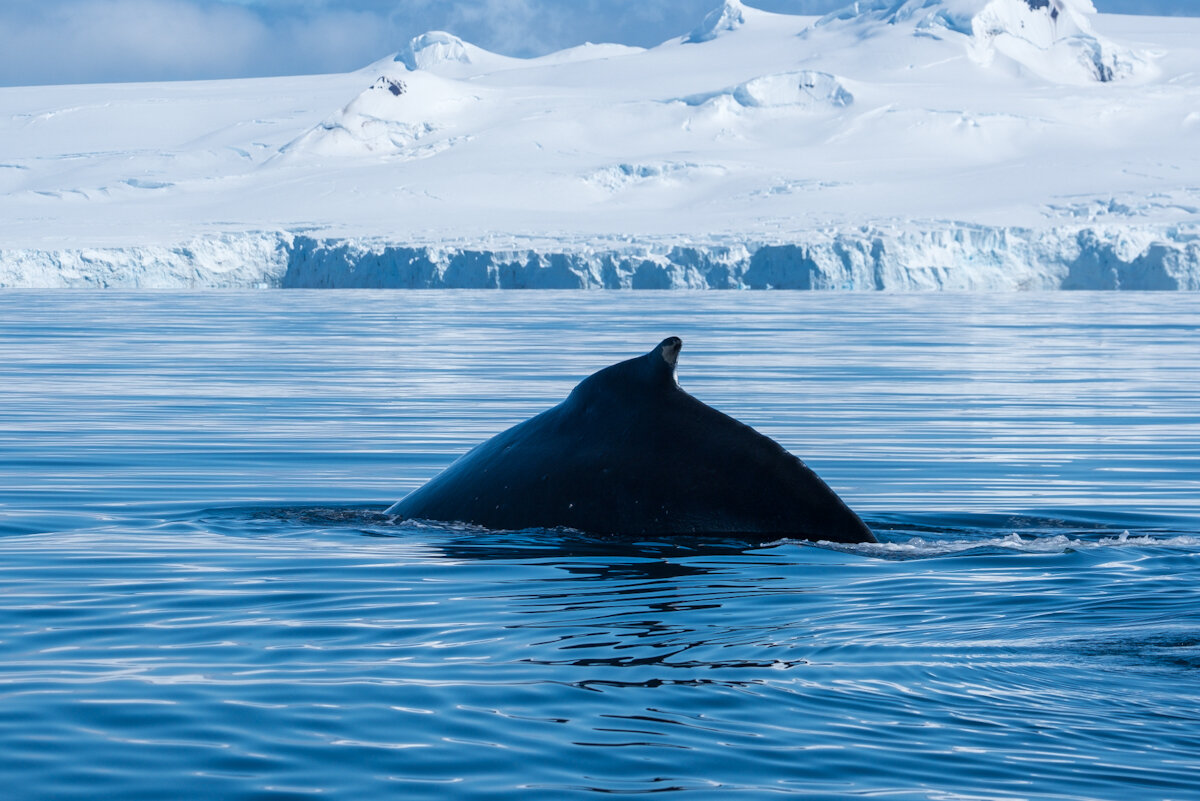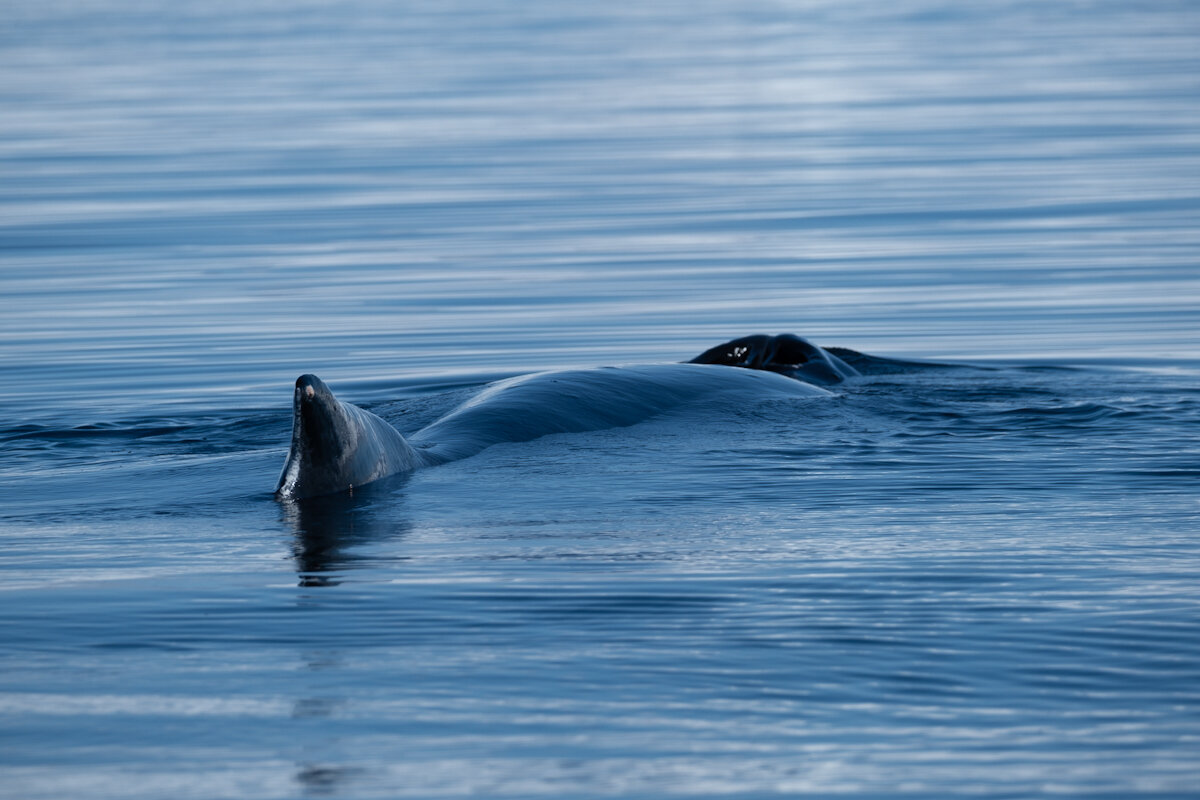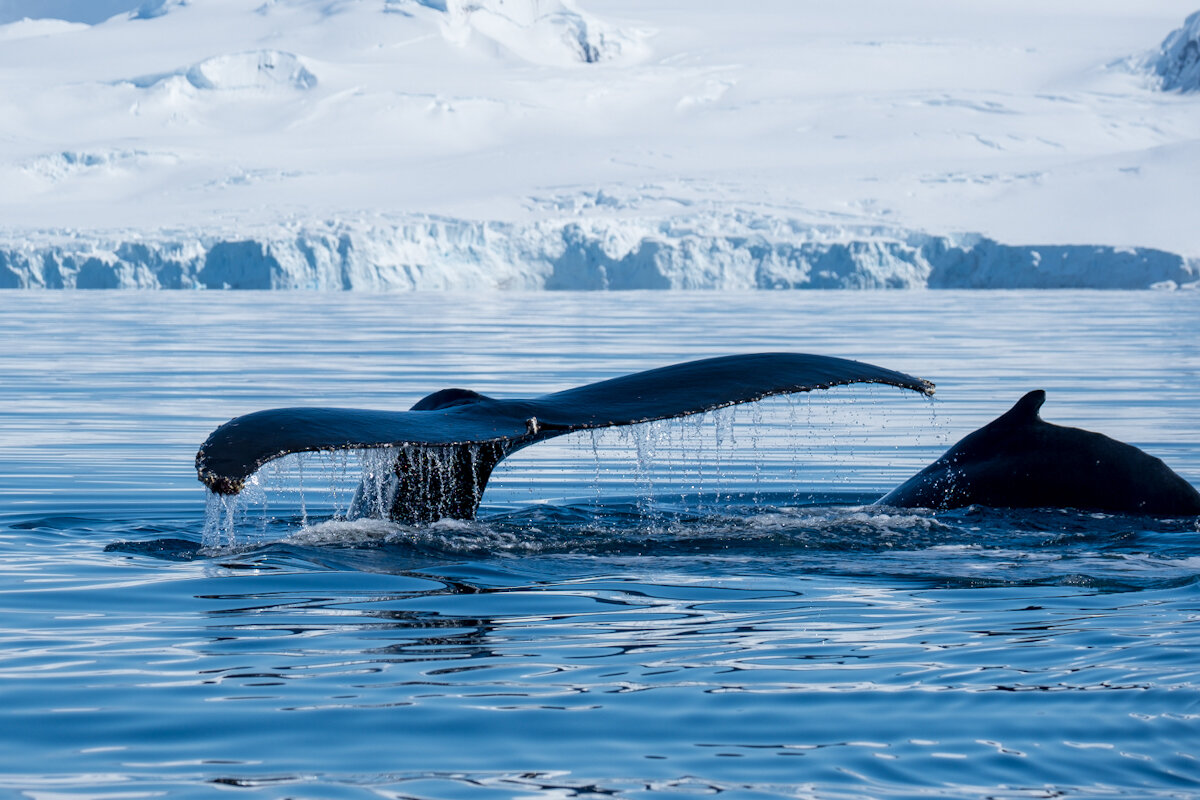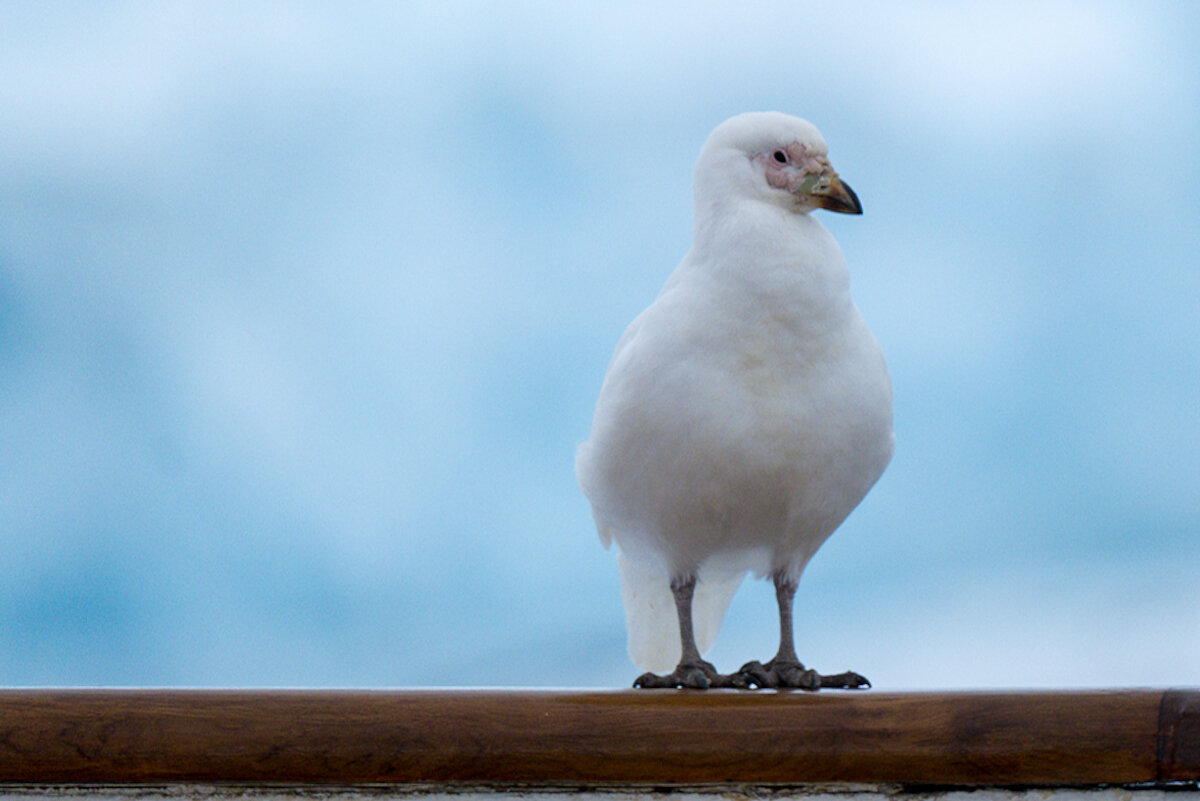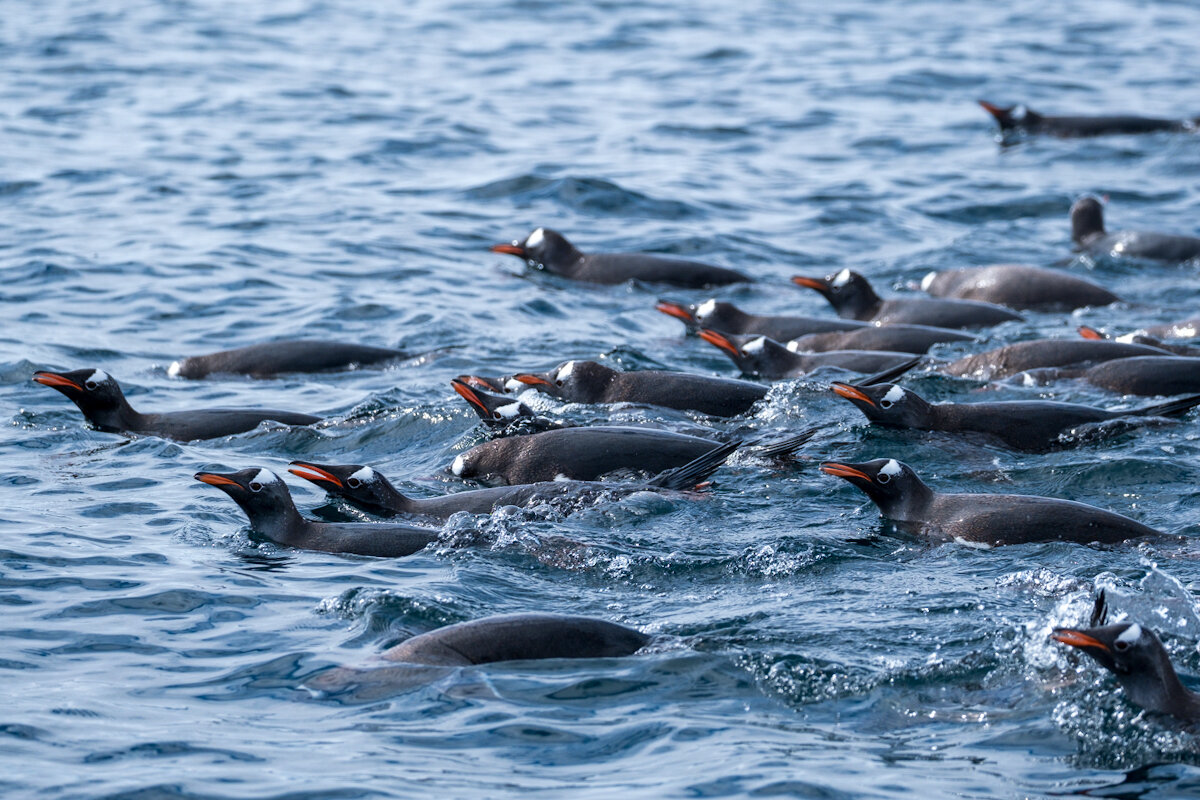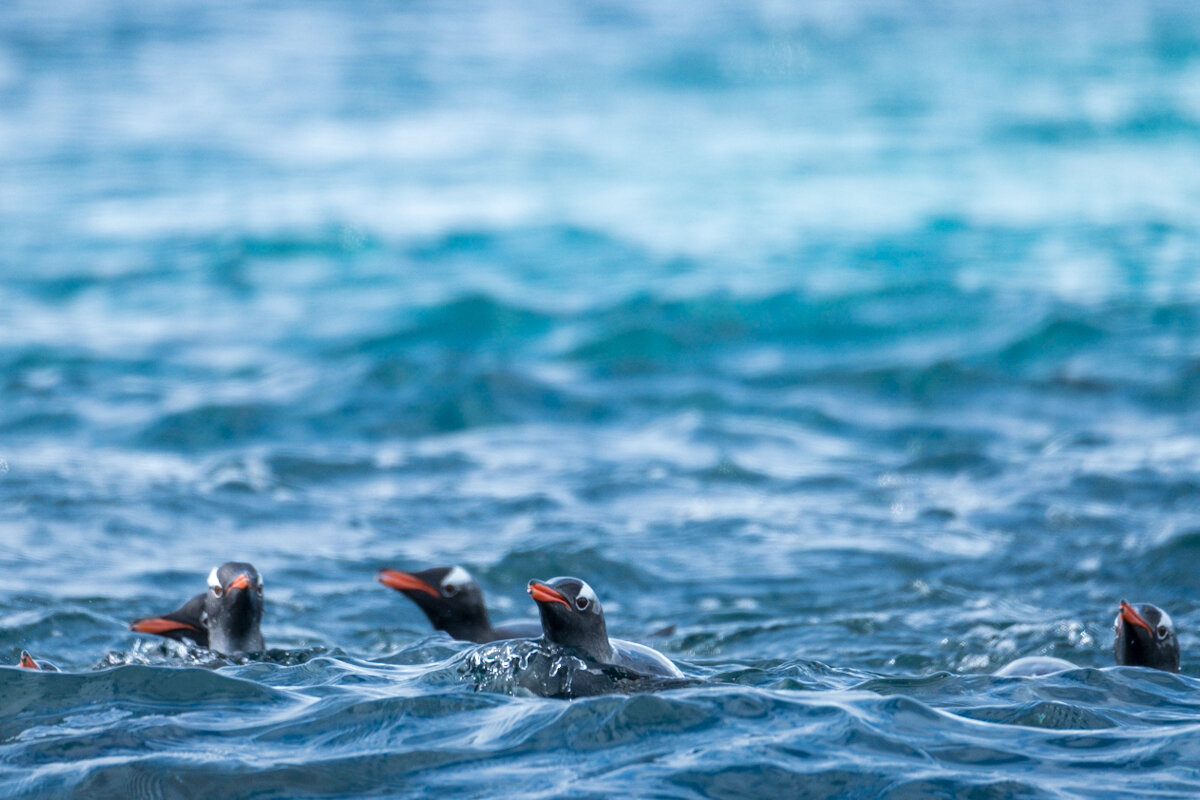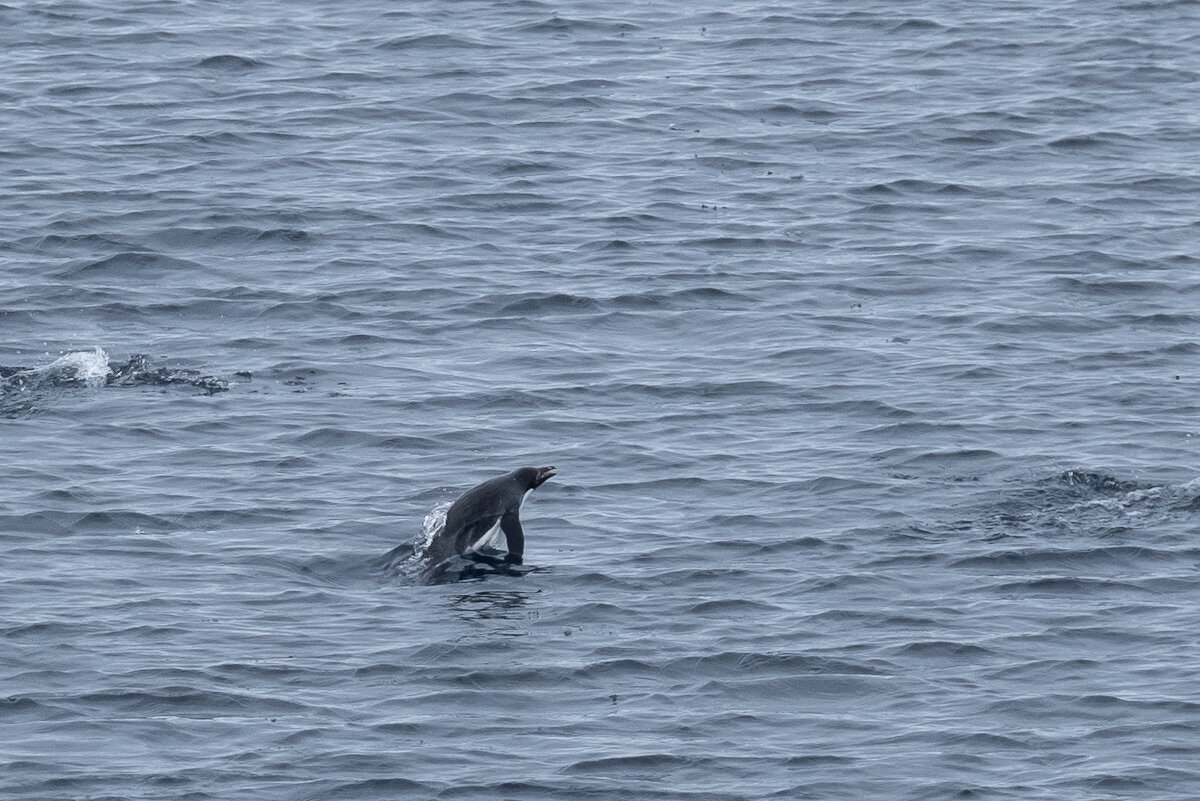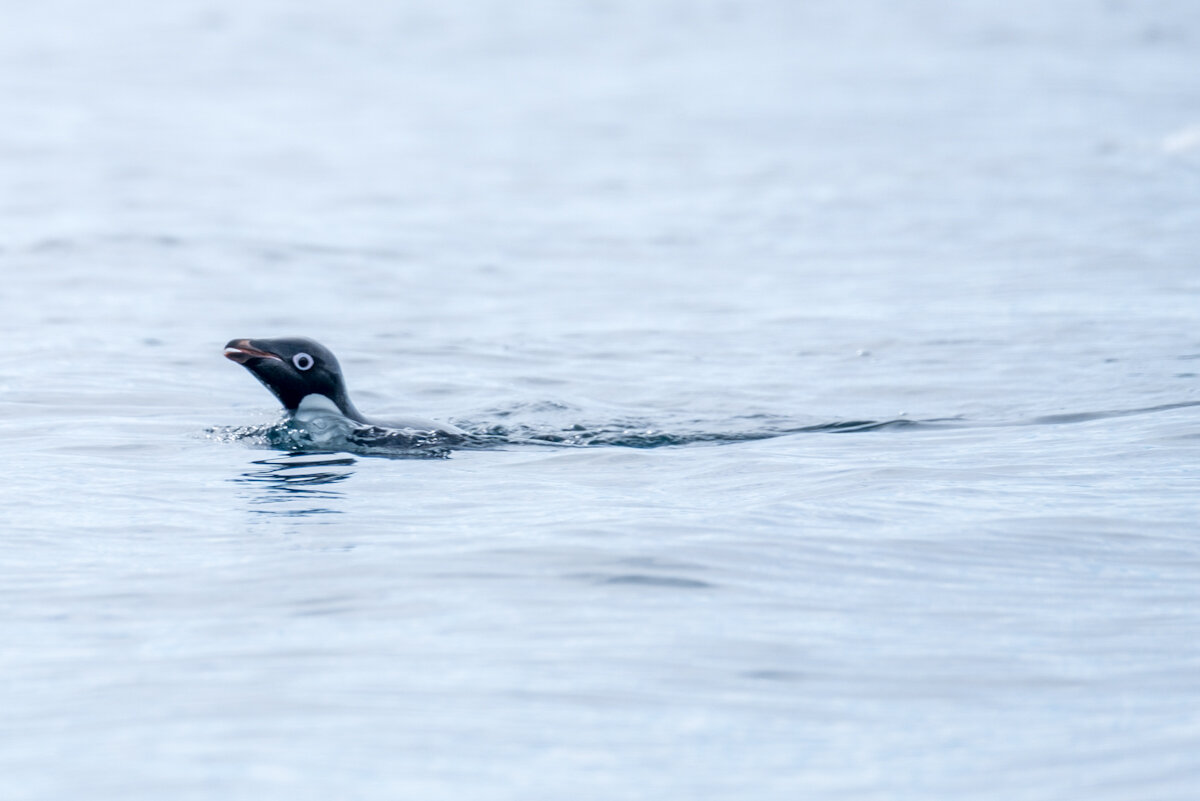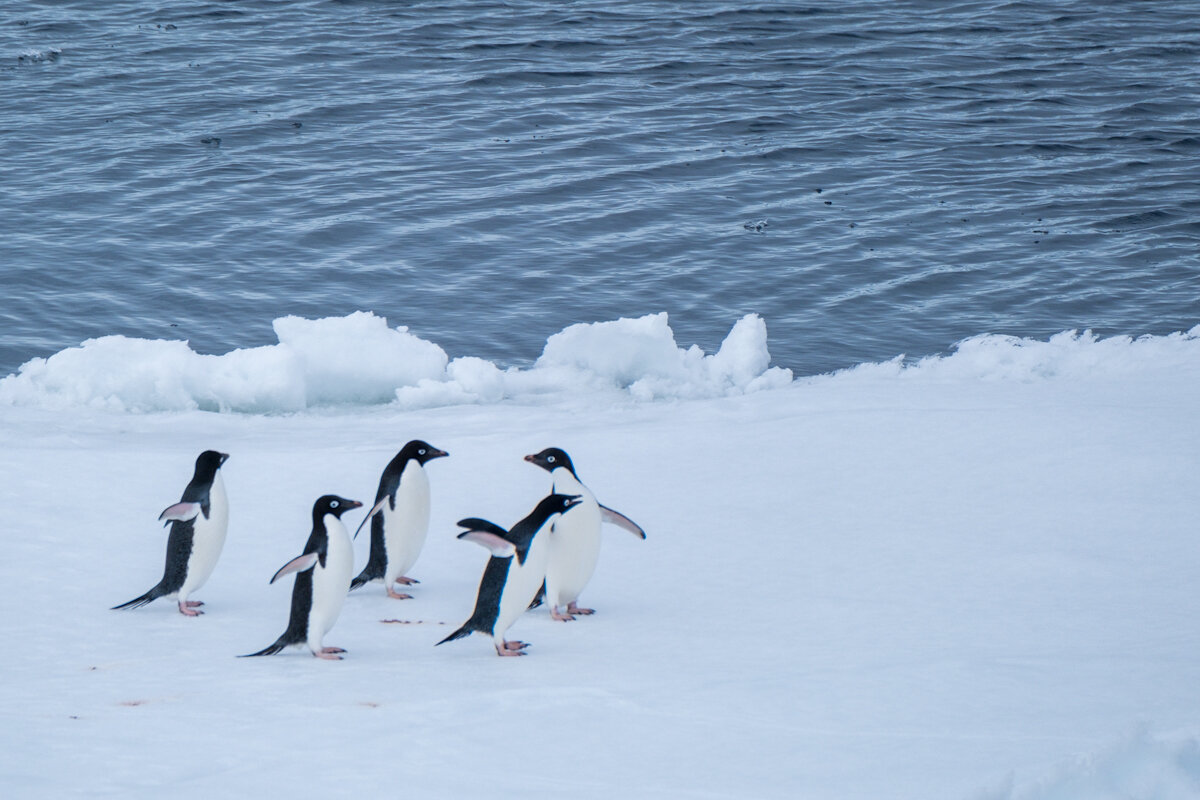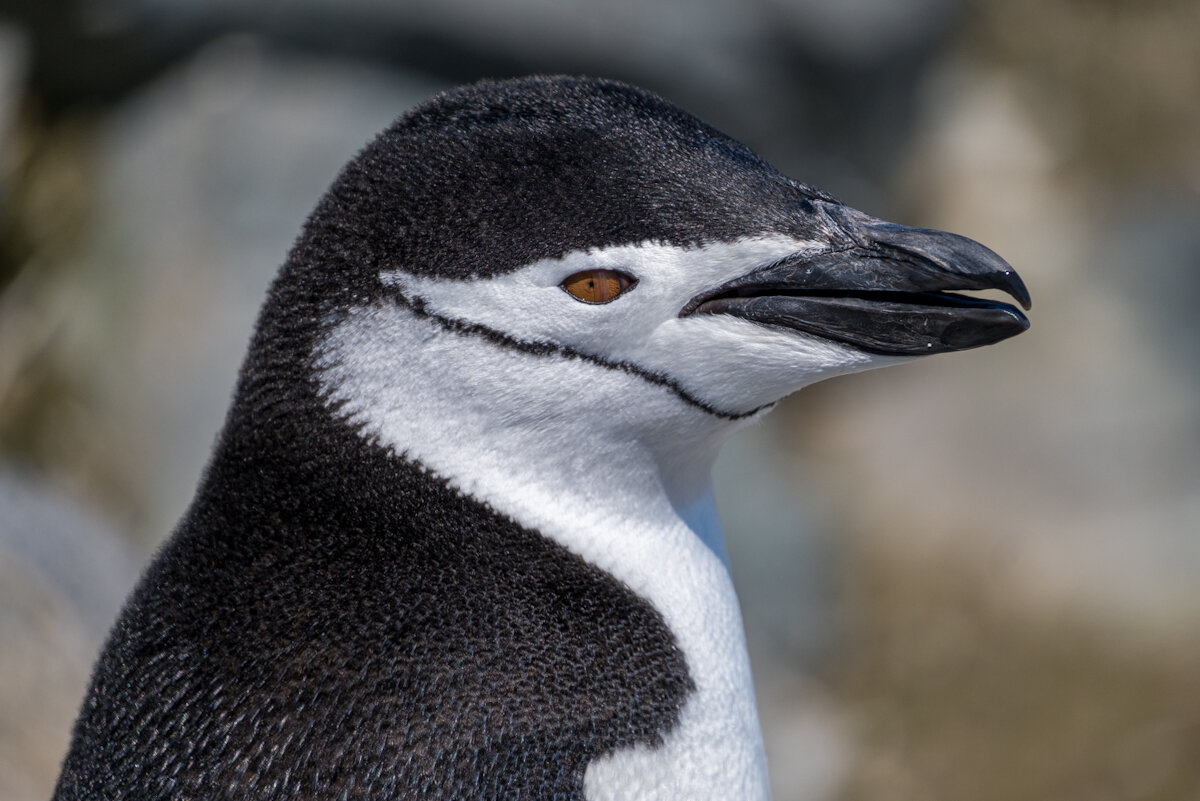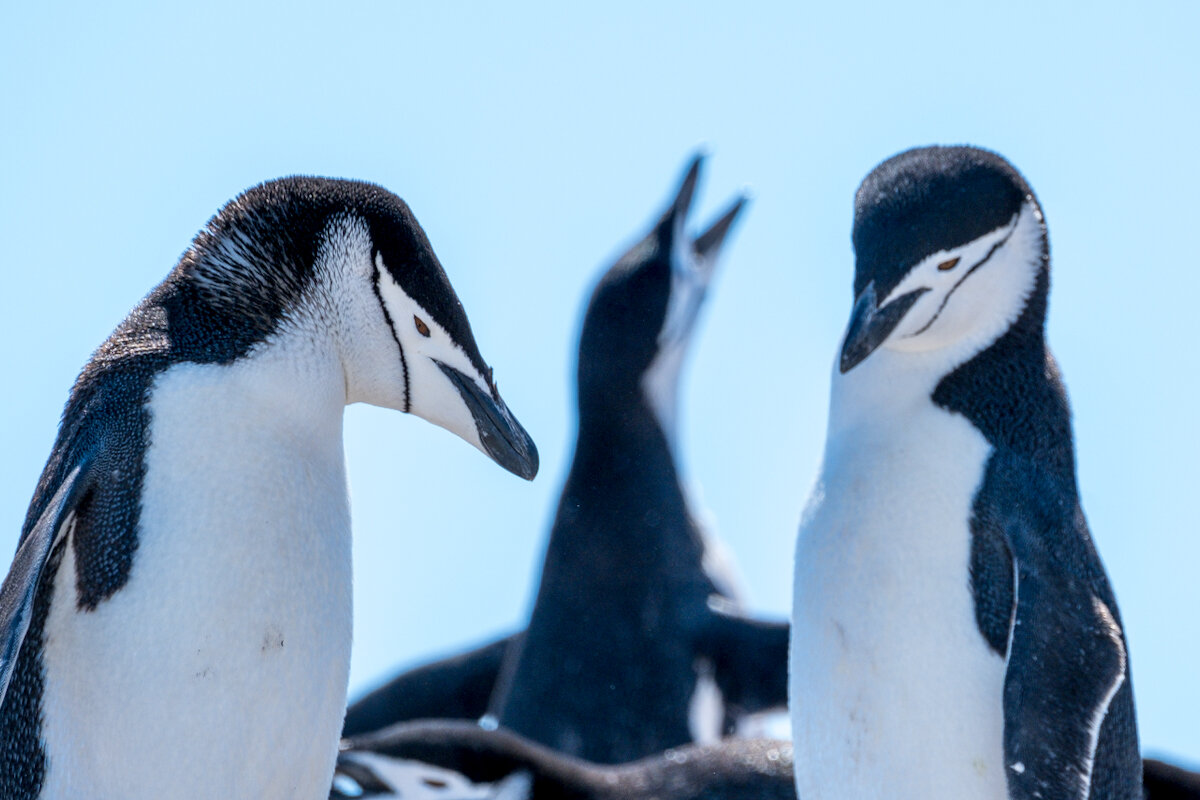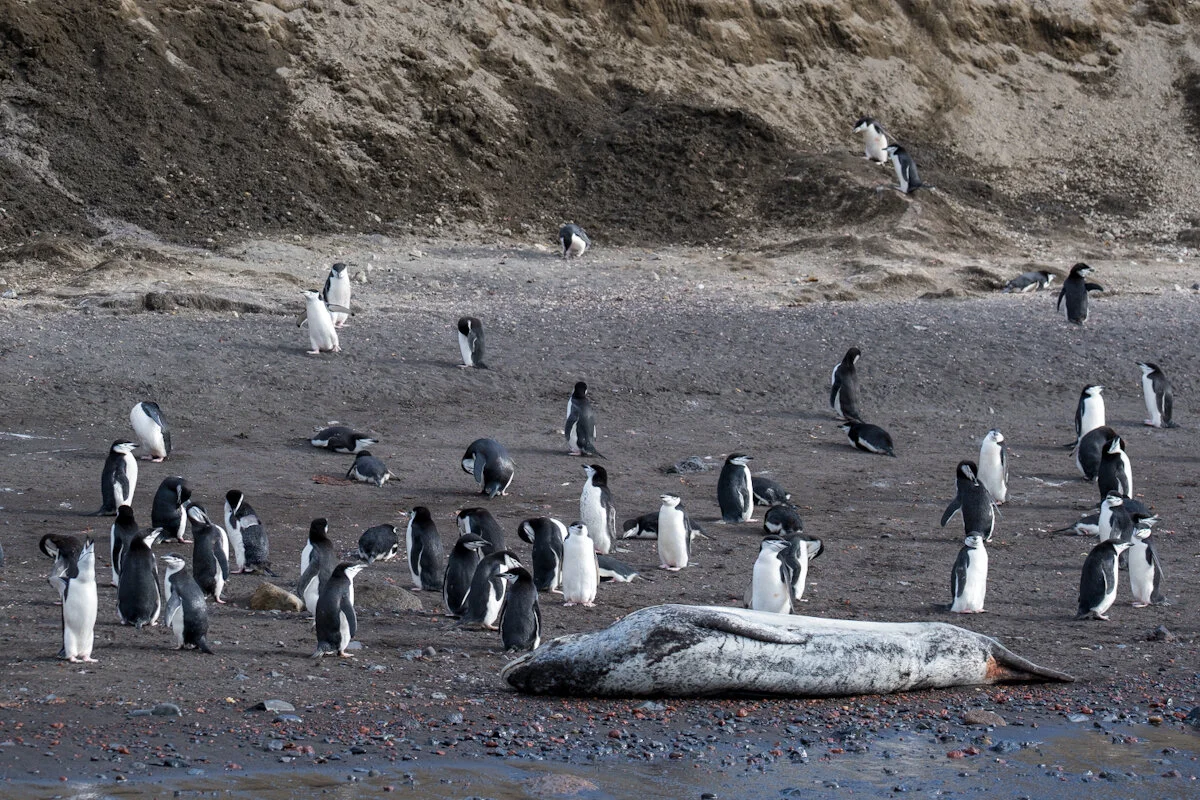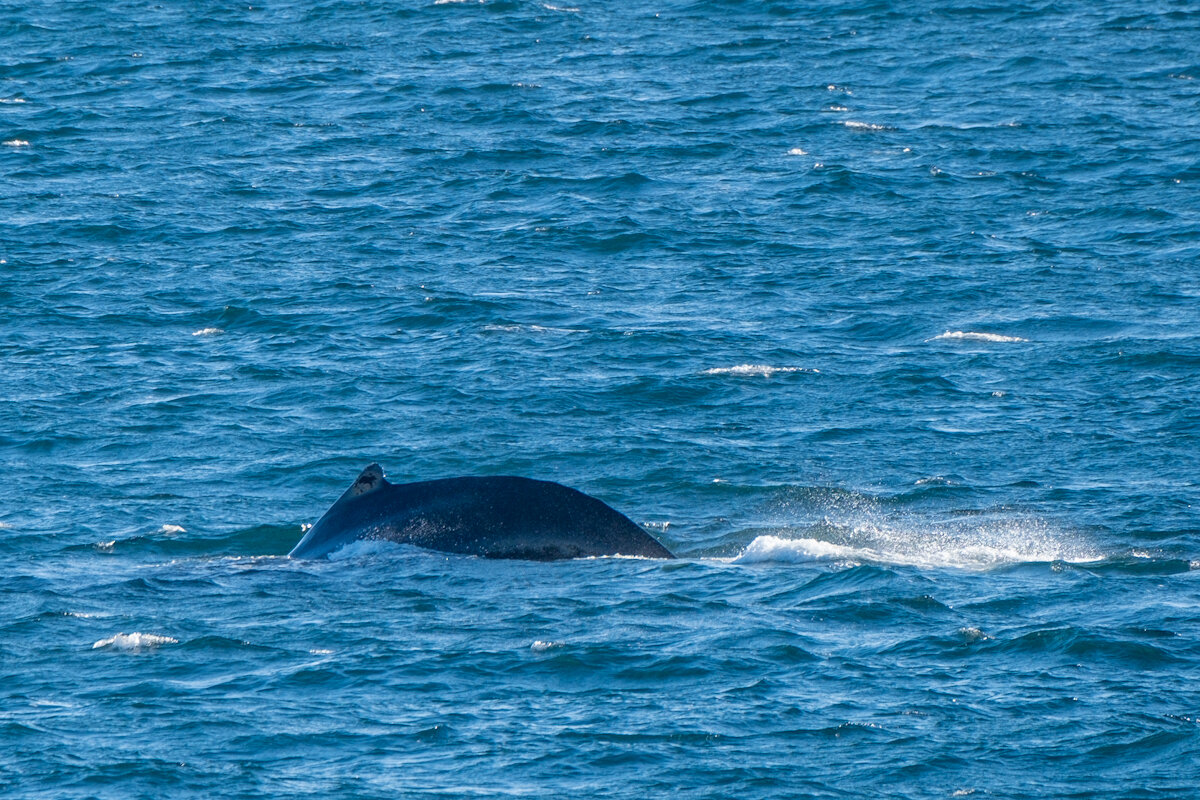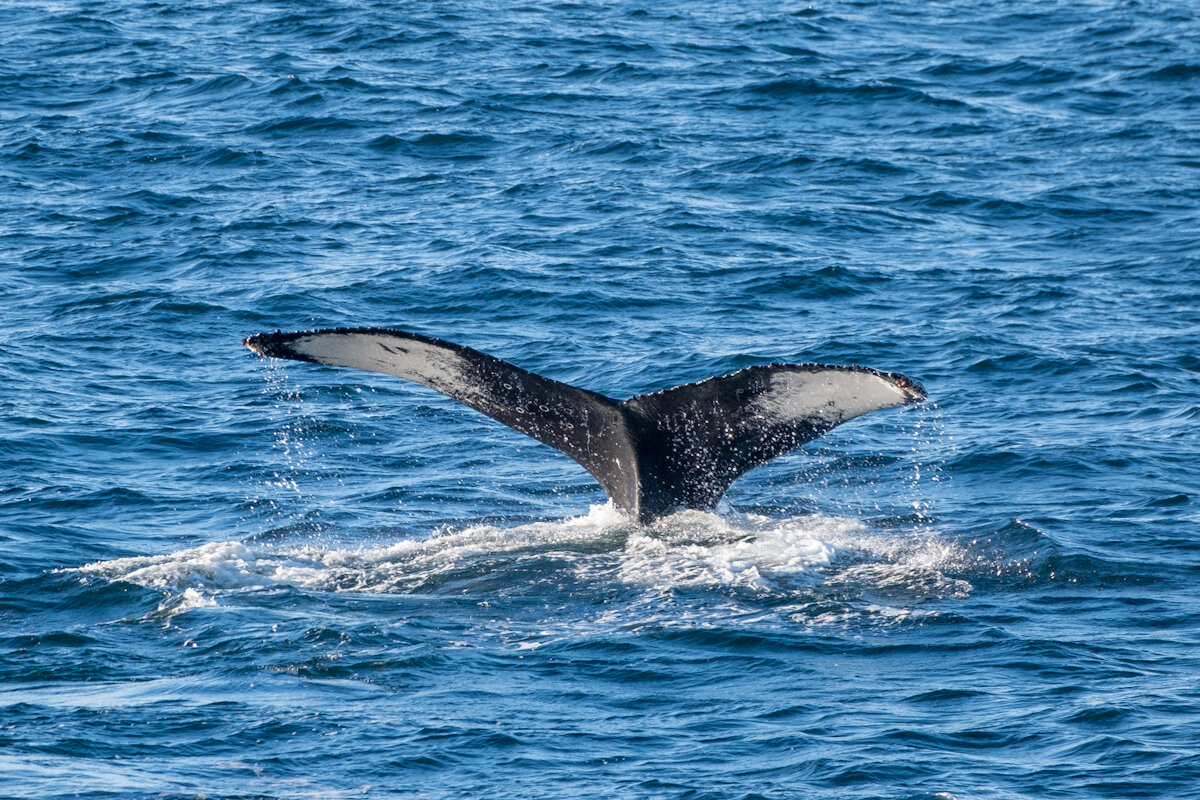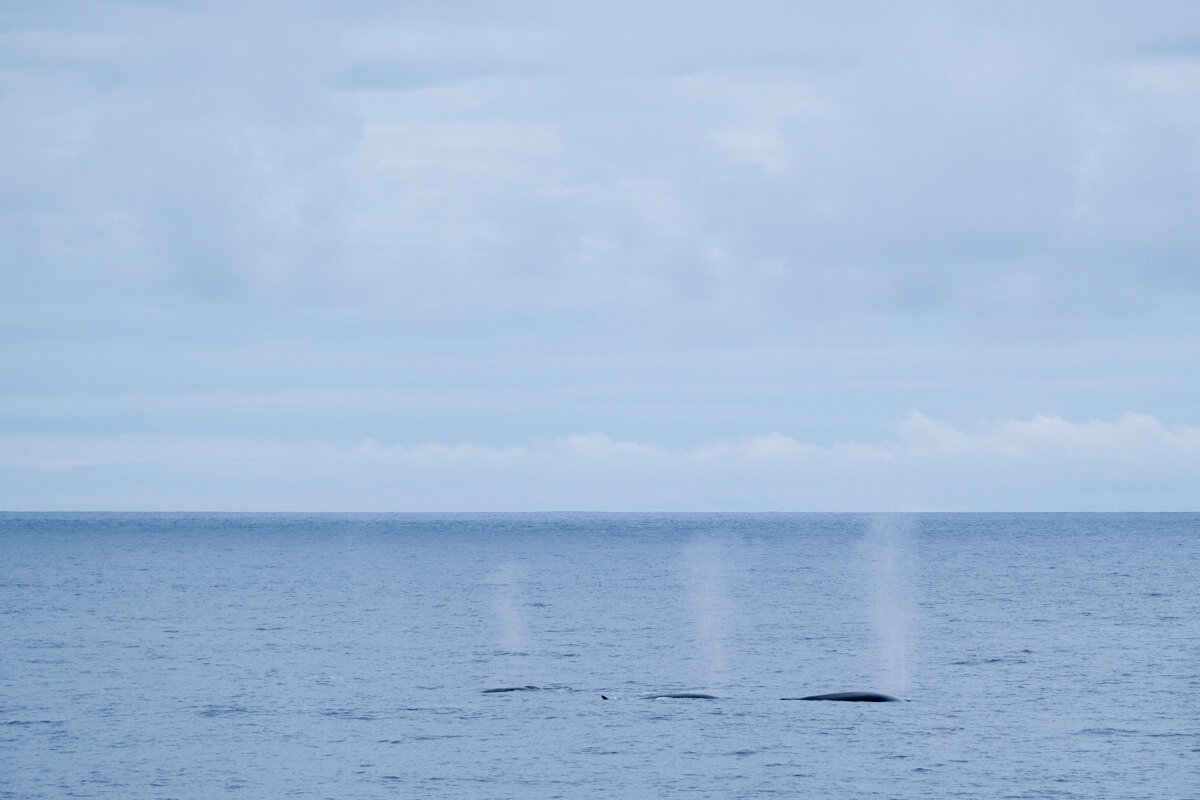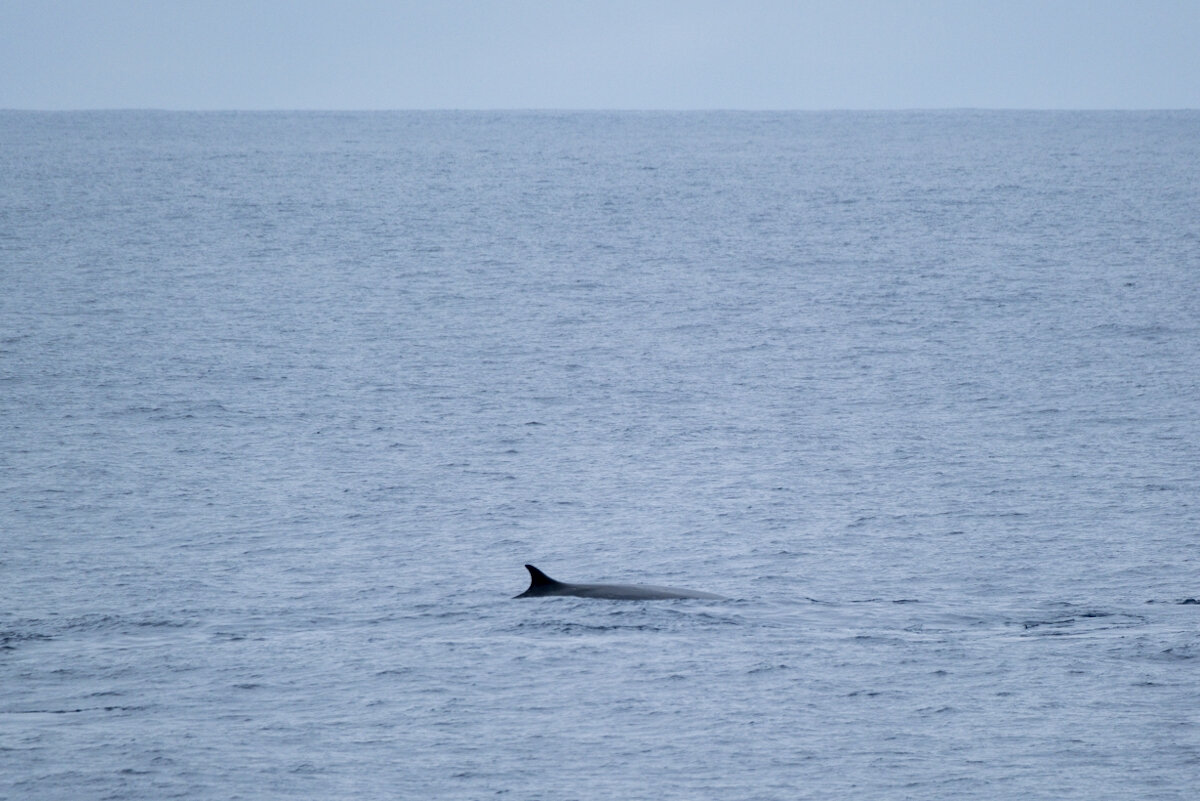Snow, Ice and Rocks
Antarctica is physically divided from the rest of the land masses on our planet in some fairly profound ways. It isn't just that it is a long way from the equator and, therefore, a bit chilly. It's almost a separate world. One physical barrier is the Antarctic Convergence. When the sea in the far south freezes, salt leaches out of it, making the surrounding water more saline and dense. This water sinks and spreads out northwards for hundreds of miles until it meets warm currents coming south. It is then forced upwards creating a sharp change in surface temperatures, which in turn creates a dynamic but marked boundary between separate weather and eco systems. A second barrier is the sea itself. Antarctica is a continent surrounded by oceans. (Unlike the Arctic, which is an ocean surrounded by continents). The southern oceans are uninterrupted, so waves and swell are not limited in scale by maximum distance from land (fetch). Swell can be 8 to 12 metres for long periods over vast areas. Distance between peaks can be many 10s of metres, sometimes over a hundred (sailors used to claim more than a mile). Often these waves are in a kind of permanent breaking state, their summits blasted by relentless 30-40 knot winds; the resulting crests giving rise to the name by which they are known to mariners: the Greybeards. The energy they contain is huge. The southern oceans are so hostile that we cannot really claim to have 'discovered' Antarctica until well into the 19th century and it is the only continental landmass that has never been settled by humans (in the normal migratory sense). We just couldn't get near it. Only a handful of warm blooded (bird and marine mamal) species live there all year round.
On our visit, we went to the relatively accessible Palmer Peninsula, which is above the Antarctic Circle and quite busy in wildlife terms. By Antarctic standards it was also super busy in human terms - over the course of 12 days we actually saw two other ships. We were very lucky with the weather, but even in the lightest breeze you couldn't stay outside for long without proper clothing.
As you would expect, the scenery was stunning. The predomination of whiteness, all but total lack of human structures and complete absence of trees confounds your sense of perspective. The ice-scape goes on for ever and yet iseems to be right in front of your outstretched hand. The thing I like most about the pictures in this section is the purity of natural sculpture and its indifference to scale, proportion, measurement or human aesthetic values of any kind. It has been observed that it is not the hostility of Antactica, but the fact of your insignificance in it that makes it so dangerous. And utterly irresistable. A seducer without a grain of pity. Ask Scott.
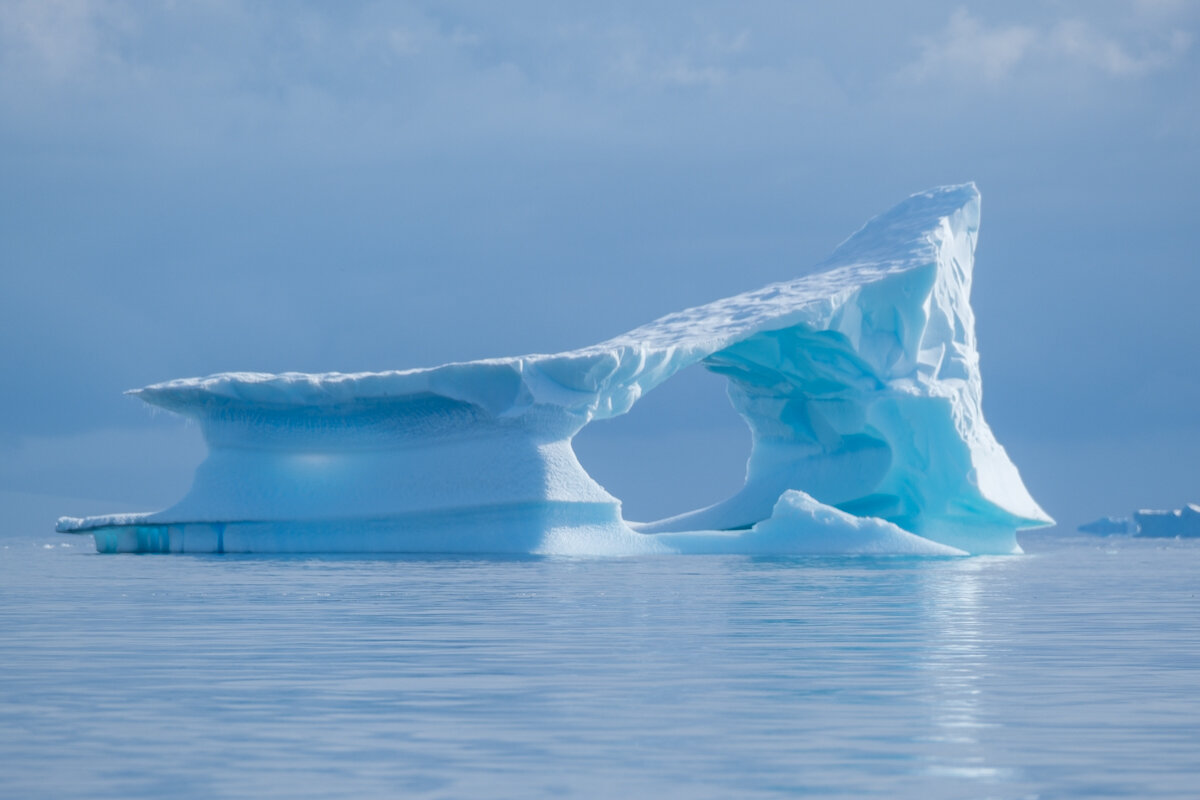
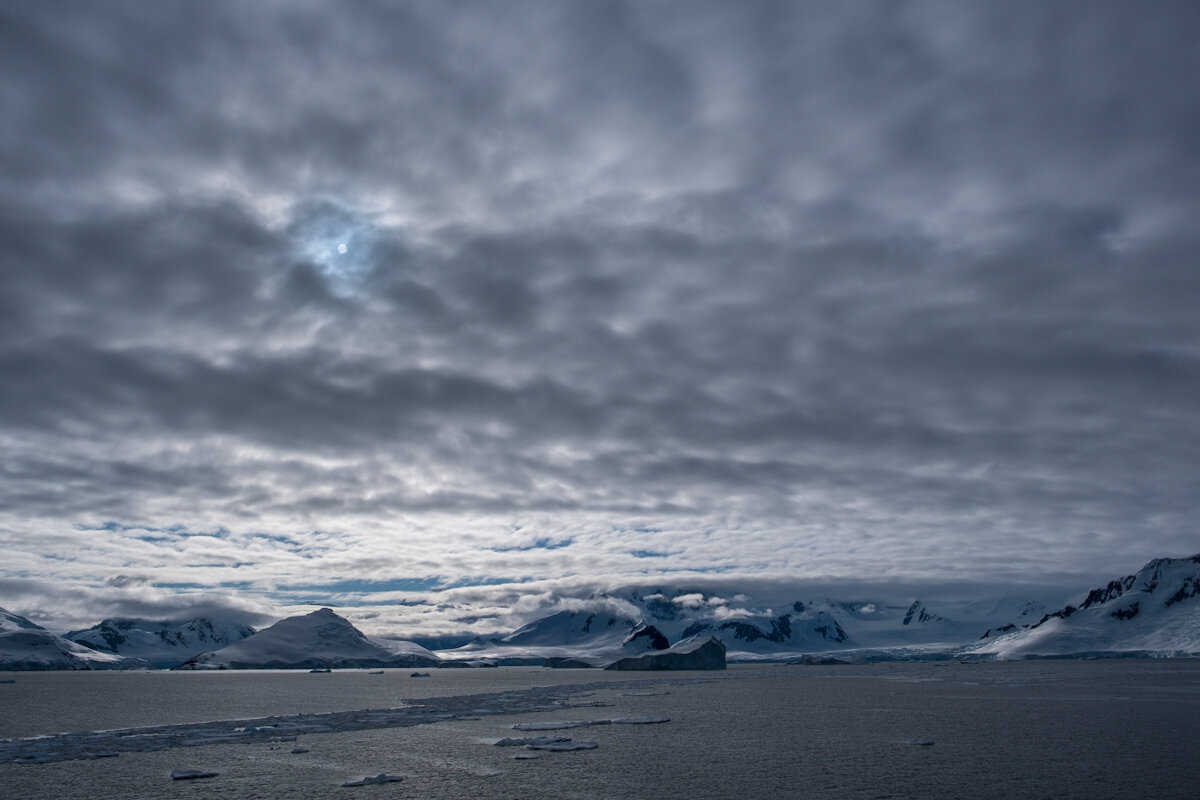
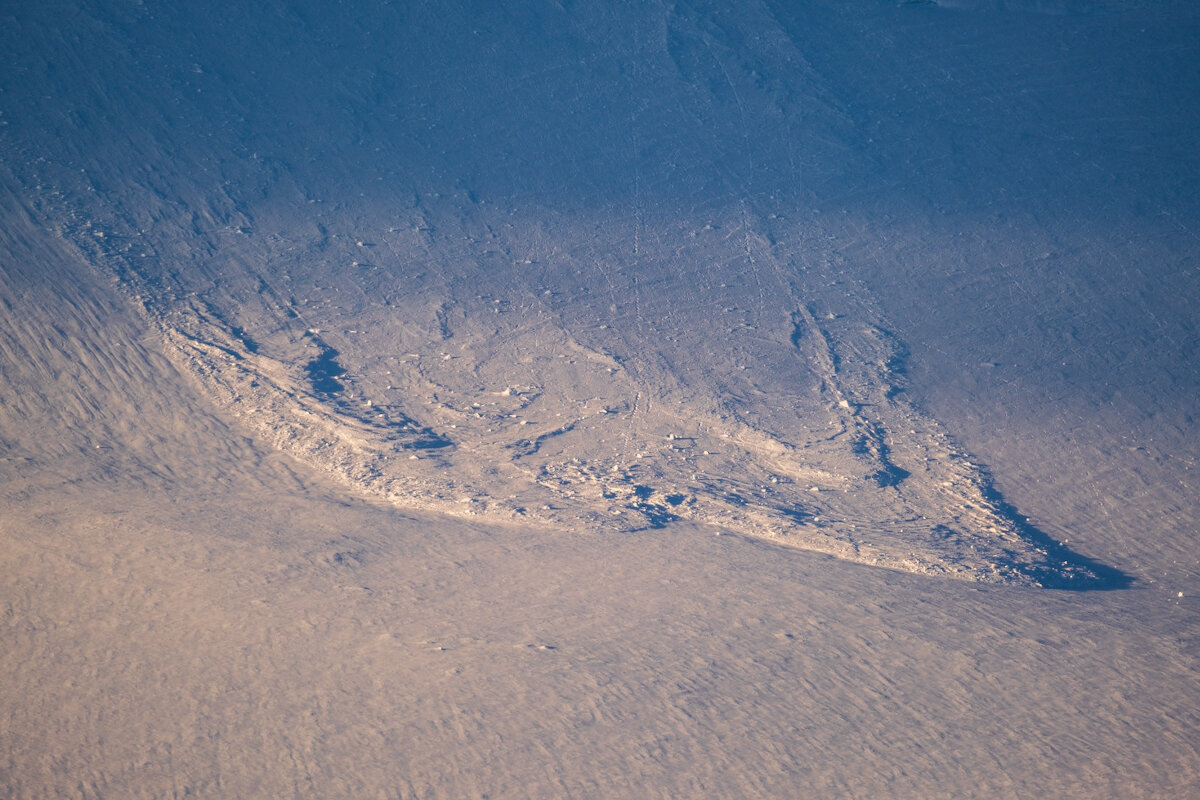
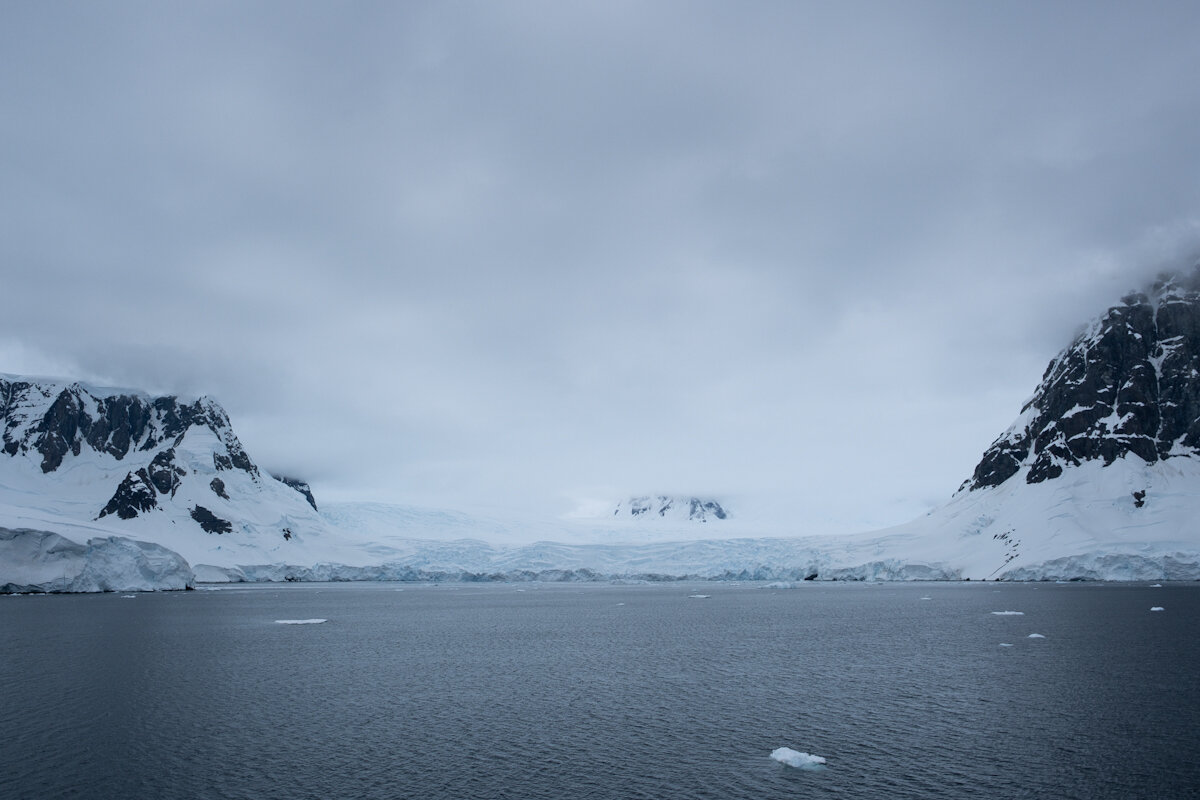
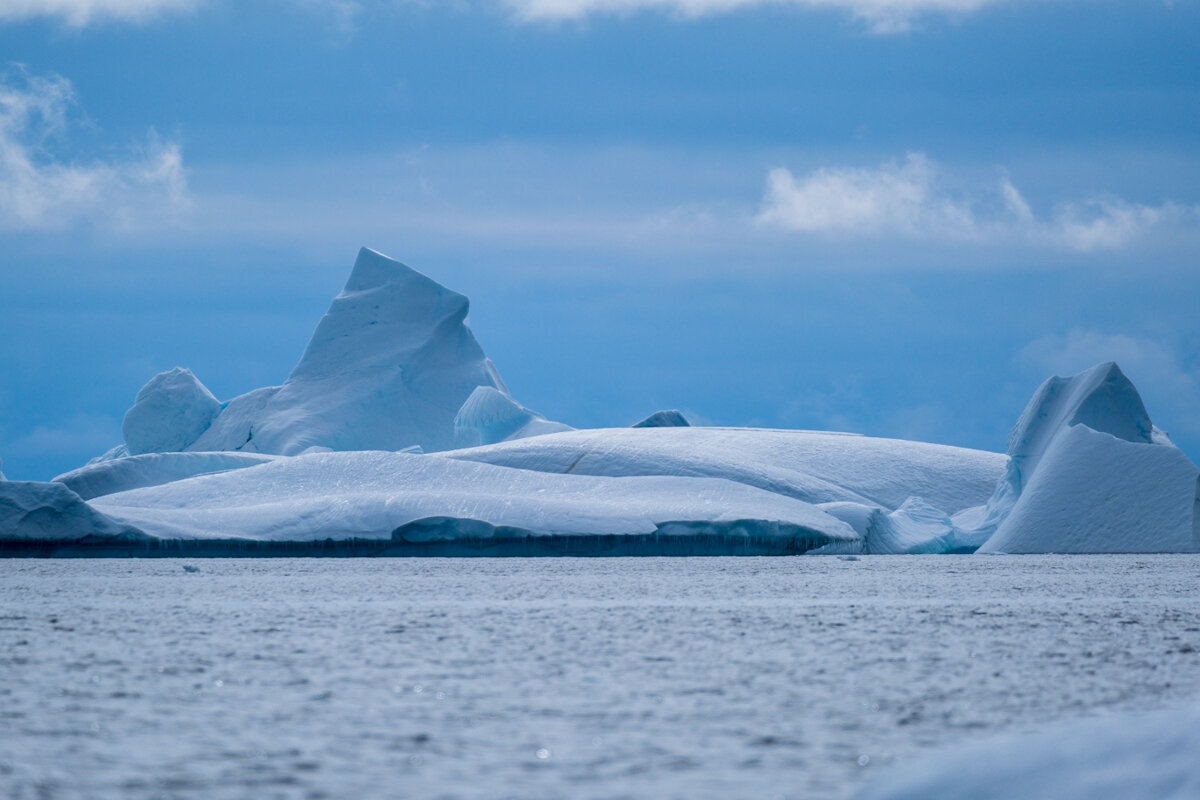
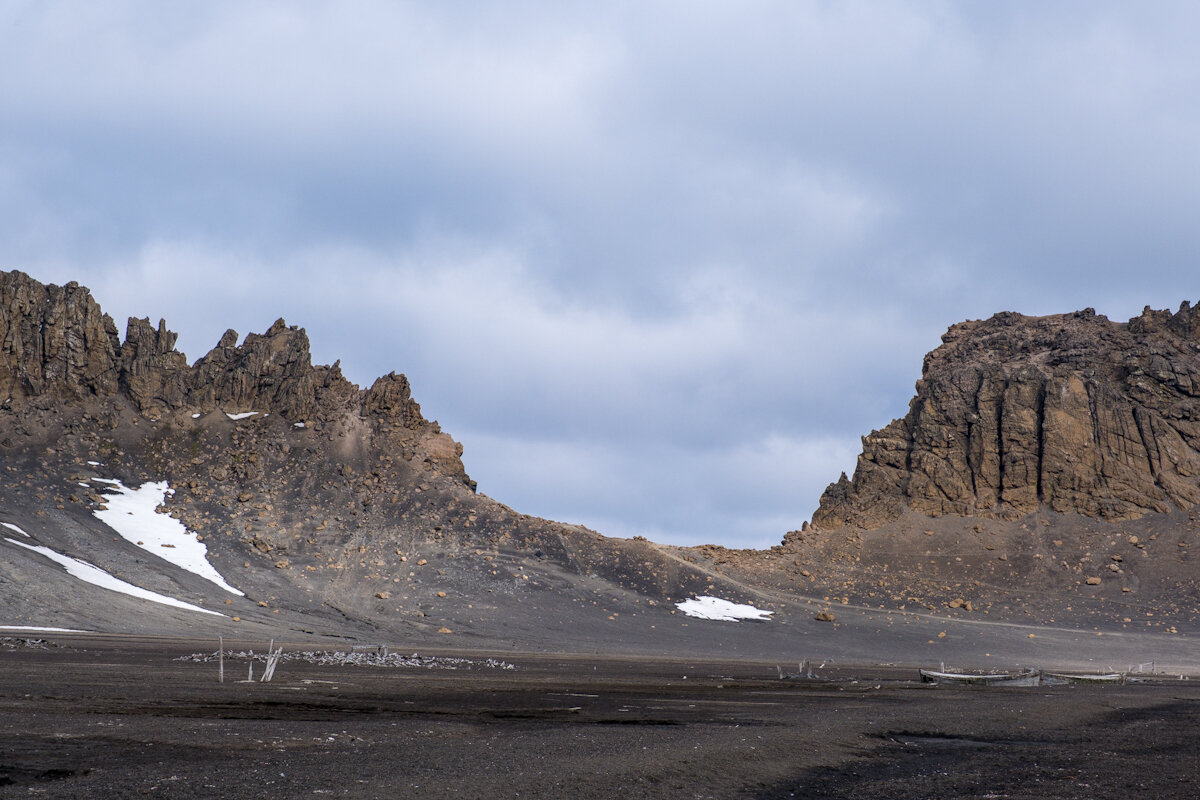
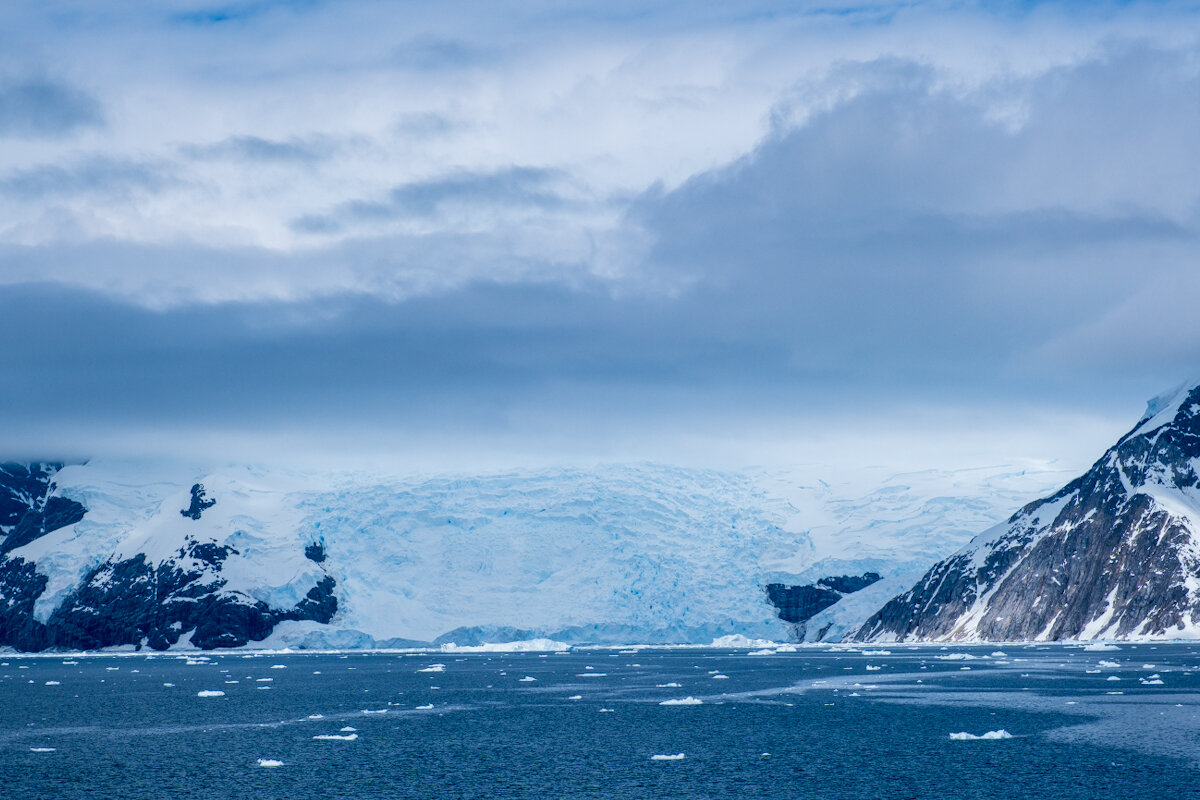
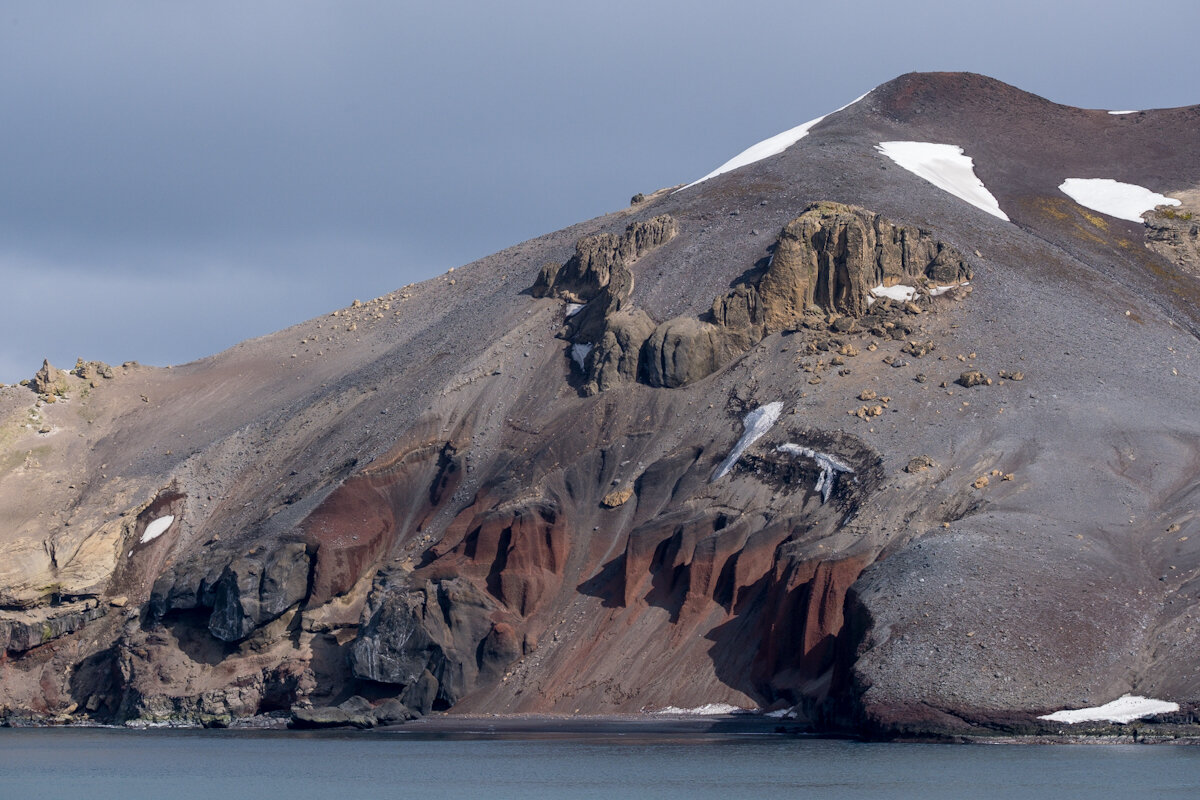
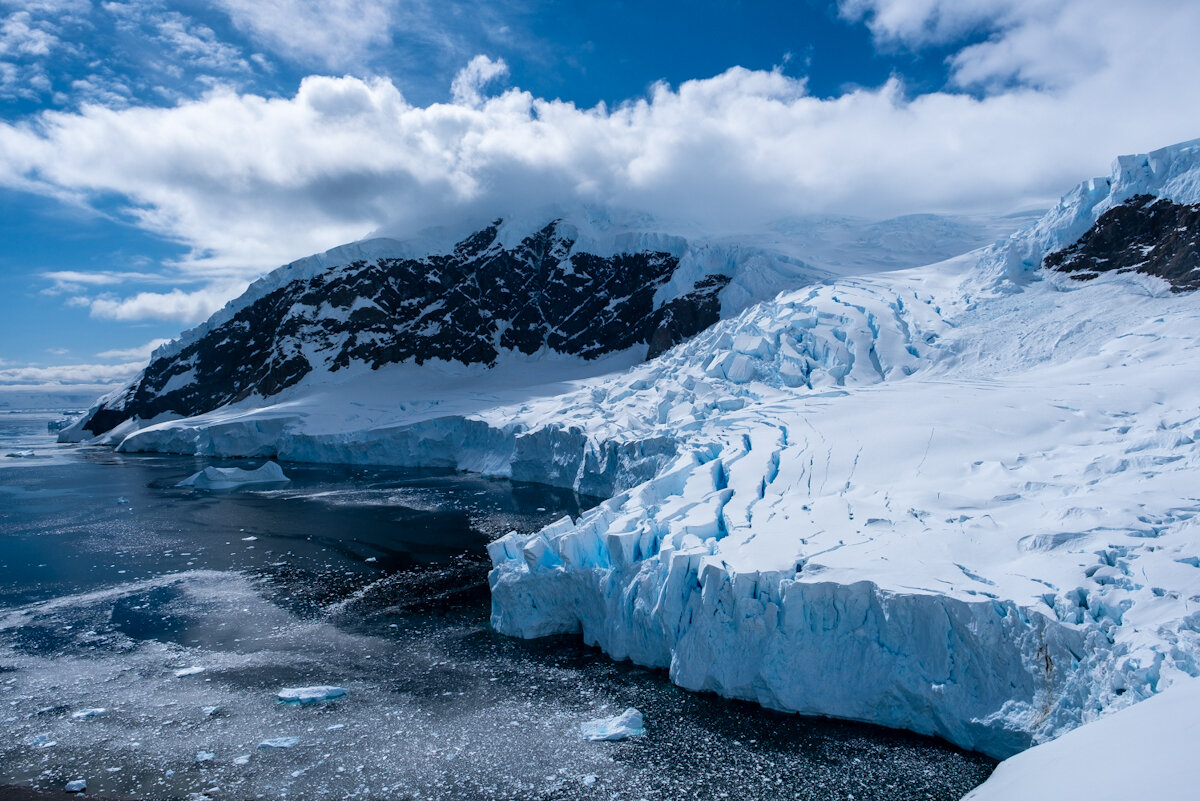
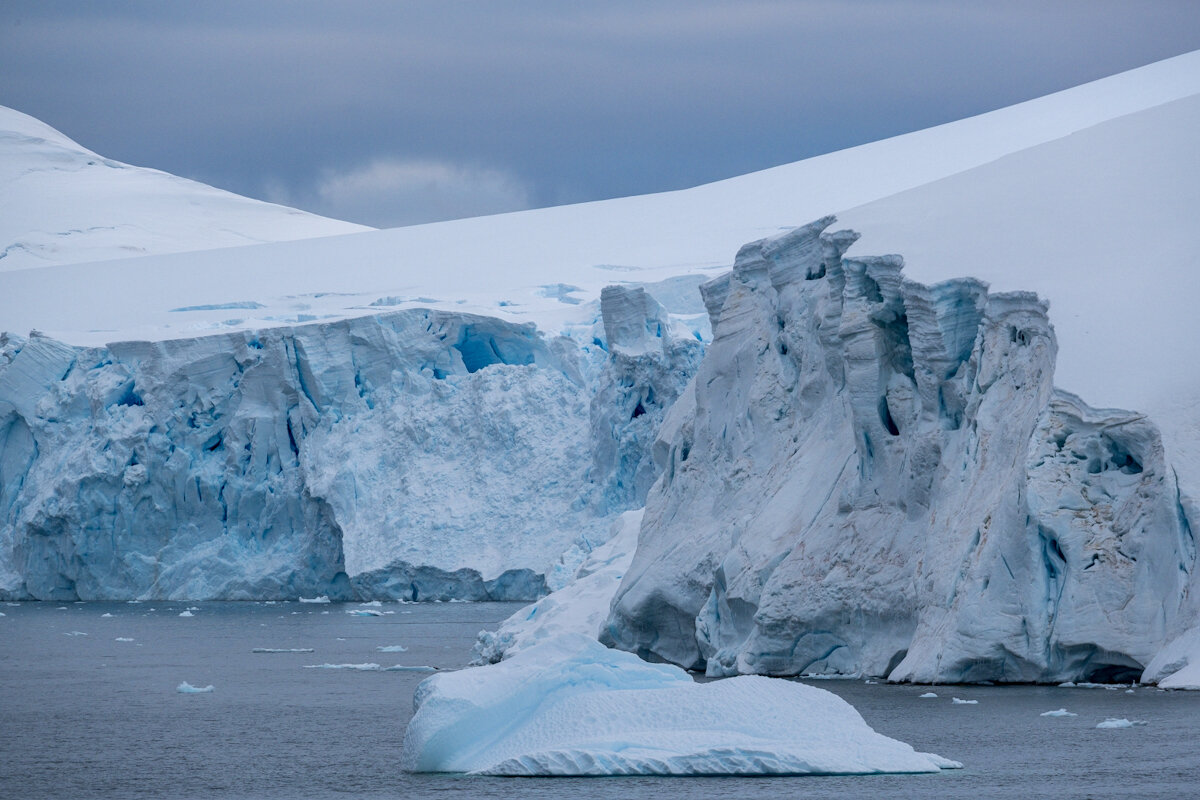
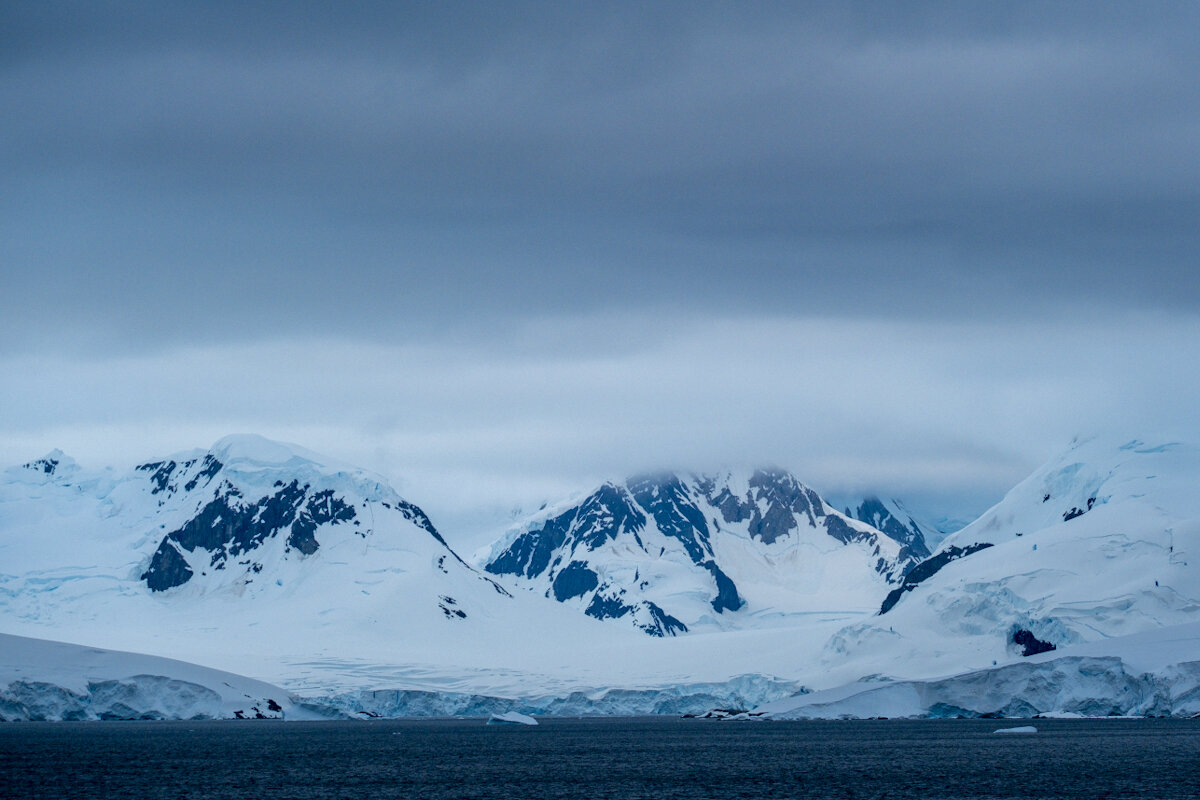

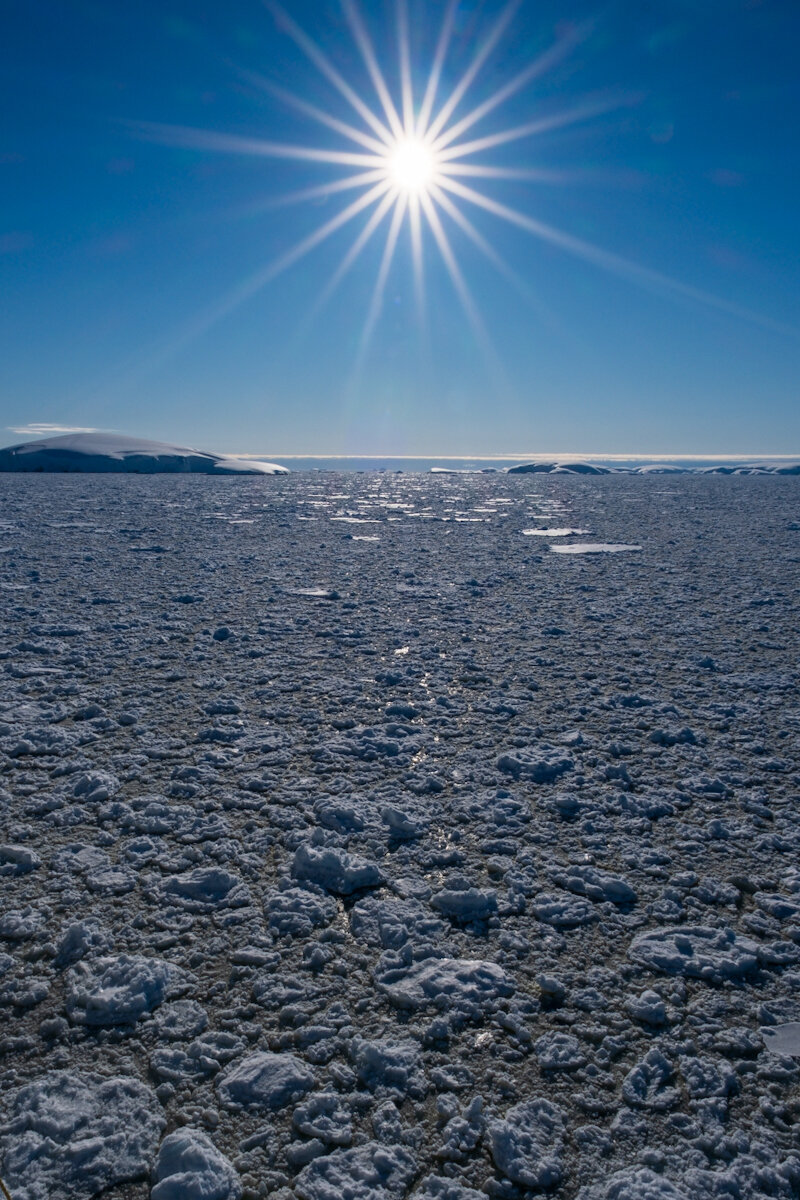
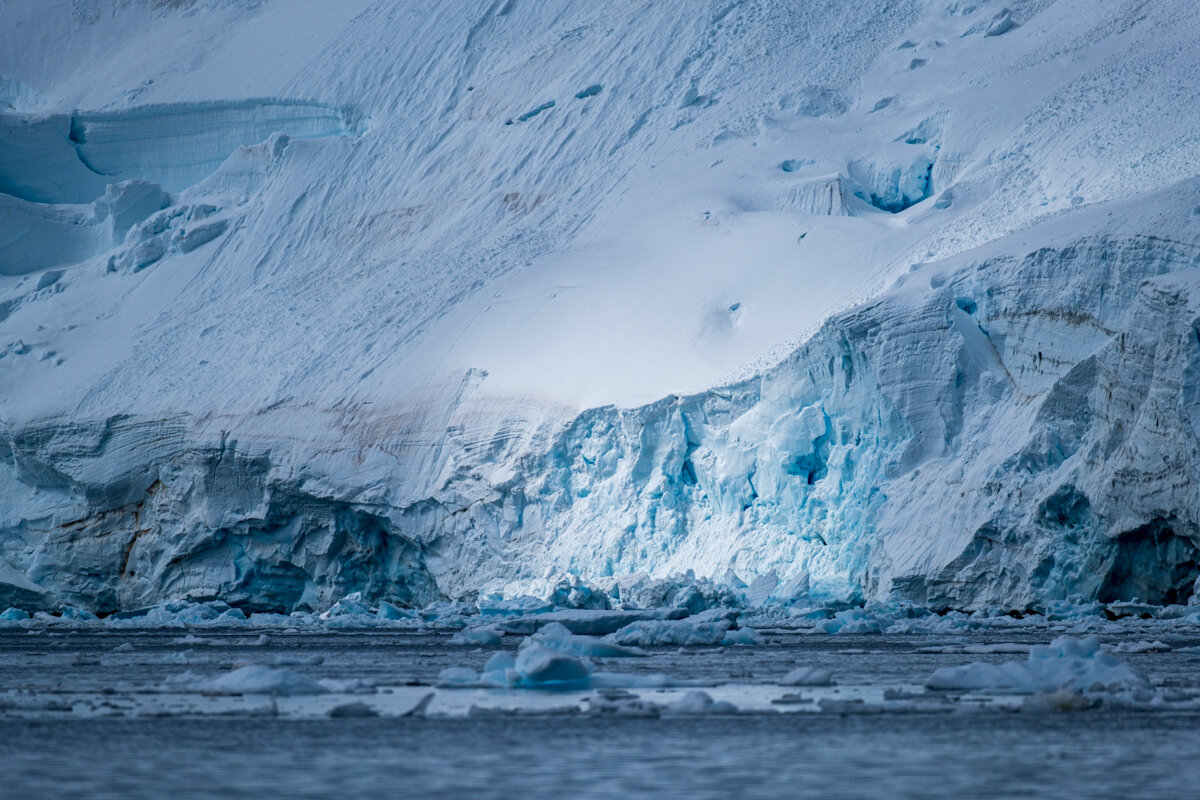
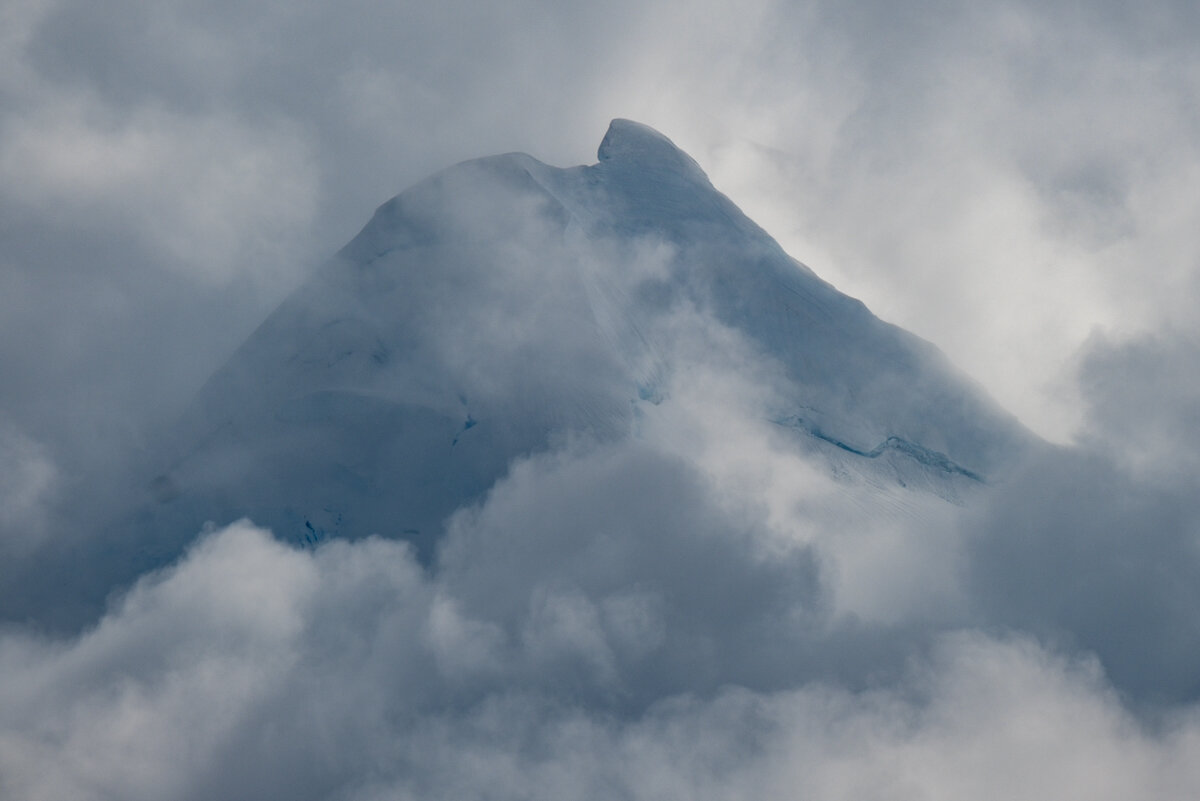
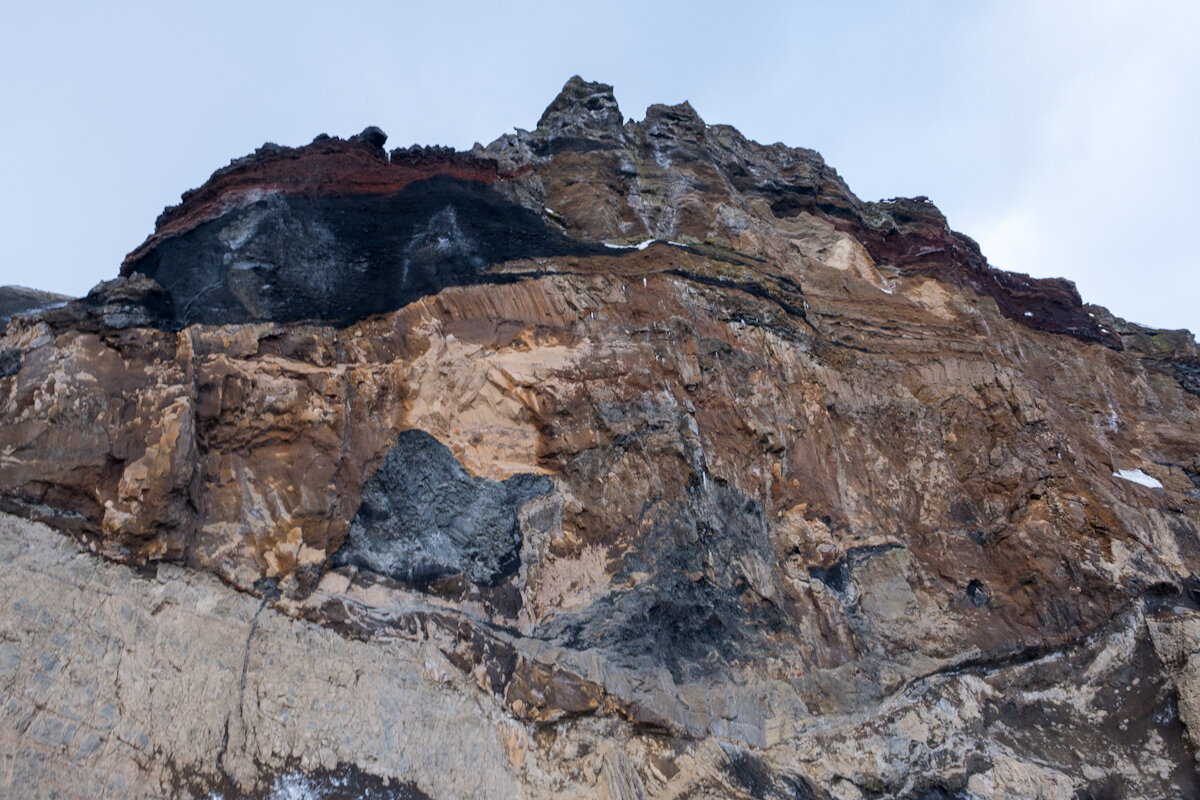
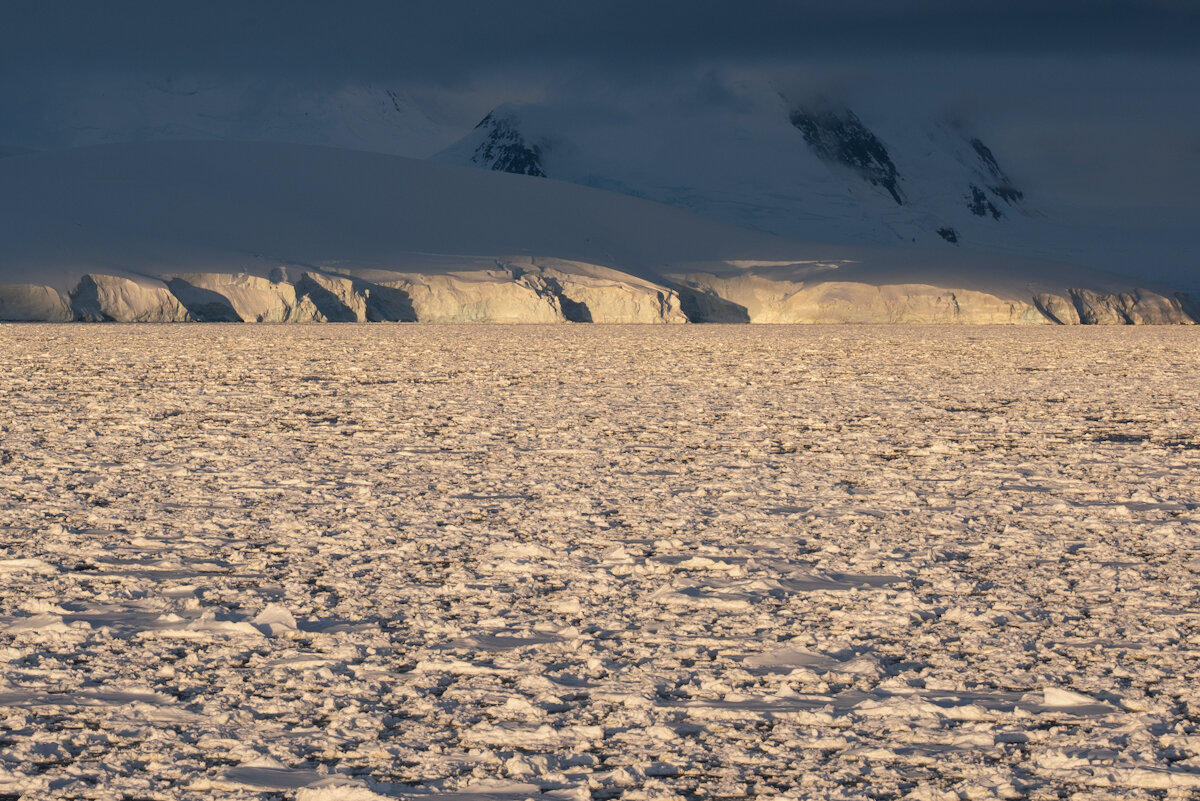
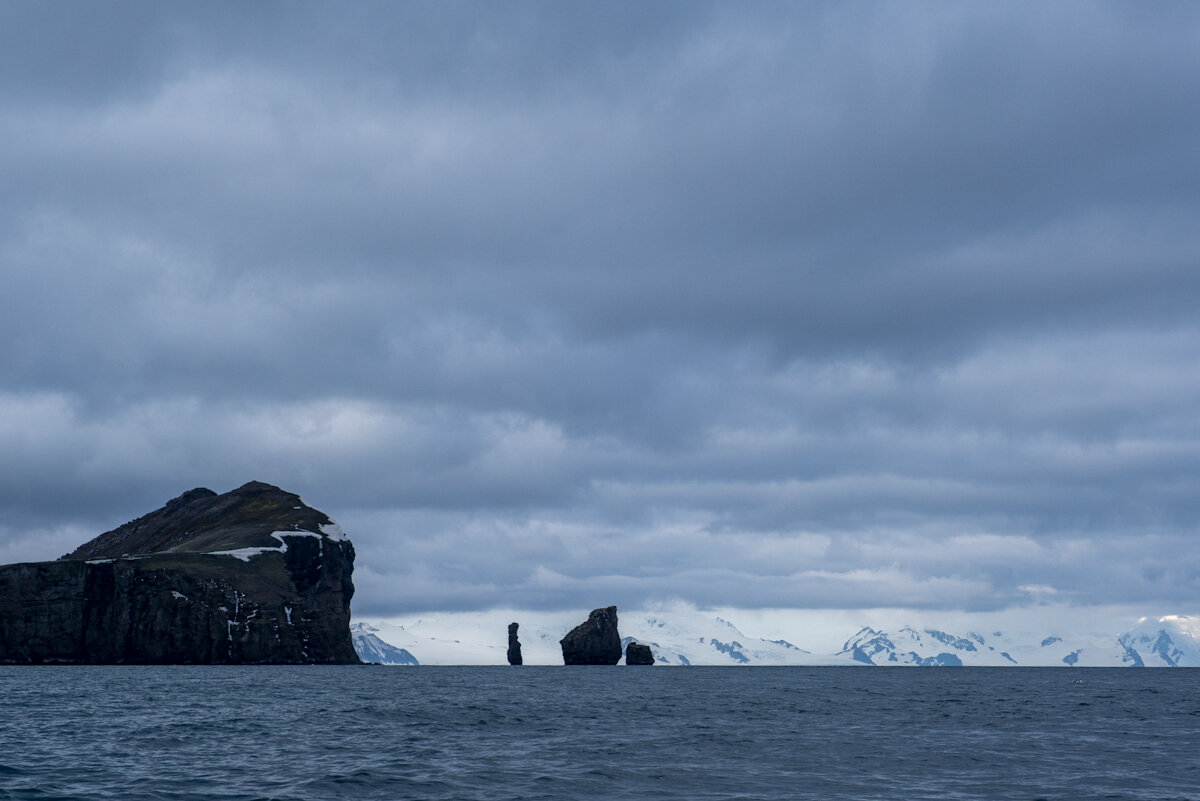
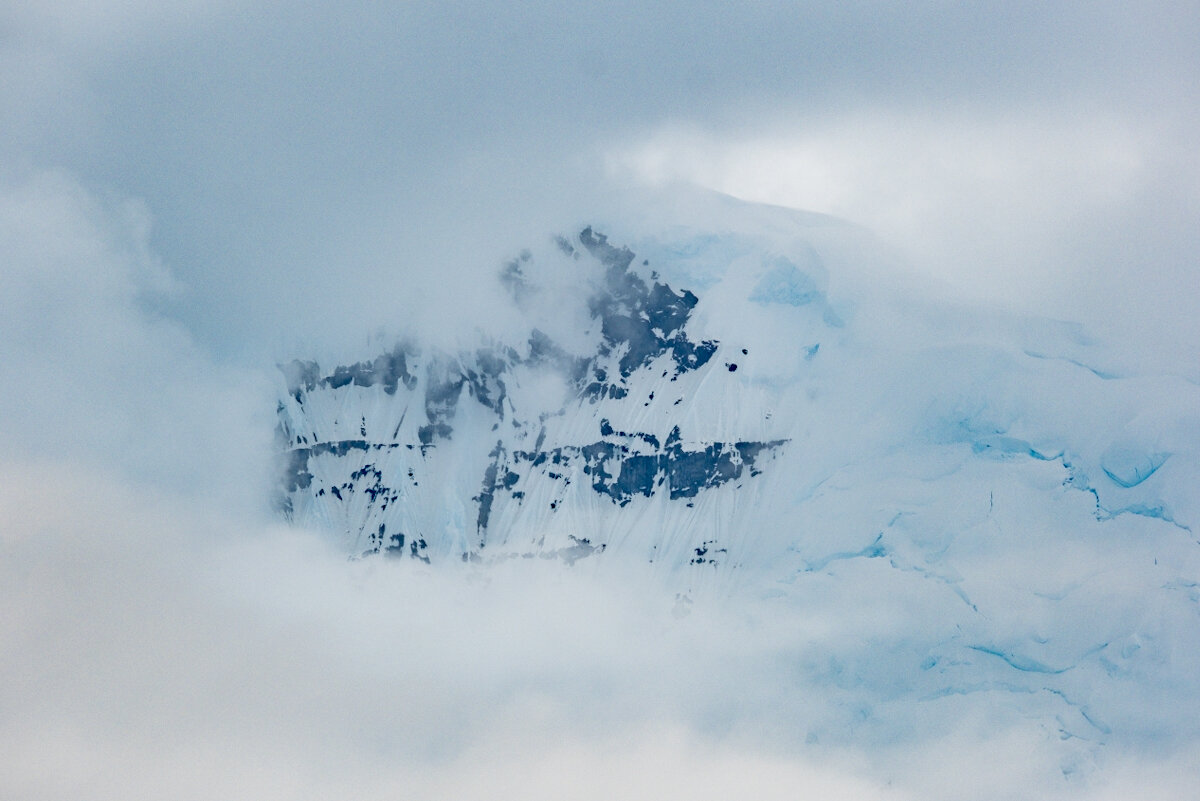
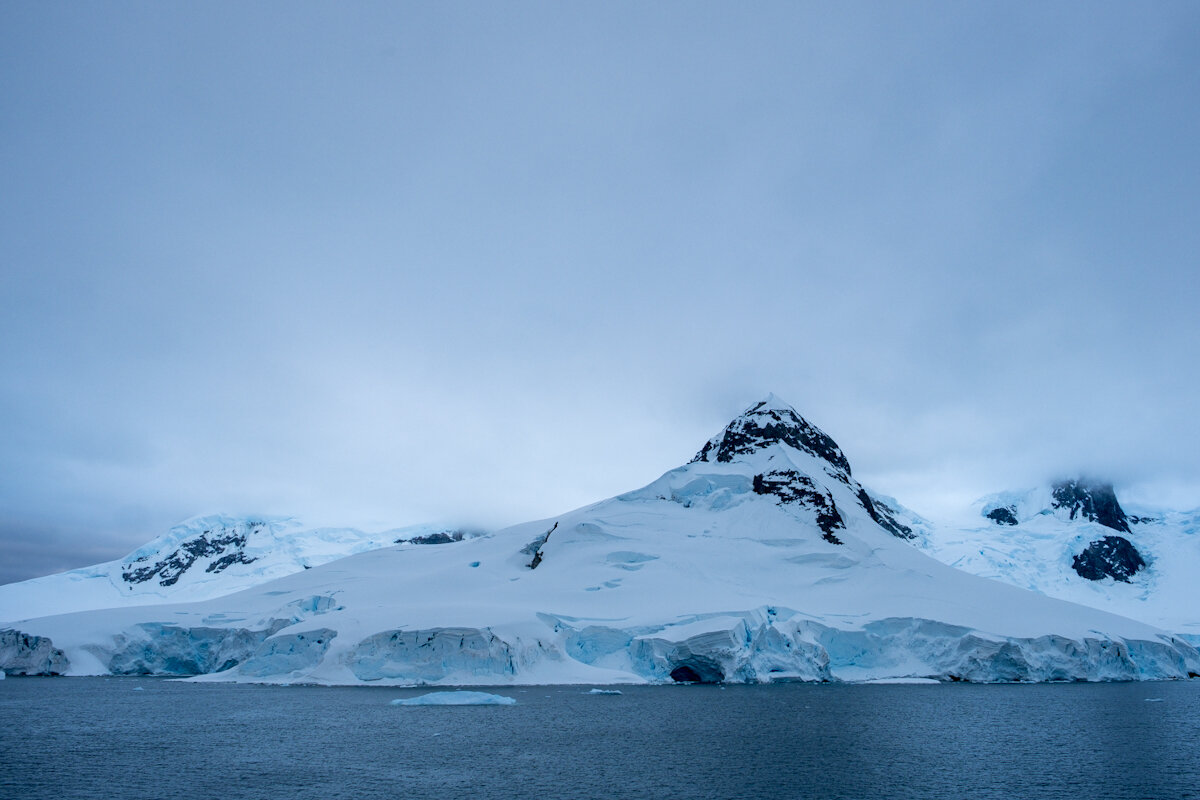
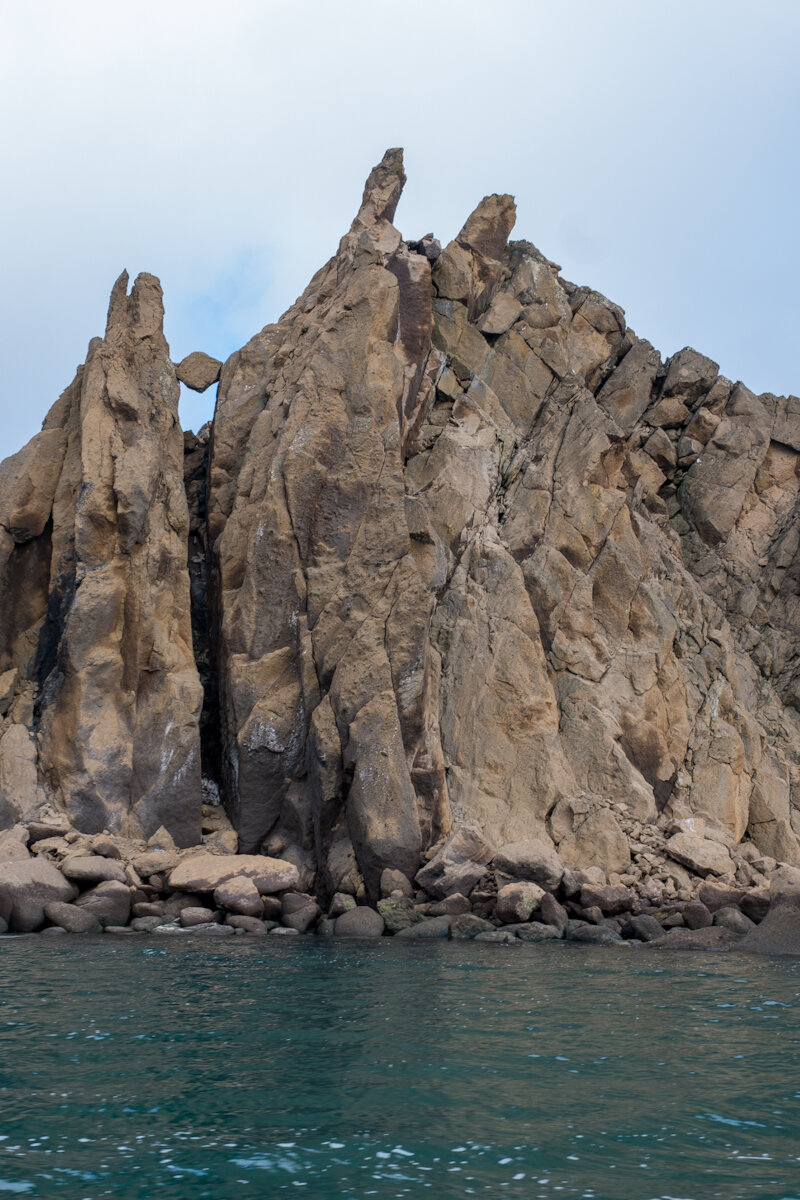
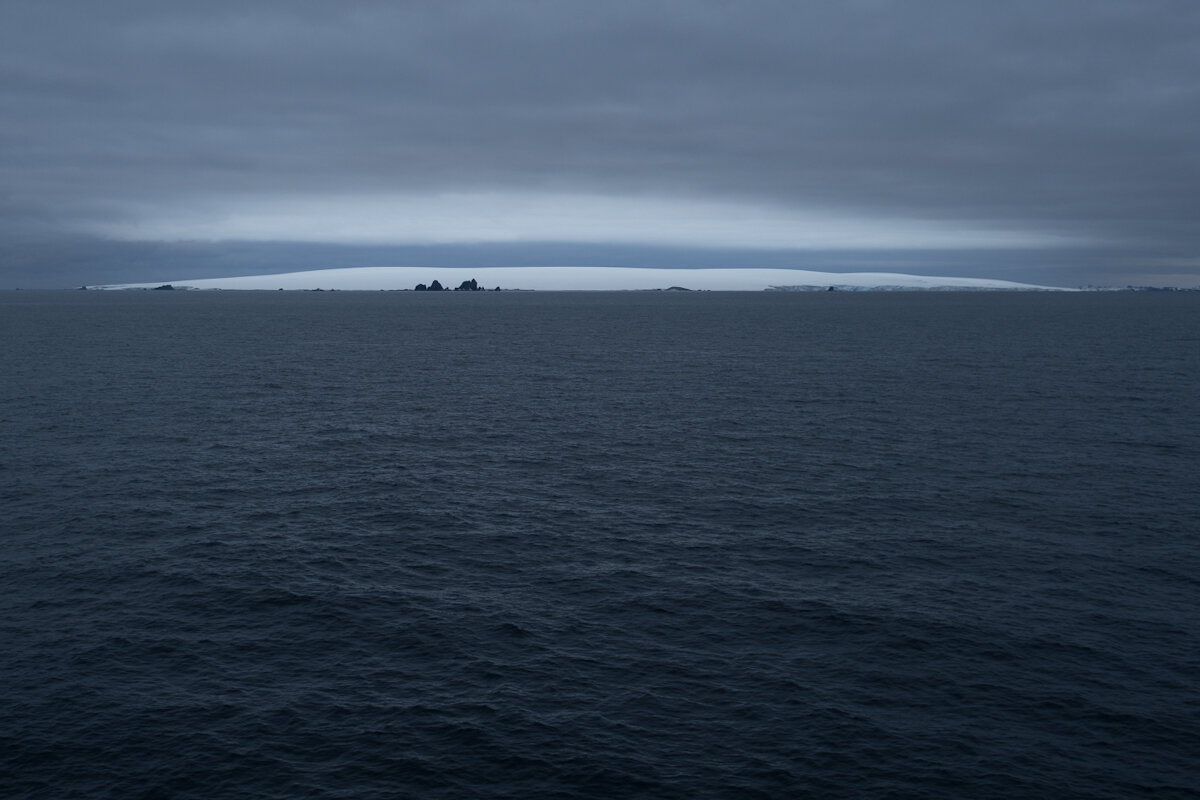
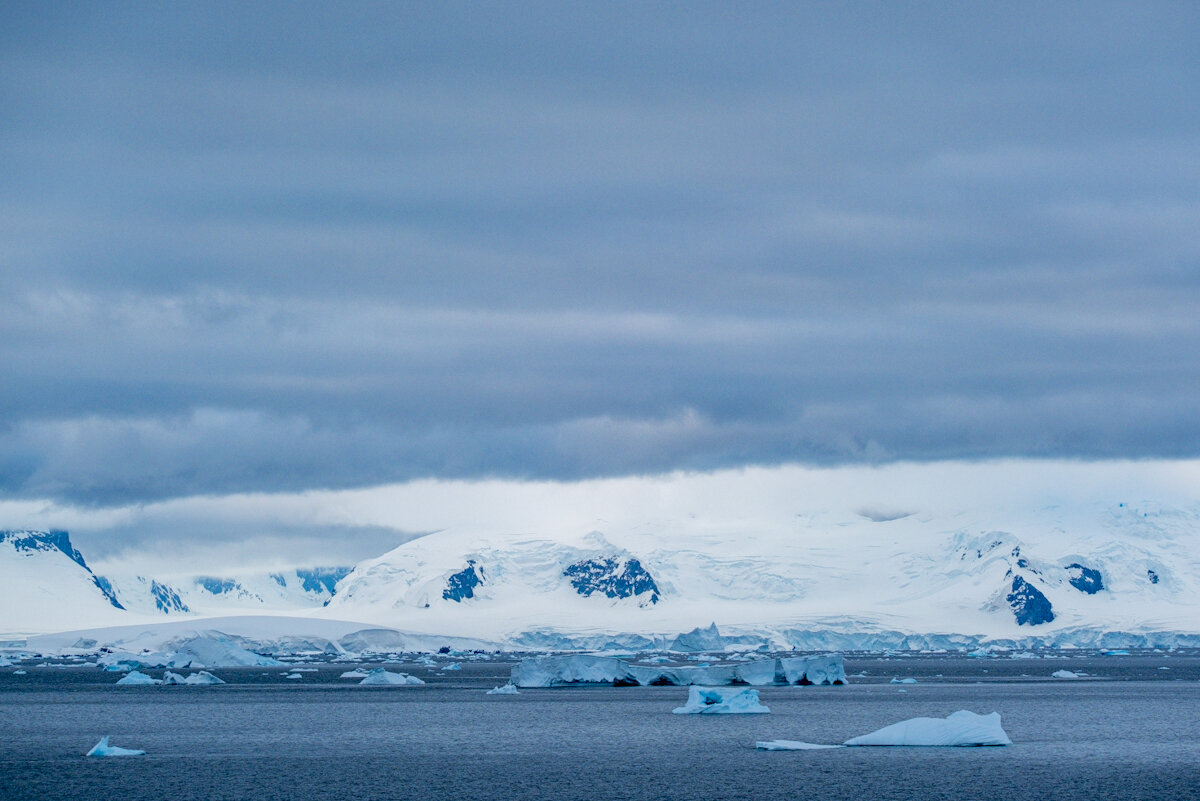
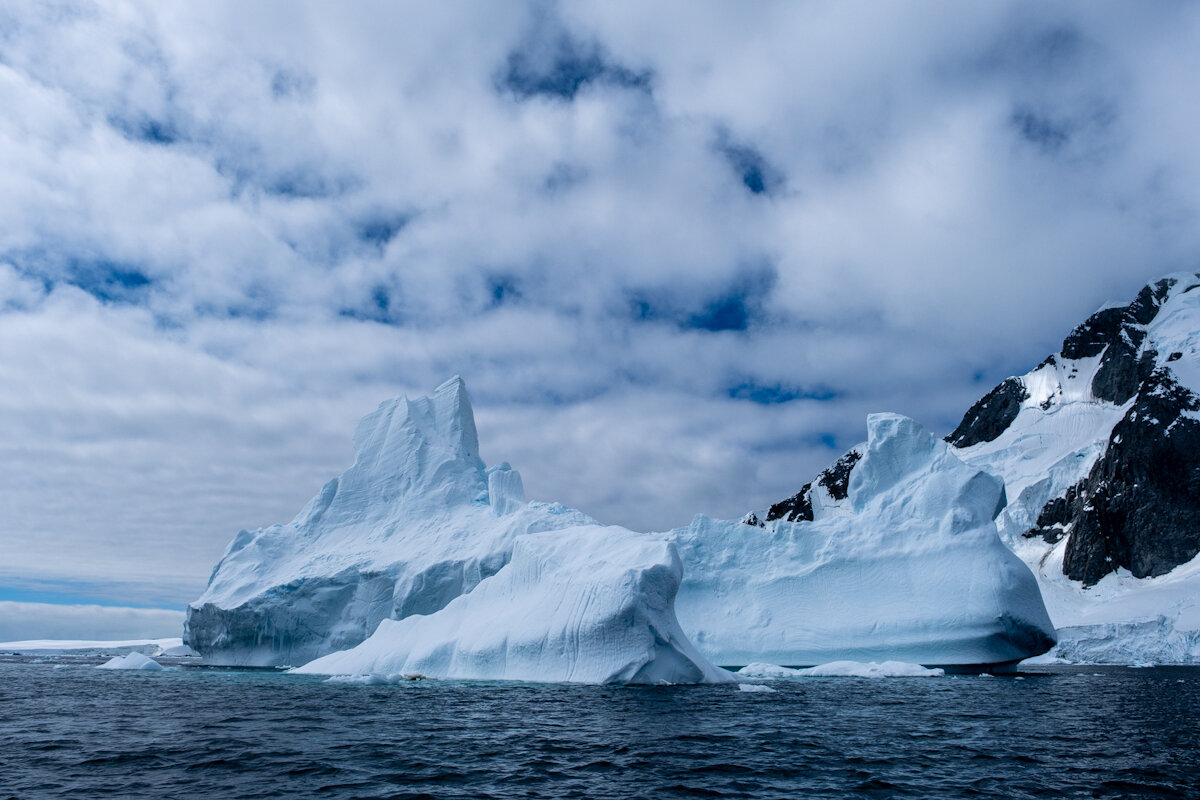
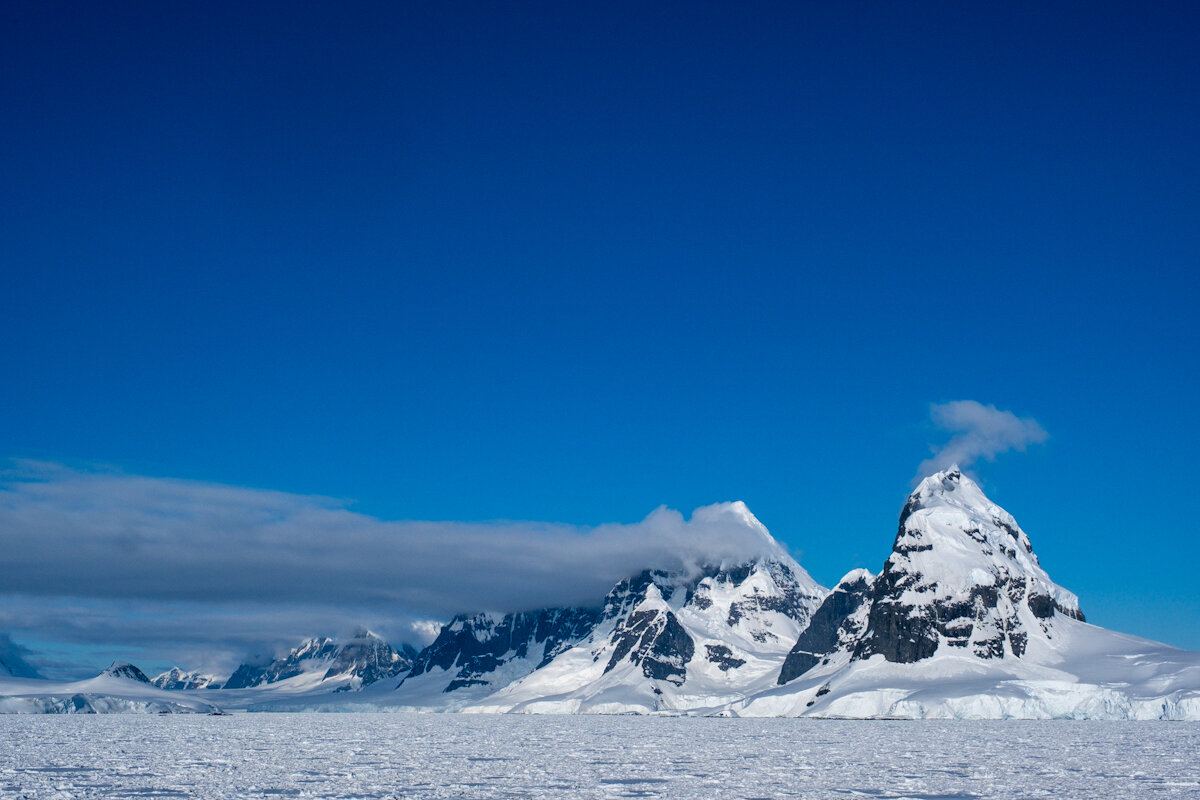
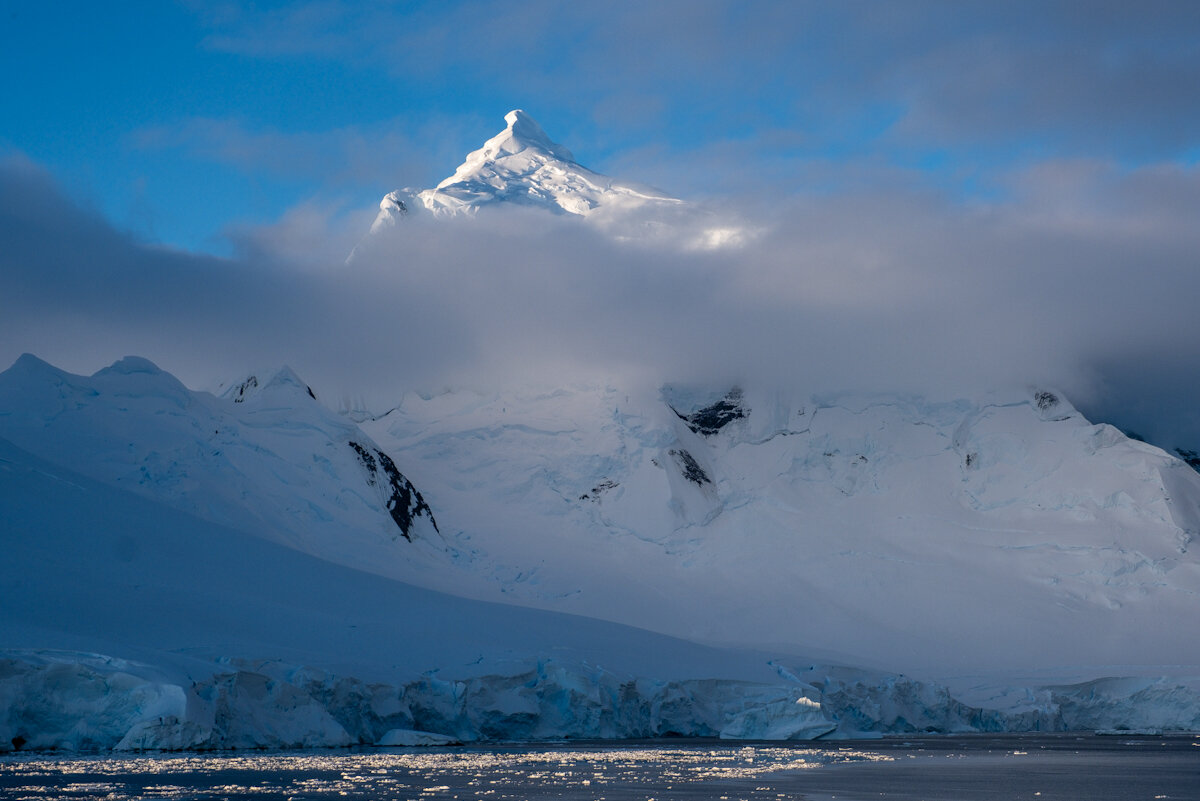
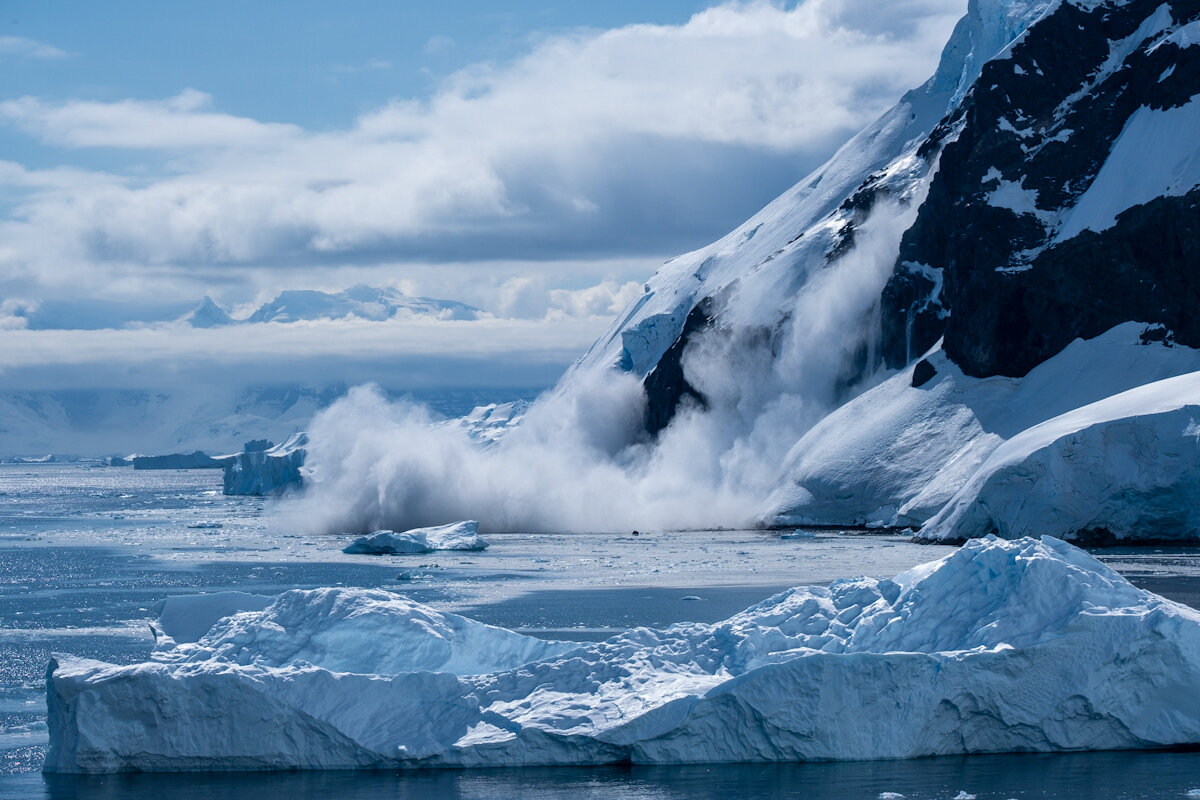
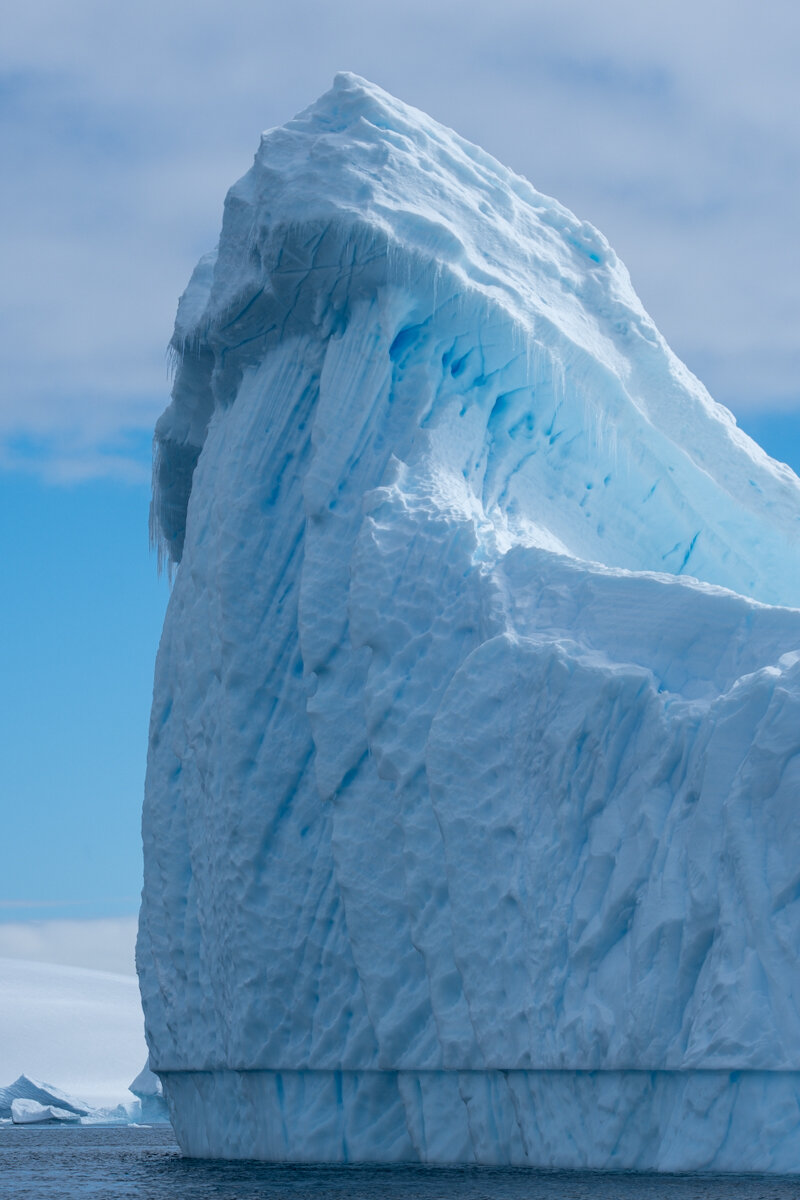
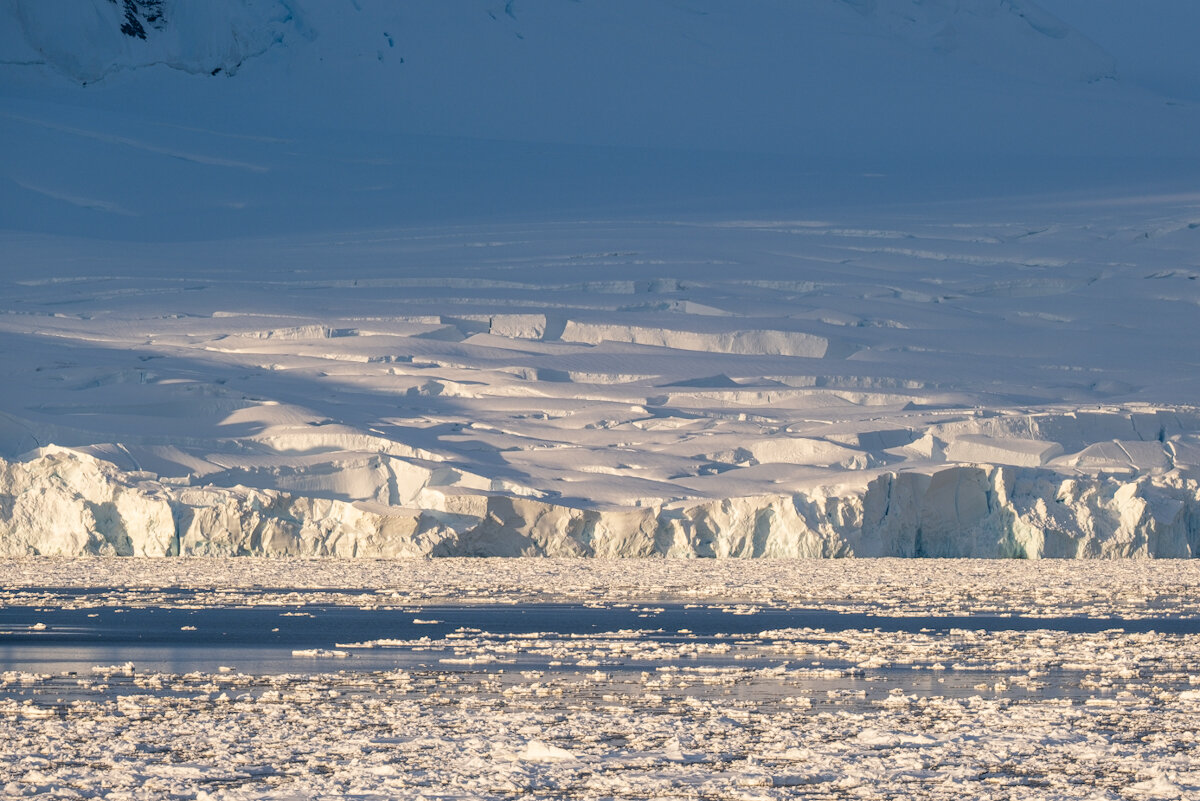
Ships, Buildings, People and Yellow Parkas
Undoubtedly one of the best things about our trip was the quality if the guides. Many were academics and all were professional and knowledgeable. Another good thing is that our ship was quite small, with only 200 passengers. That meant that everyone got ashore or on a Zodiac cruise twice a day. (The Antarctic Treaty prohibits larger cruise ships from landing passengers). The ship also had an open bridge policy so we could go hang out with the captain and senior expedition staff any time. Was awesome watching senior officers and helmsman navigate through loose pack ice. Serious concentration for hours on end, dead slow with minute course changes almost every few seconds.
We were kitted out with yellow parkas and neoprene boots (cleaned meticulously after each trip ashore to prevent any kind of artificial transfer of organic material). And so we got to walk on what is surely the most mysterious, remote, romantic and heroic of continents. Heroic because literature still refers to the 'heroic era of Antarctic eploration'. The age of Amundsen, Shackleton and Scott. By way of preparation, many of the passengers, ourselves included, had read Alfred Lansing's 'Endurance', the acclaimed account of Shackleton's 1914-17 expedition. I finished it during our two day crossing of the Drake Passage (in 'moderate' 4-6 metre swell and 20-25 knot winds - the only time I have ever been seasick). Going to Antarctica invokes a kind of reverence both for nature and human spirit that I am not sure can be experienced anywhere else (with the possible exception of space - although it has been noted that in an emergency it is easier to get back from the international space station than it is from the South Pole in mid winter).
There is also a shameful side to human experience in Antarctica. Hunting of various whale and seal species to near extinction and the current shrinking of the shelf ice all around the continent due to climate change. The huge, alien looking structures abandoned on Deception Island are the legacy of final desperate attempts to squeeze every drop of profit out of hunted whales, seals and penguins in industrial numbers. Current populations, although presently in recovery due to protection, will come under increasing pressure as the ice retreats and dissappears.
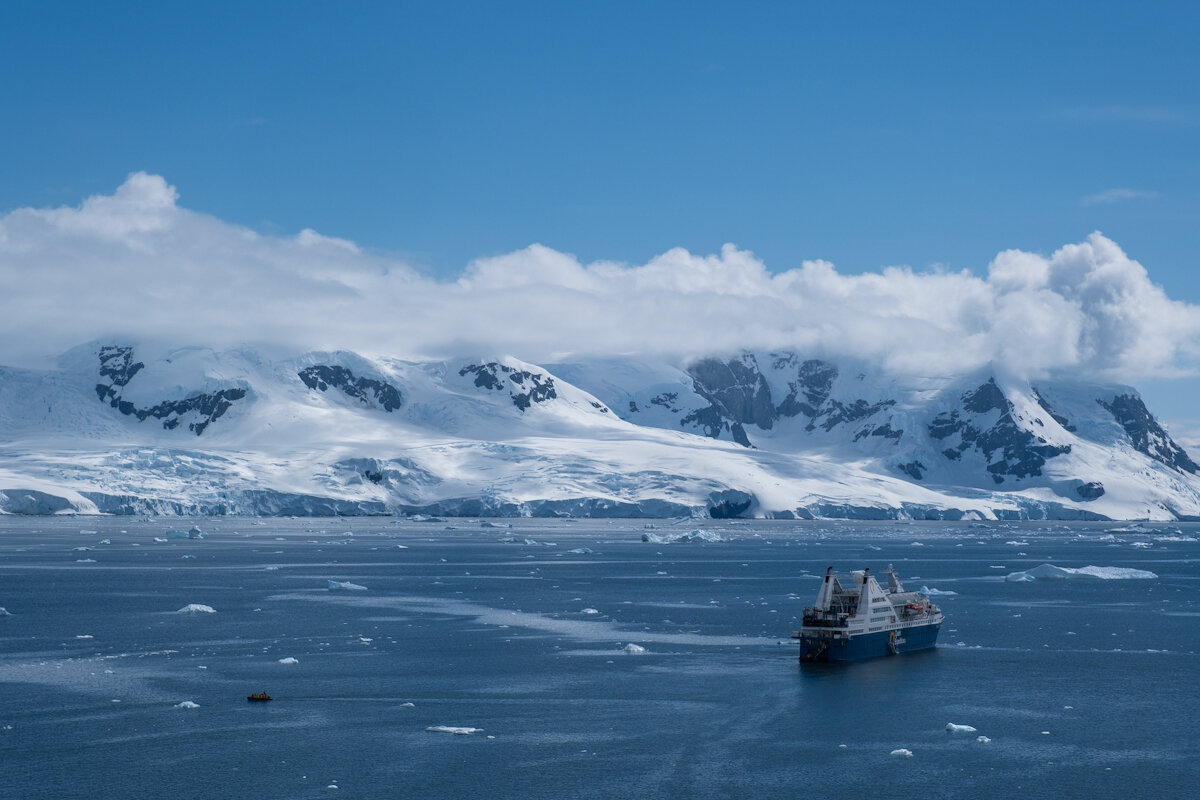
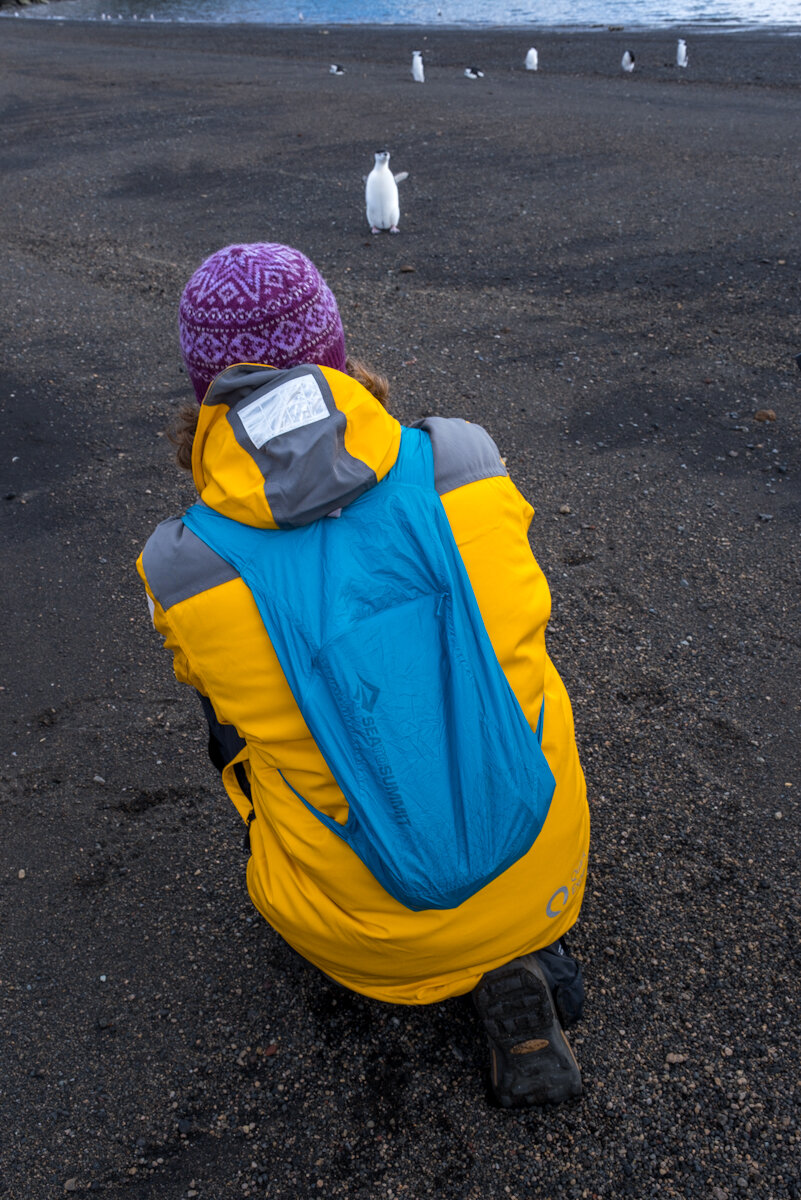
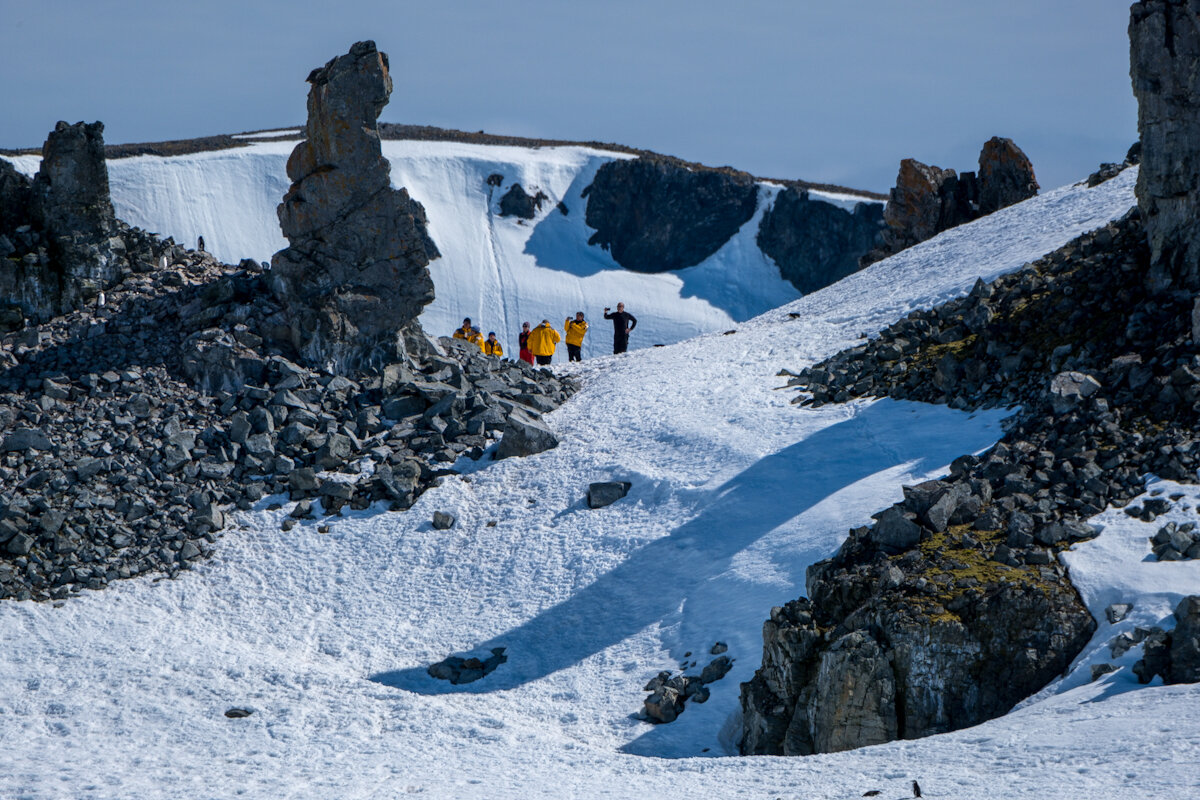
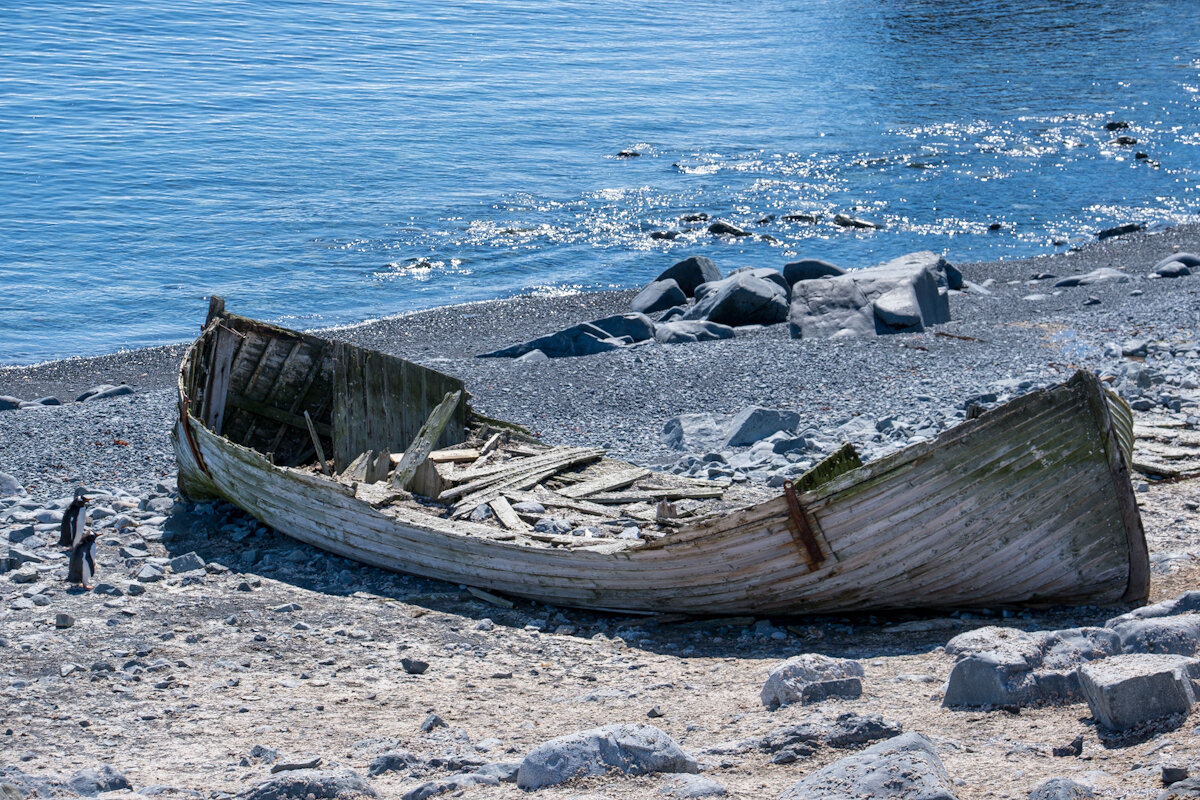
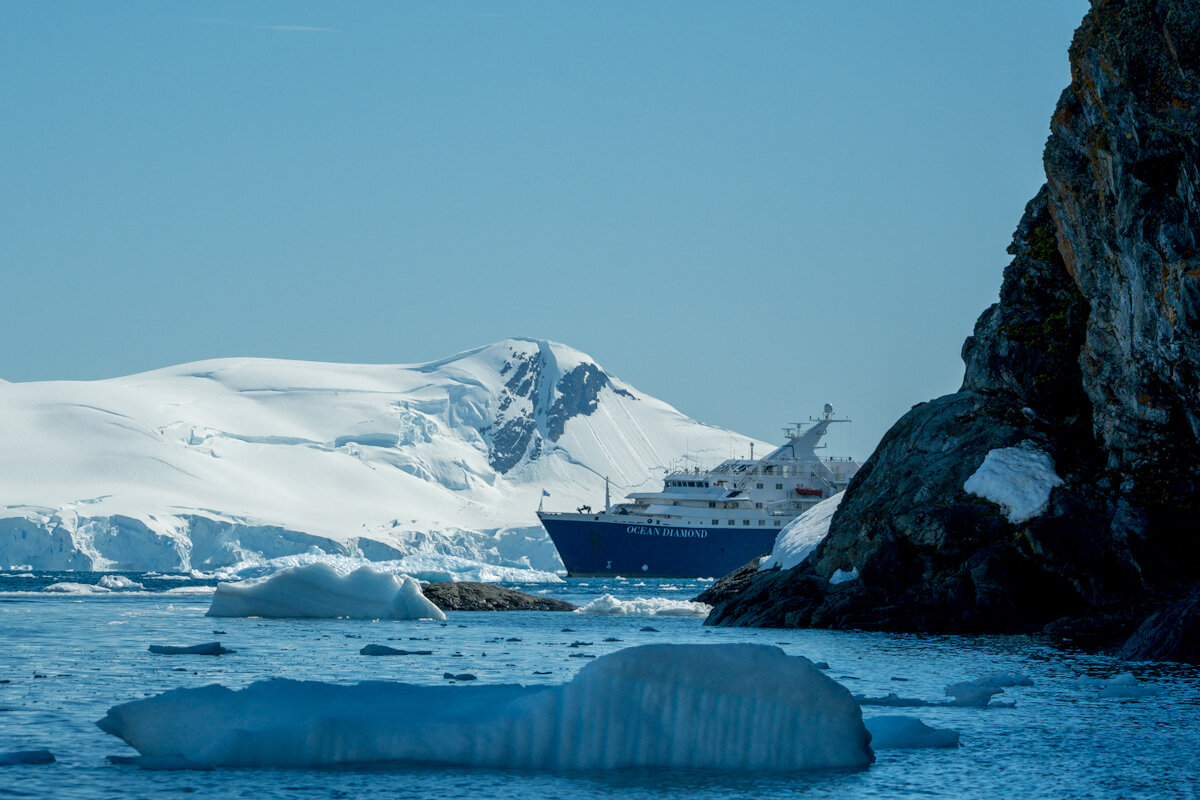
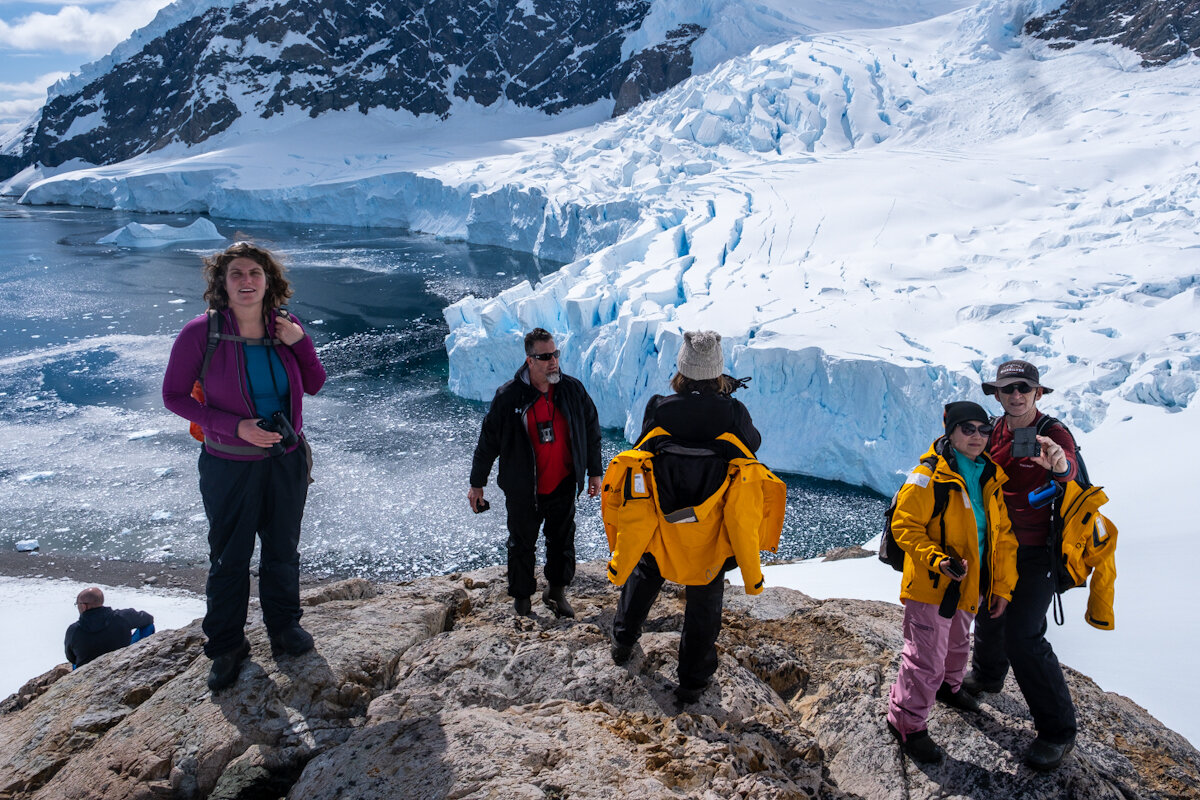
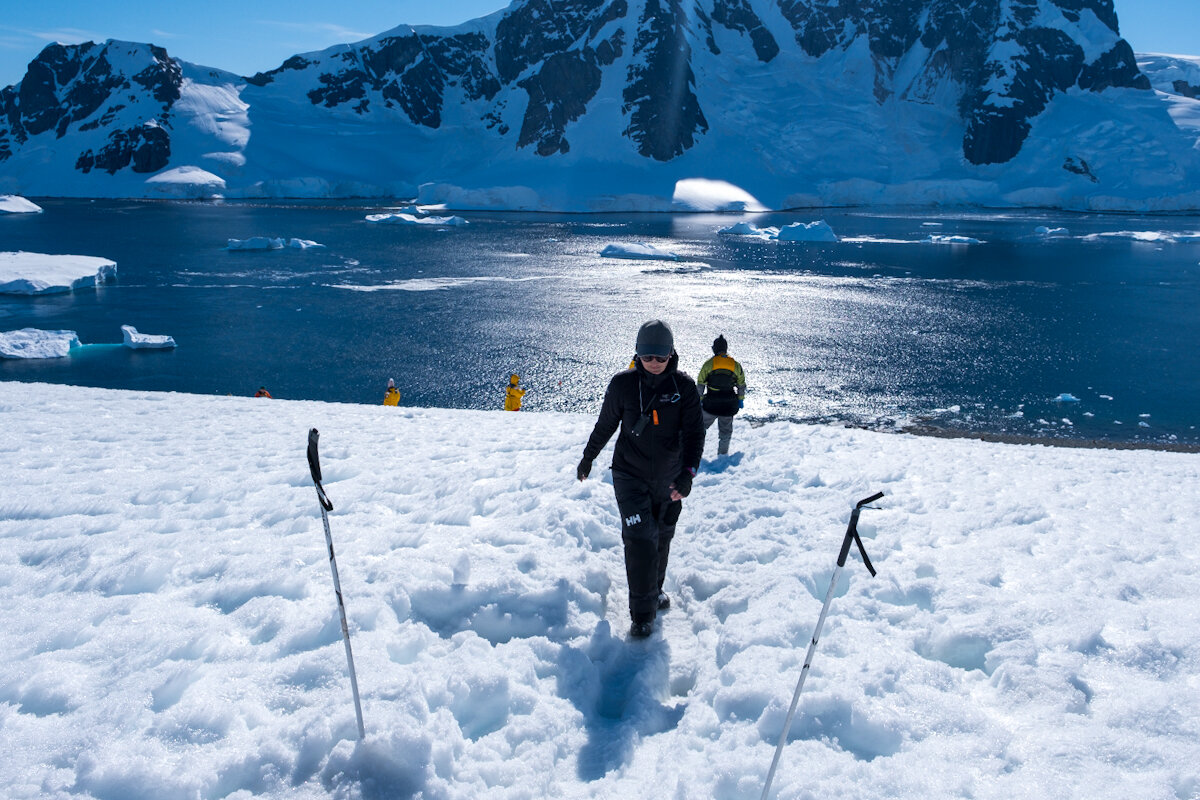
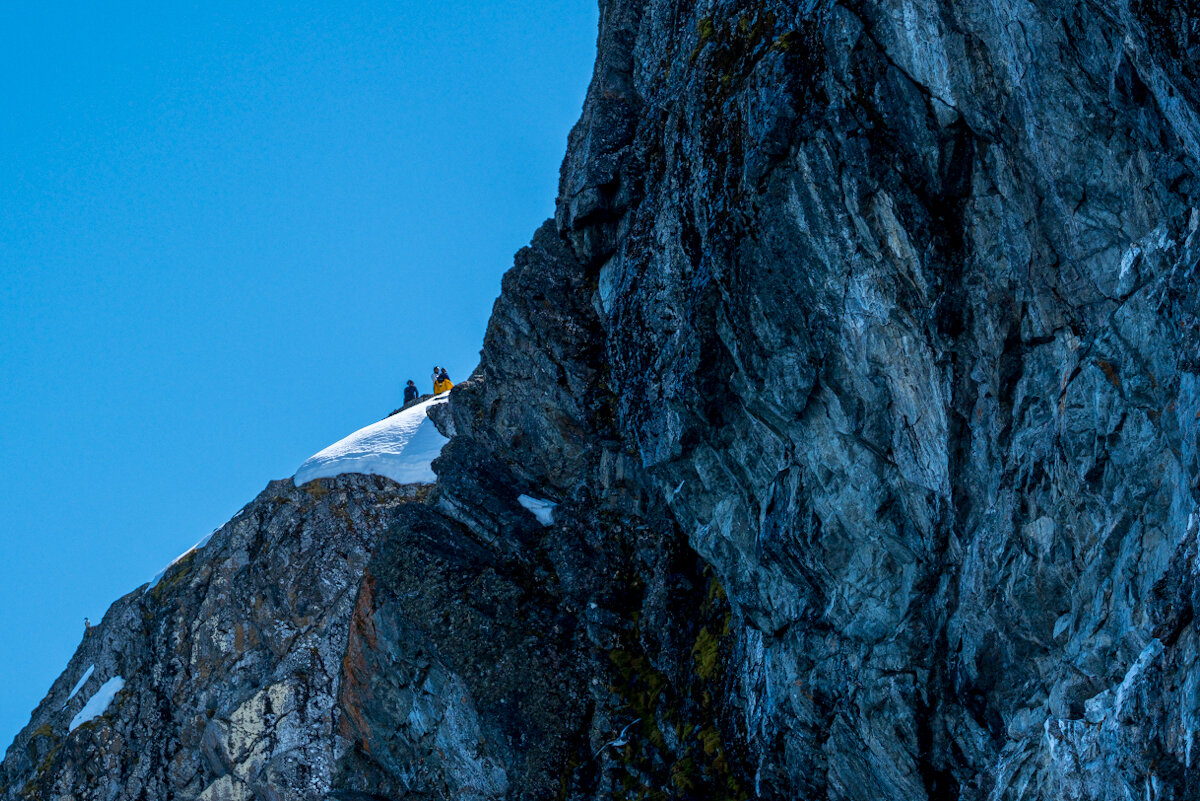
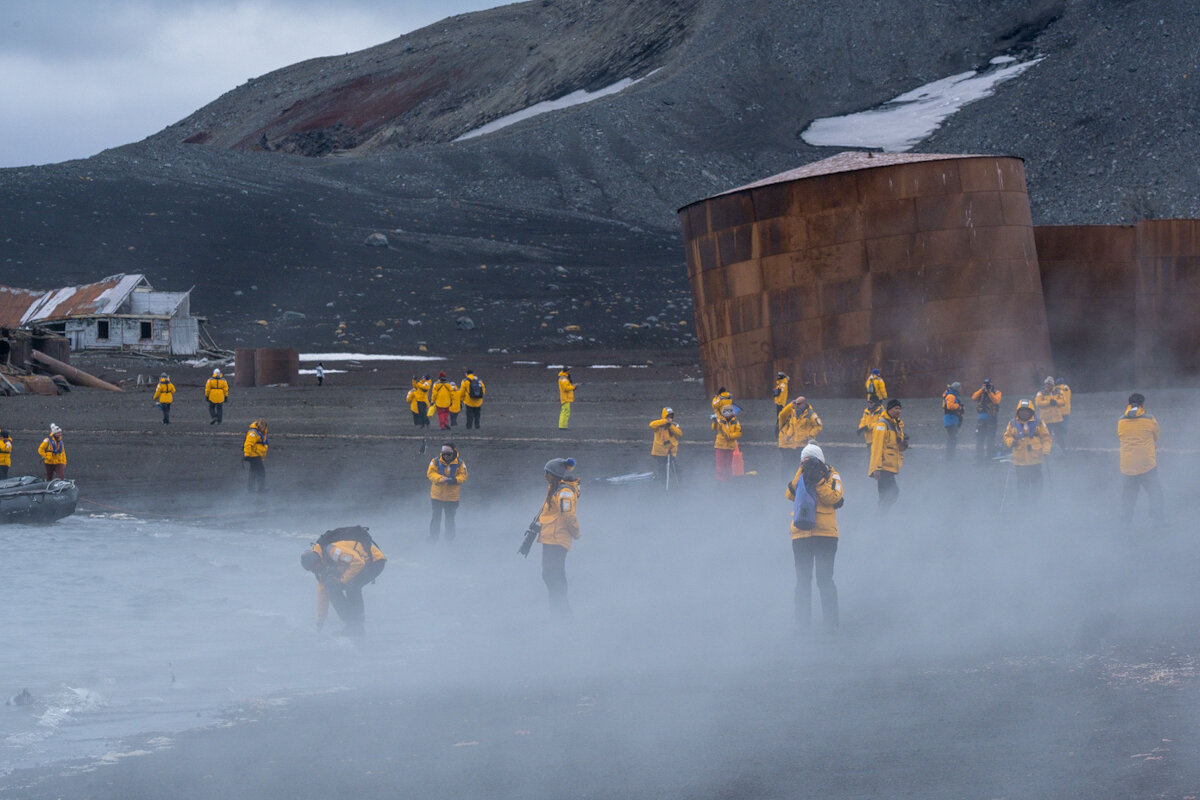
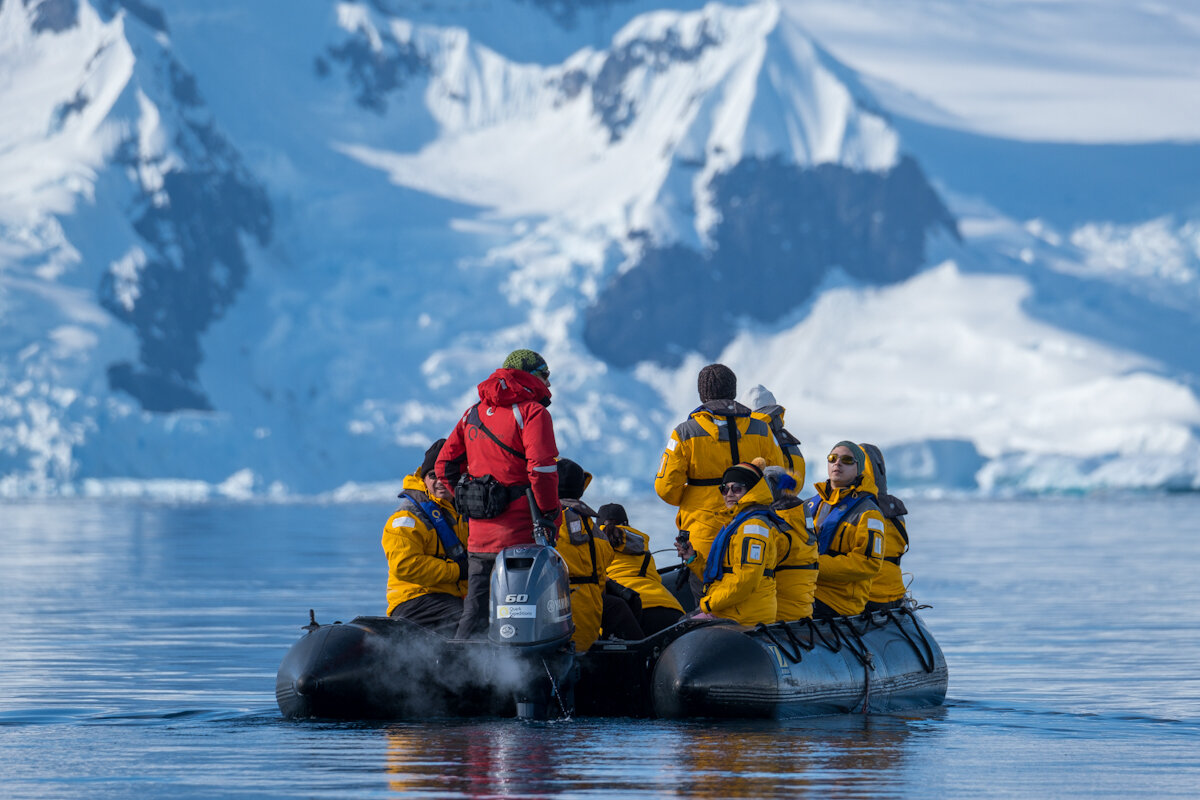
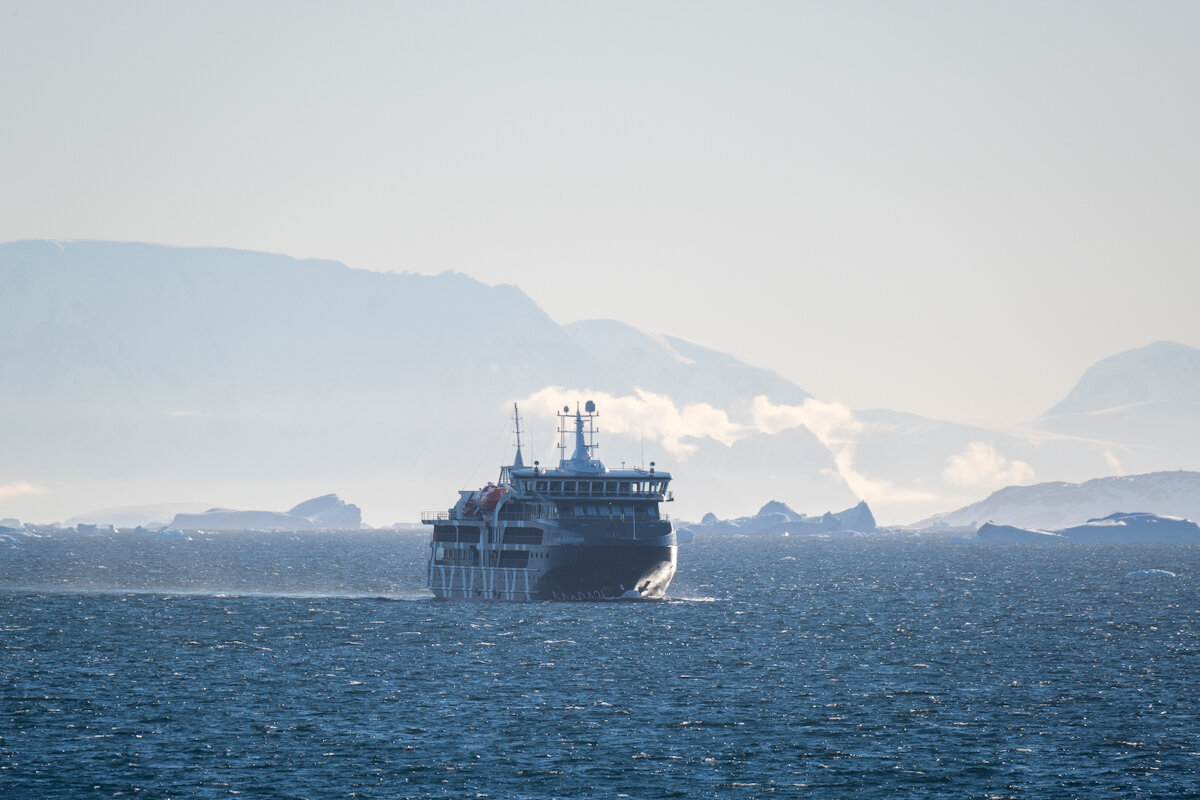
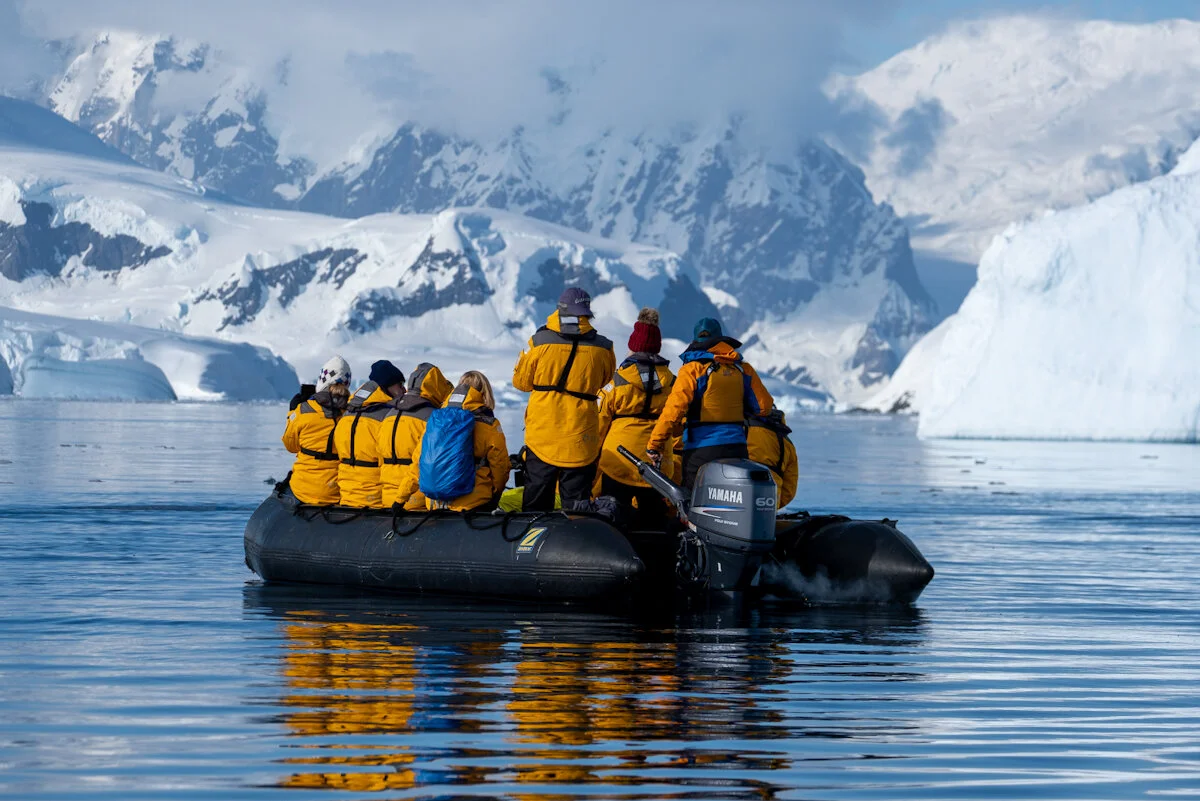
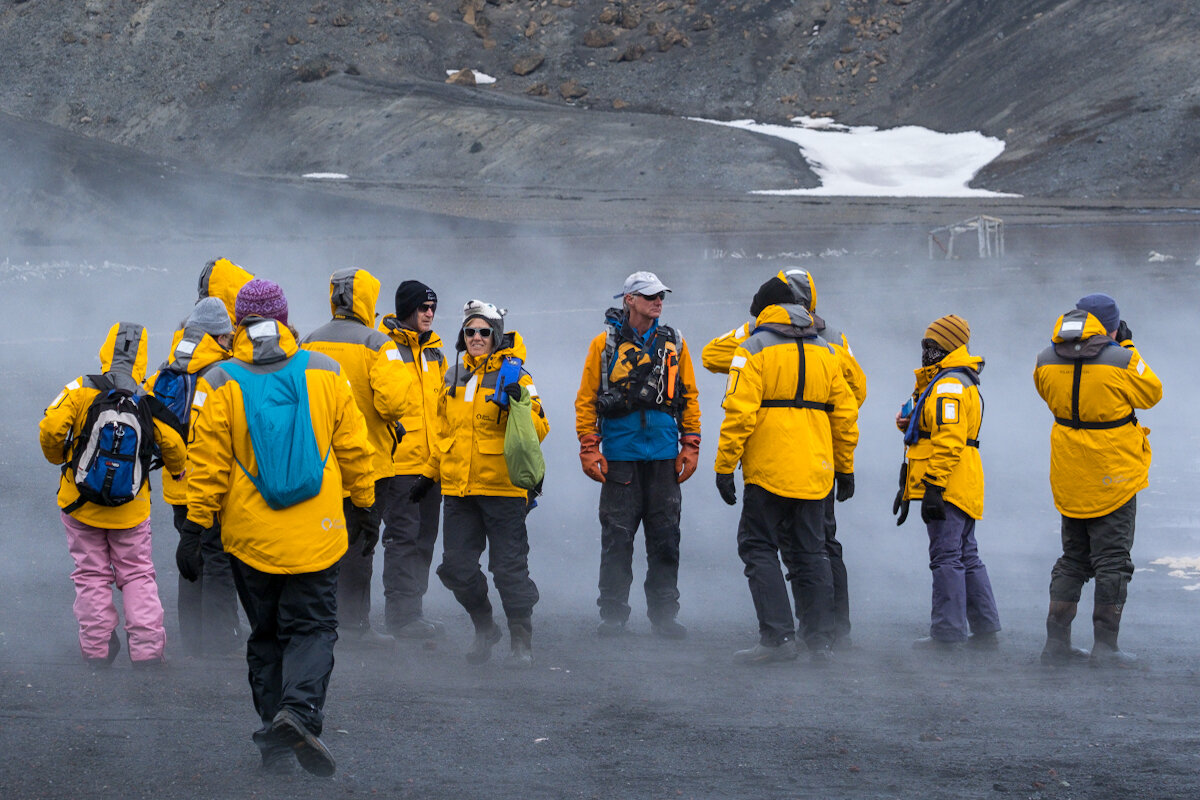
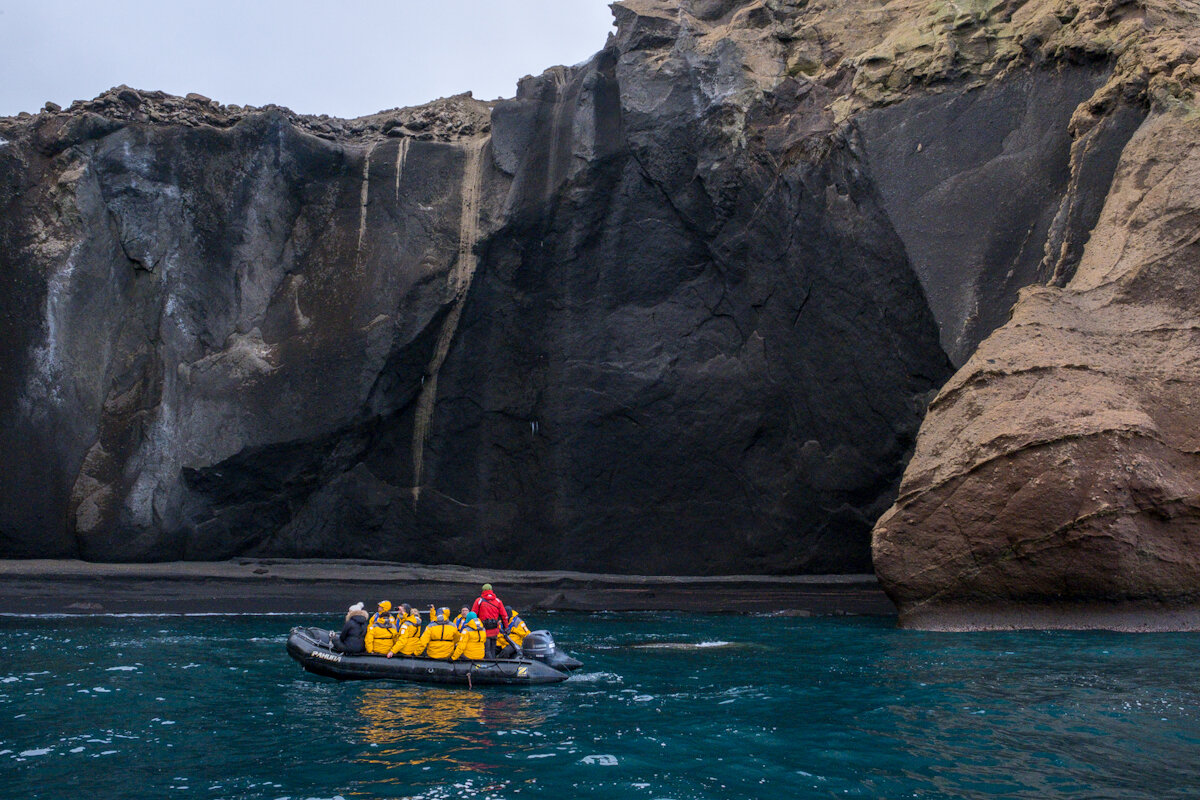
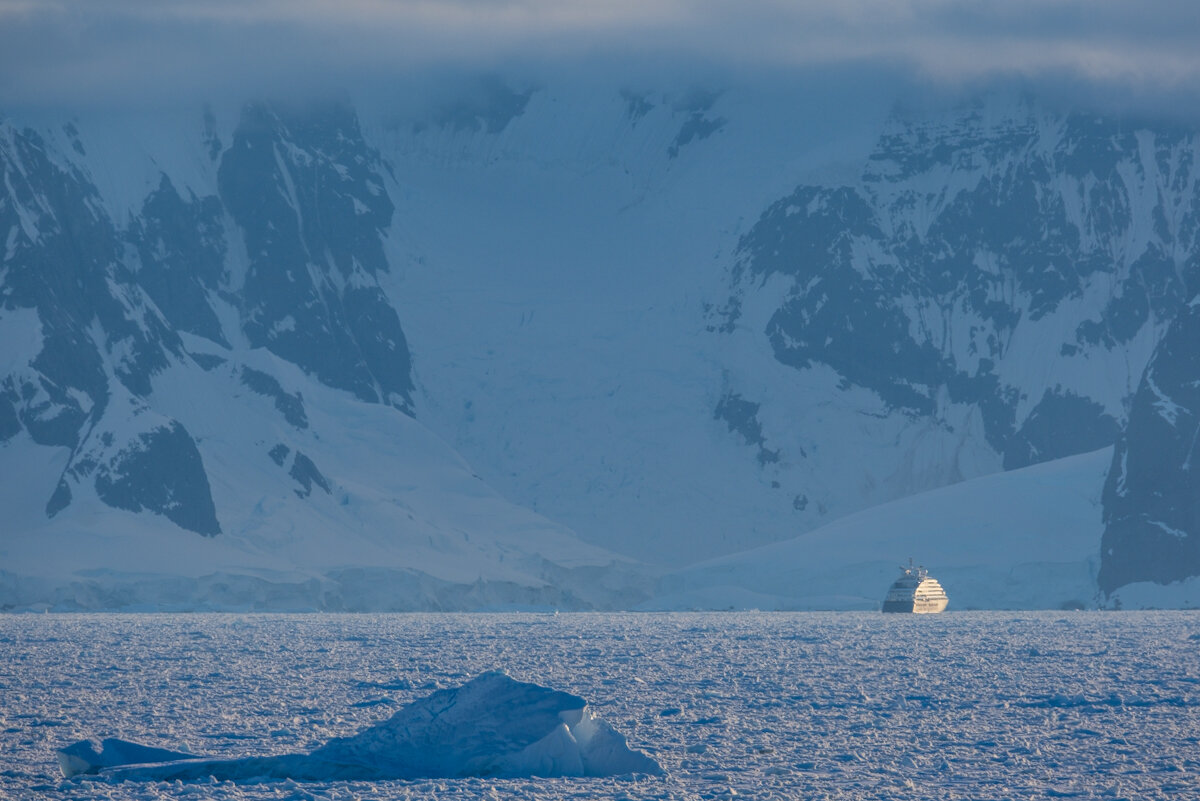
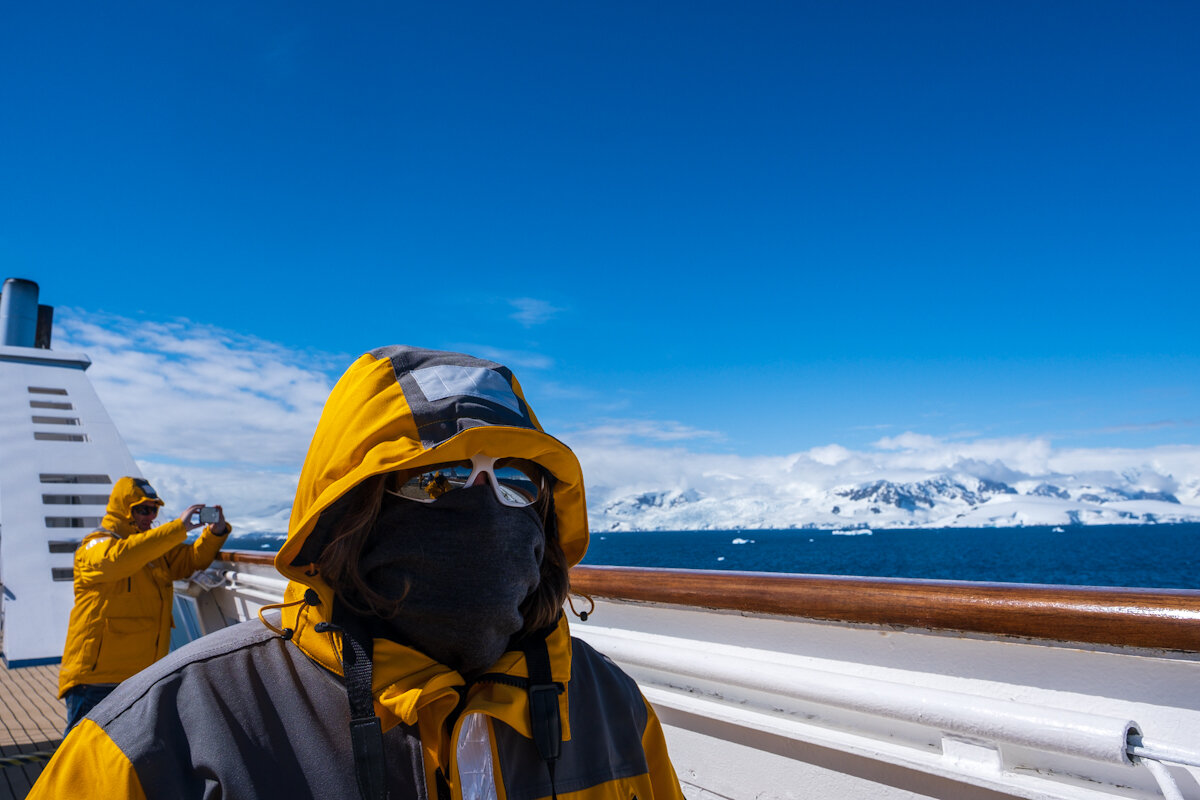

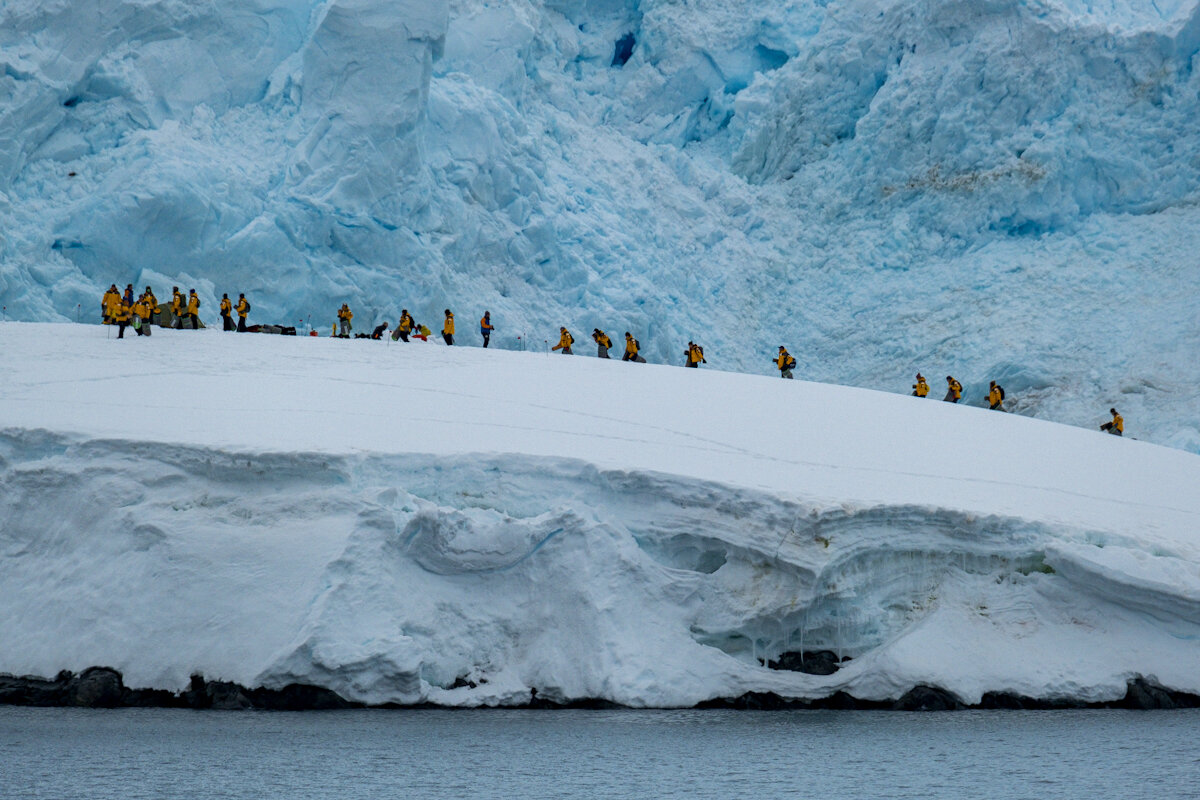
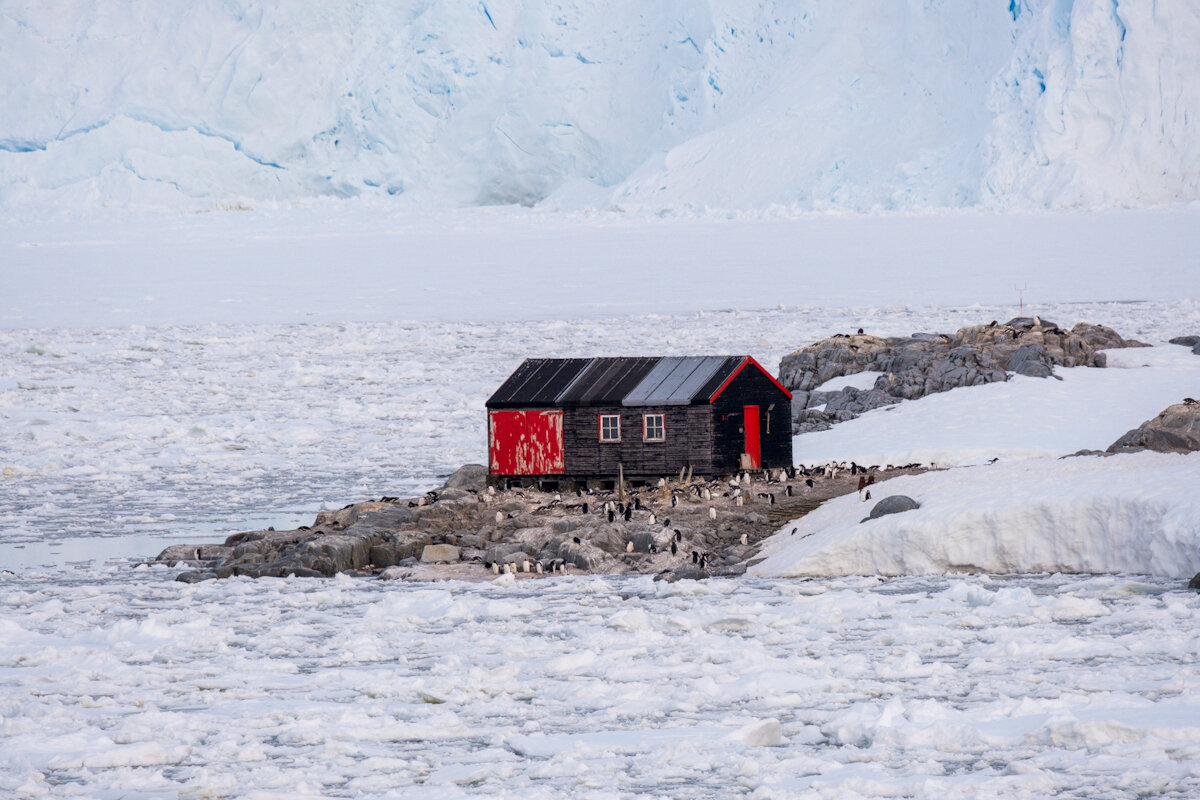

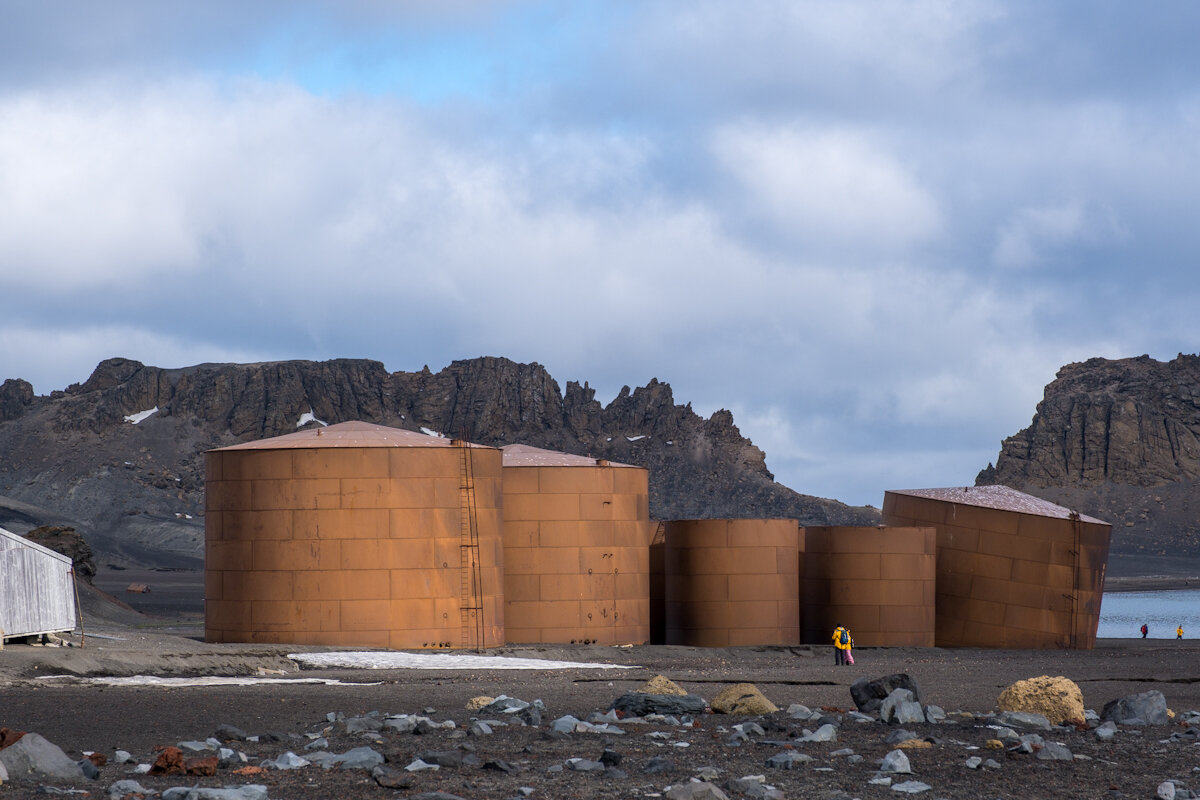
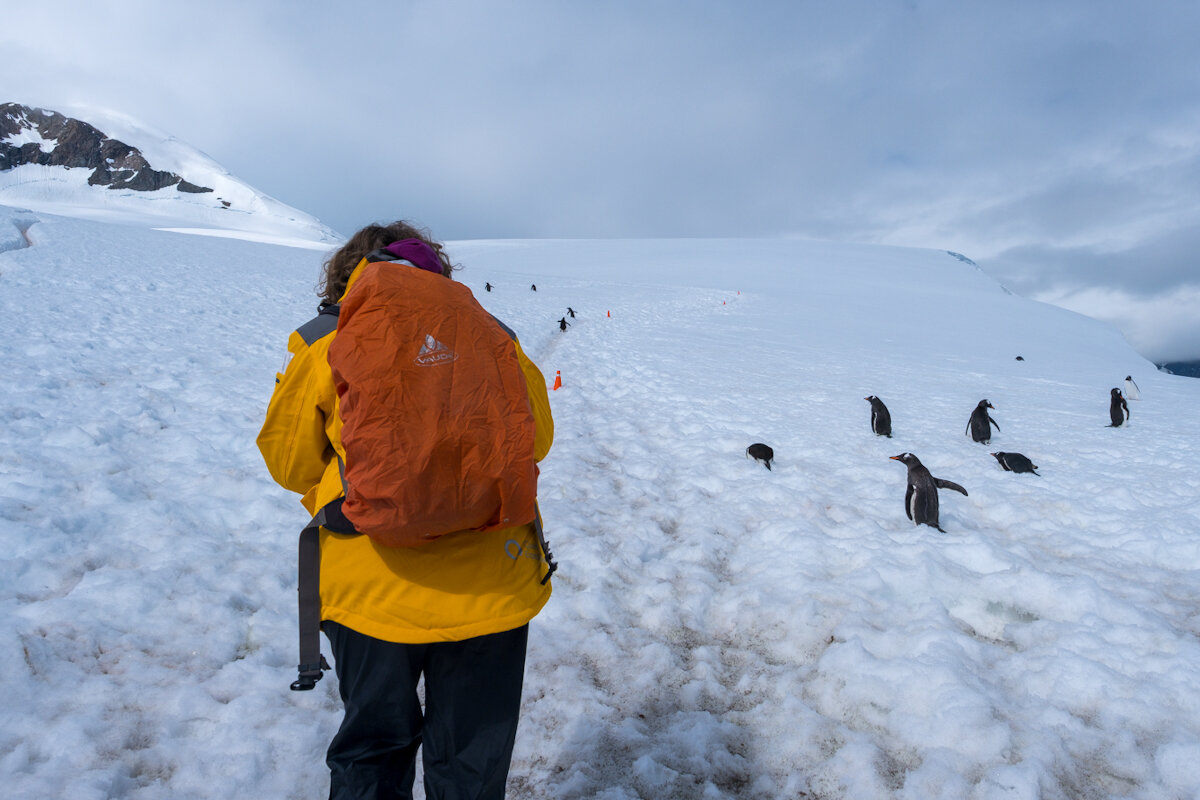
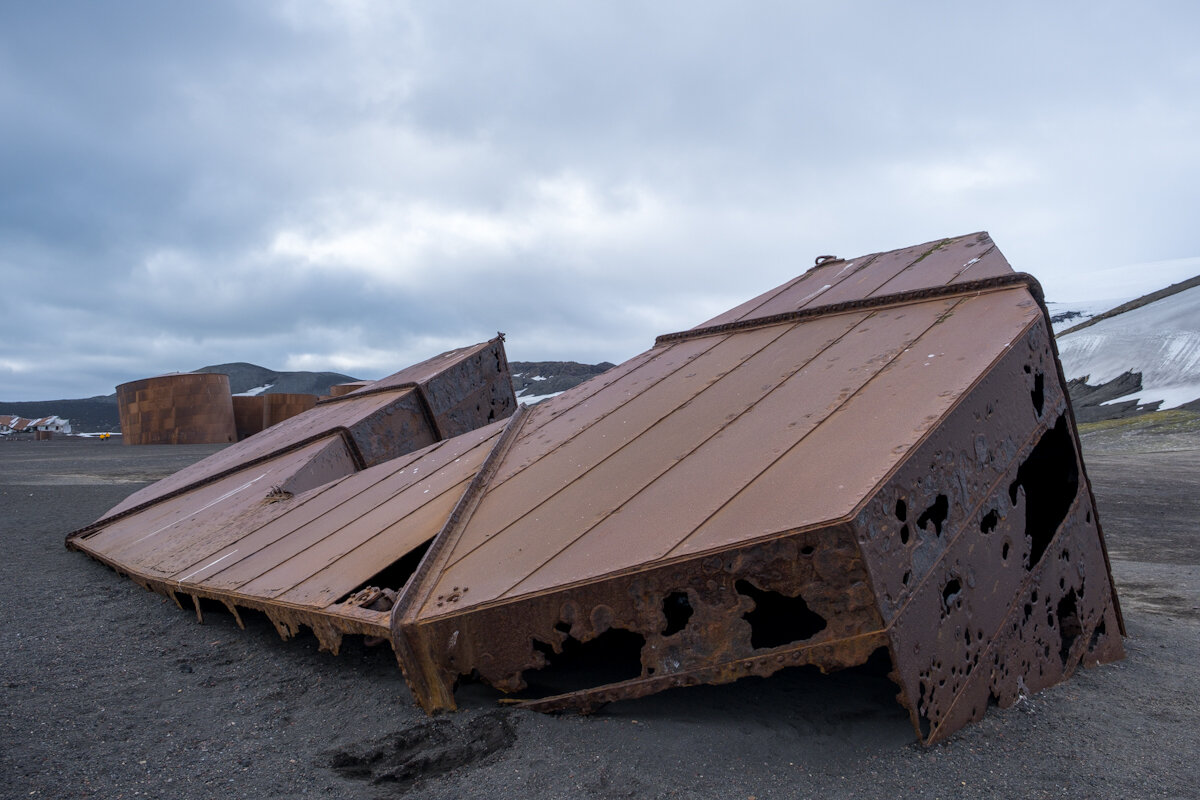
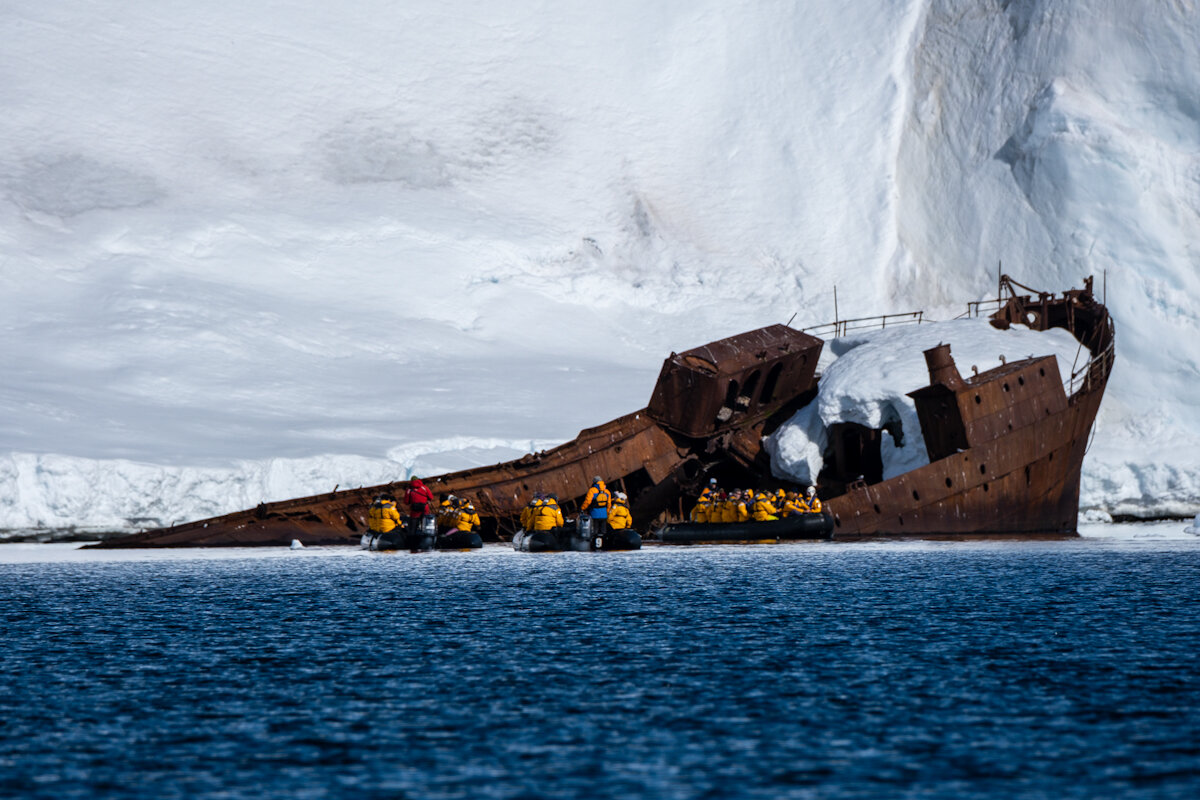
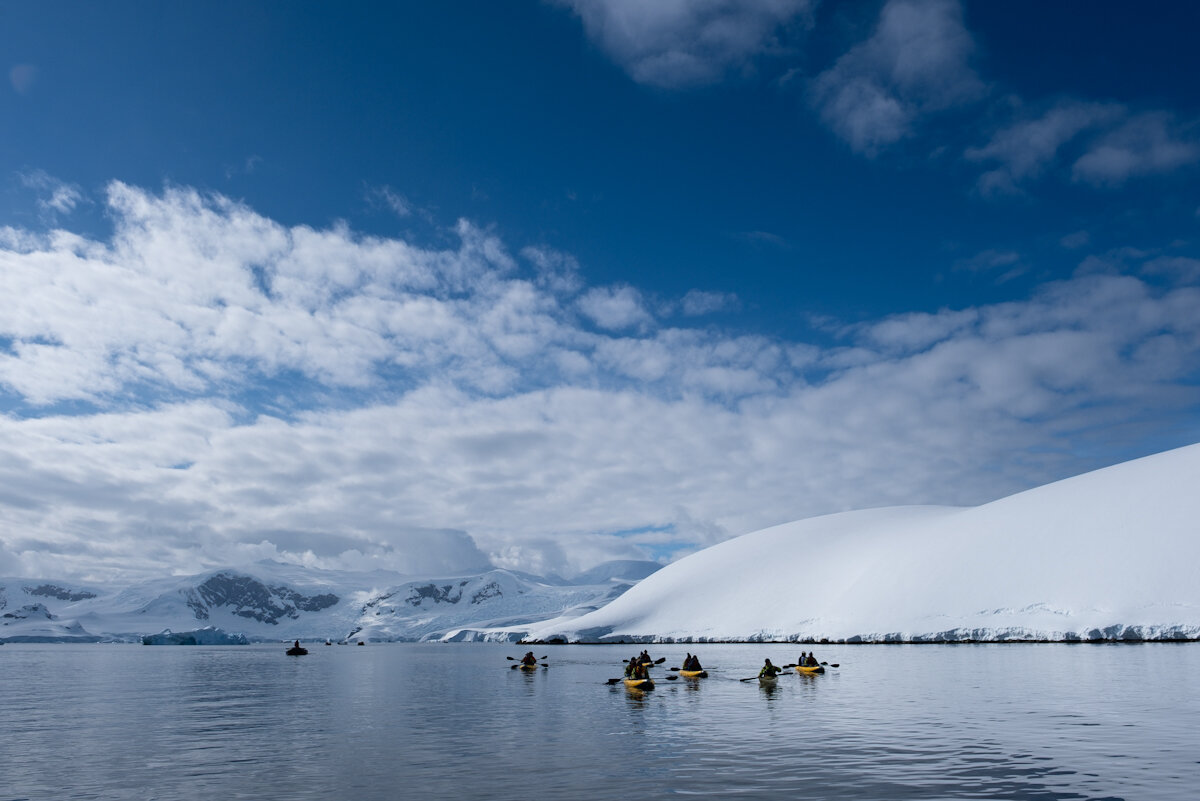
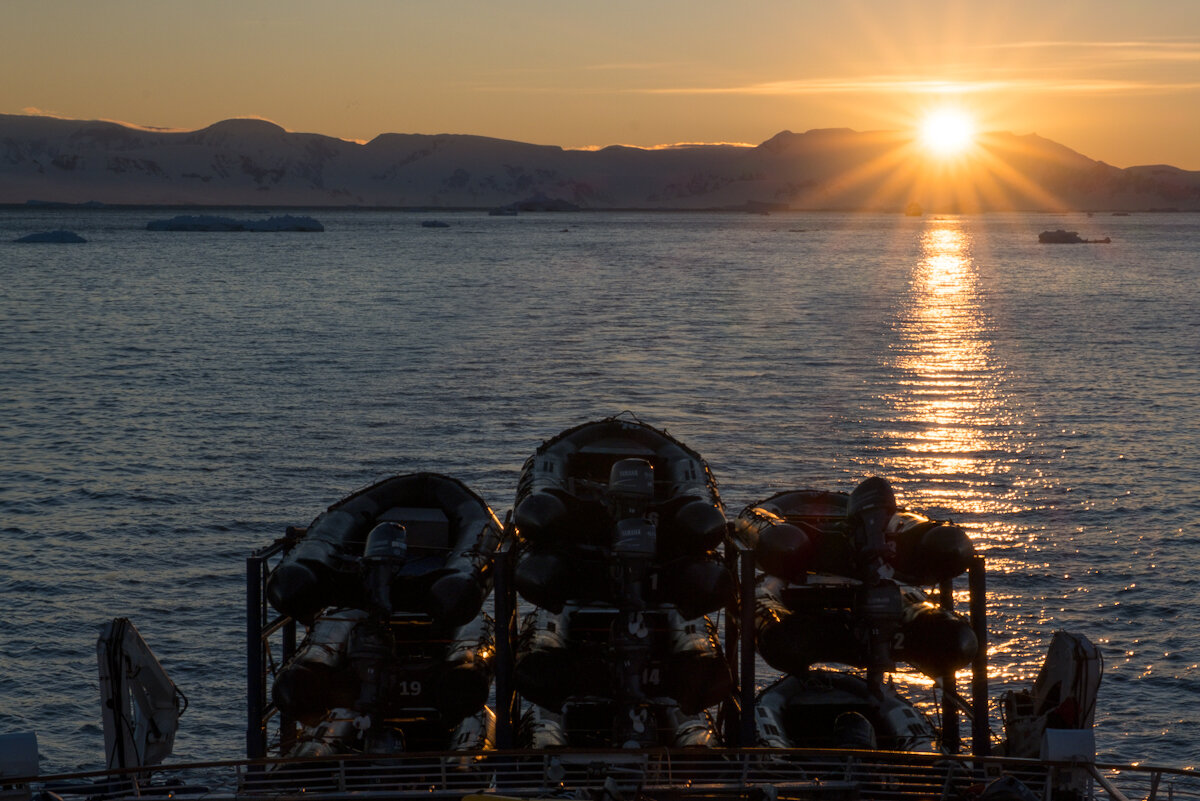
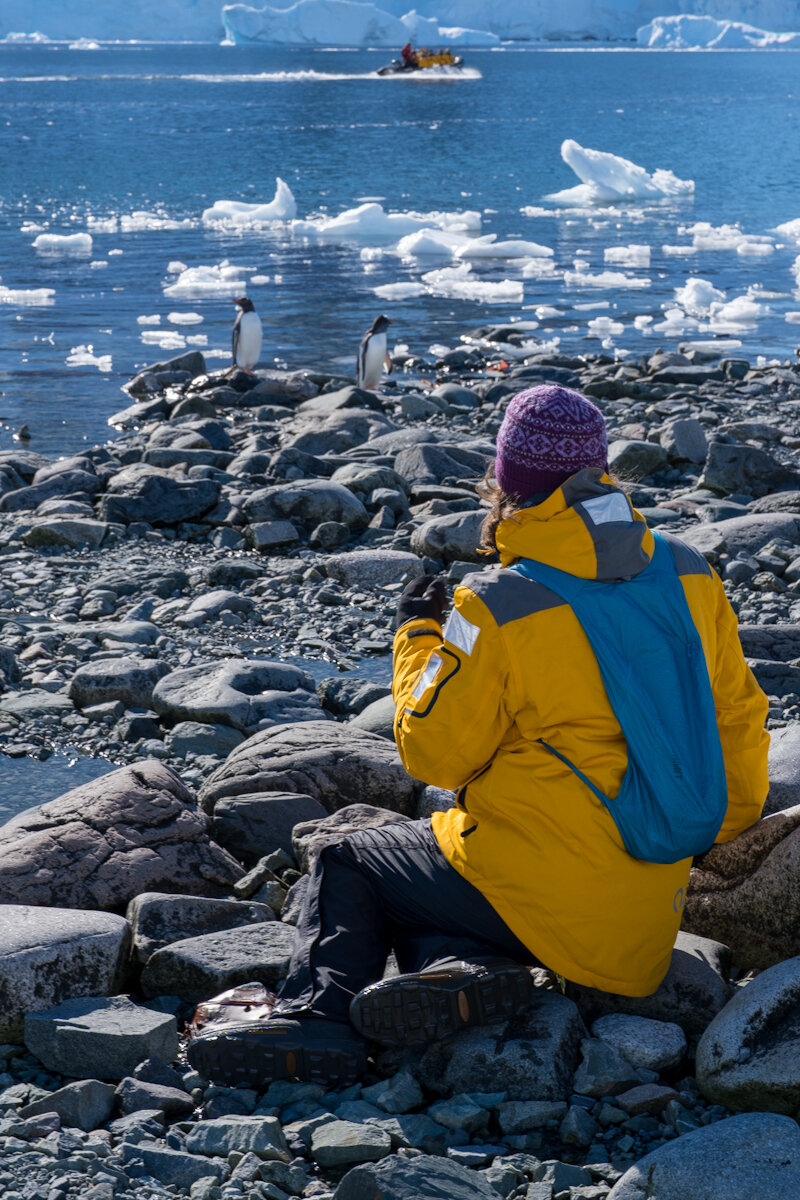
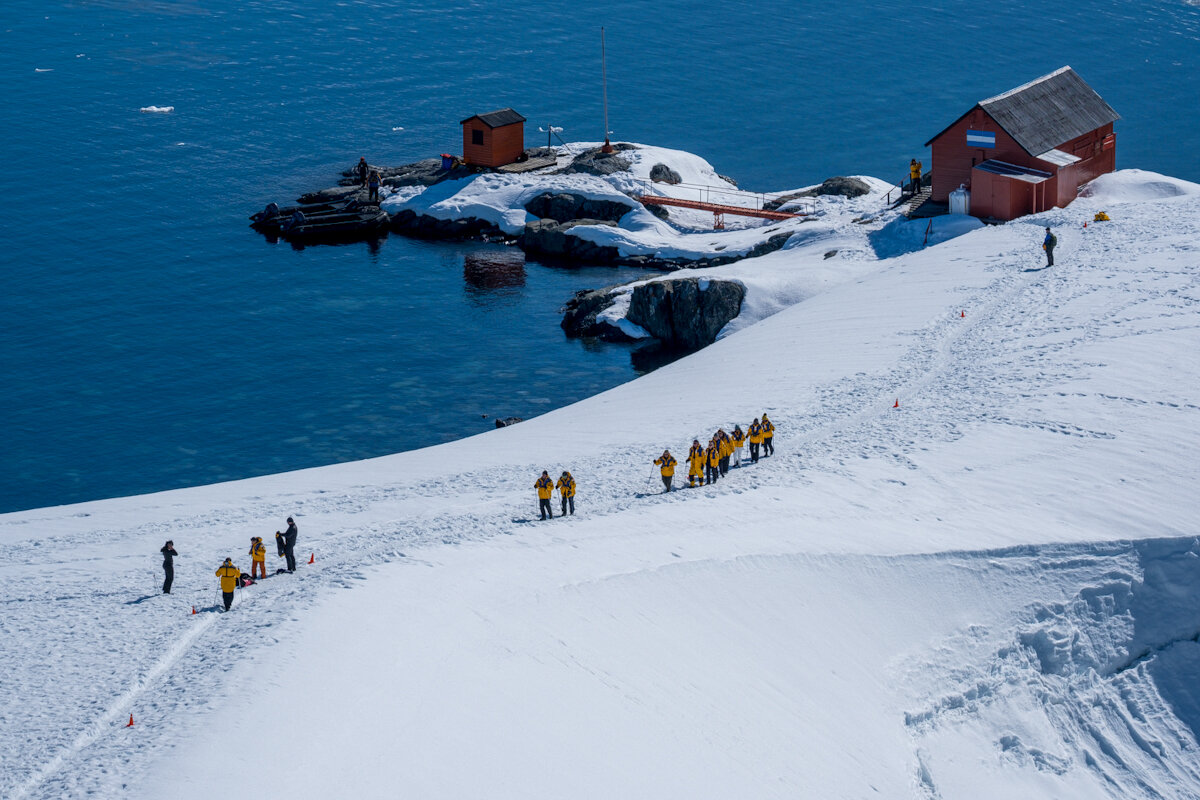
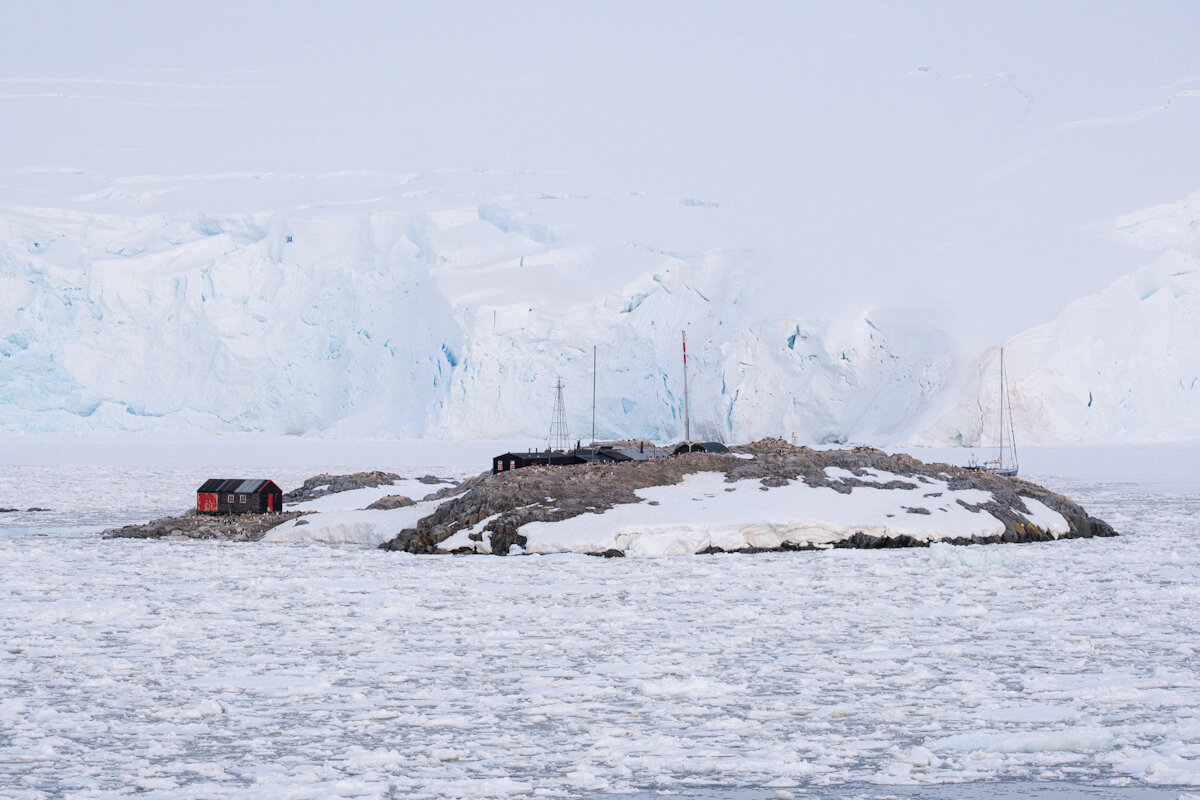
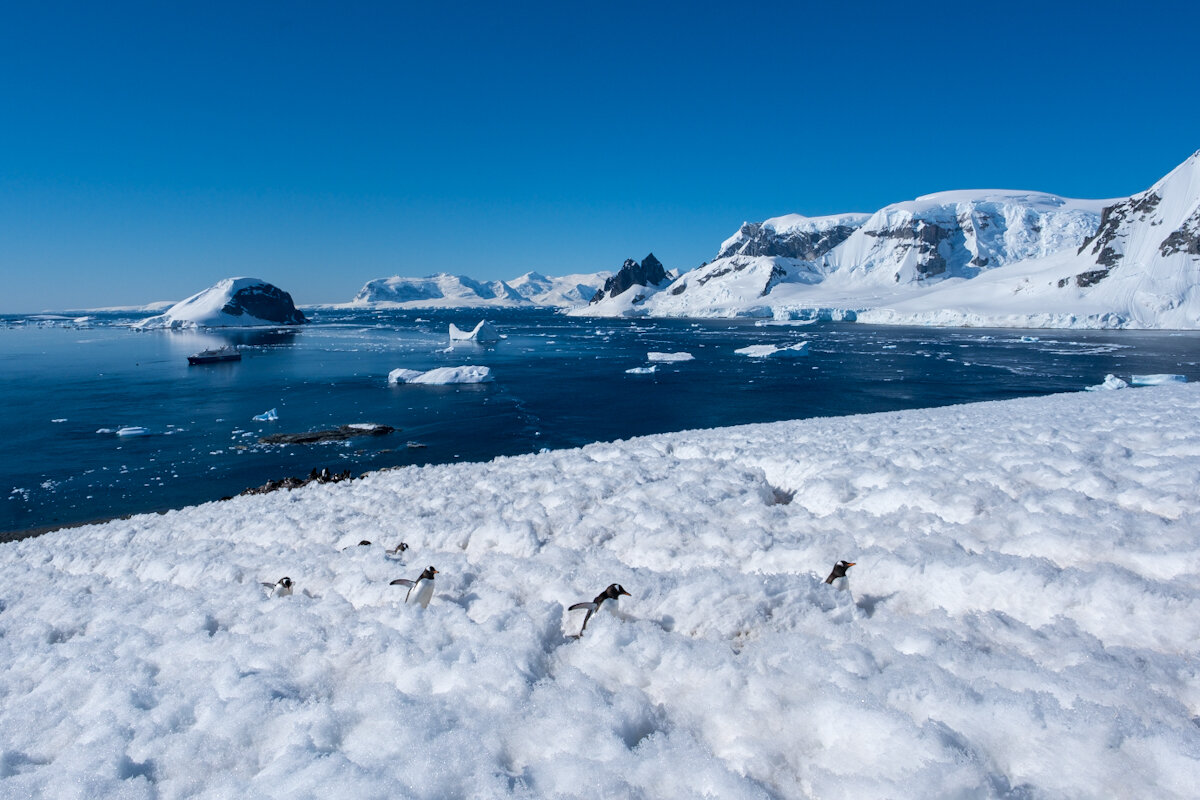

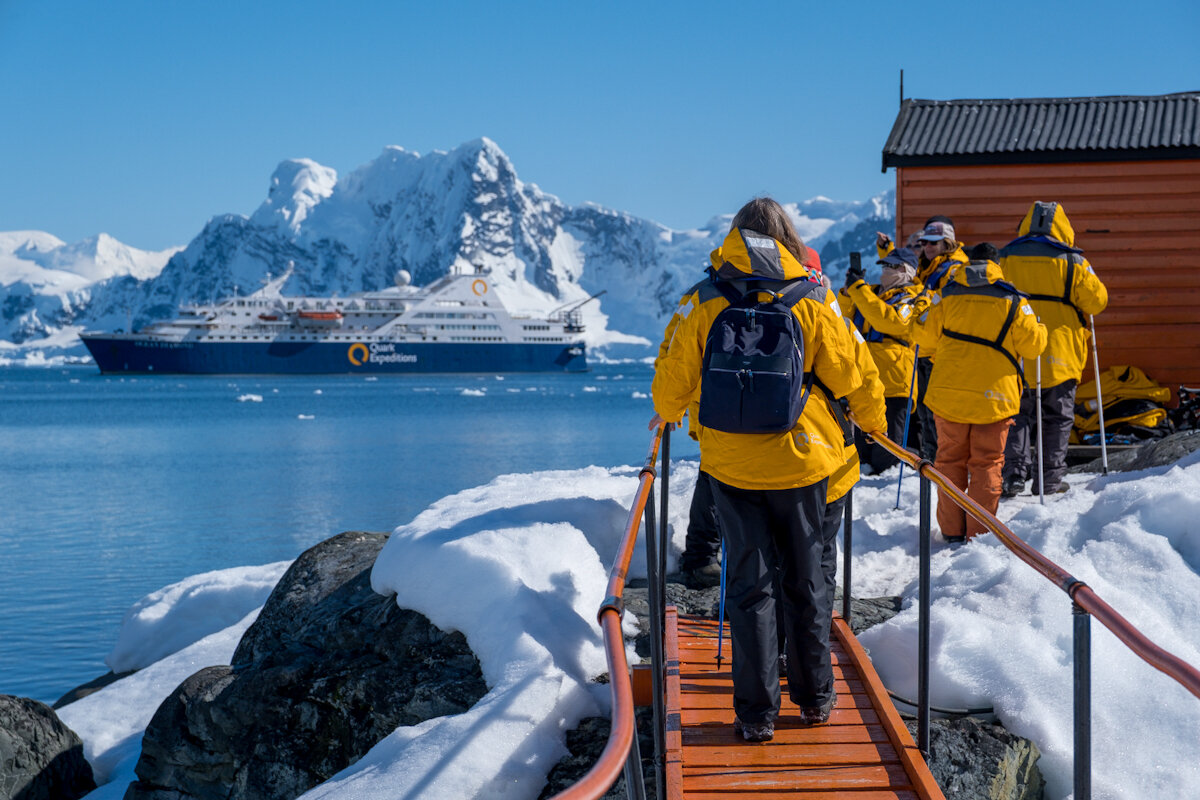
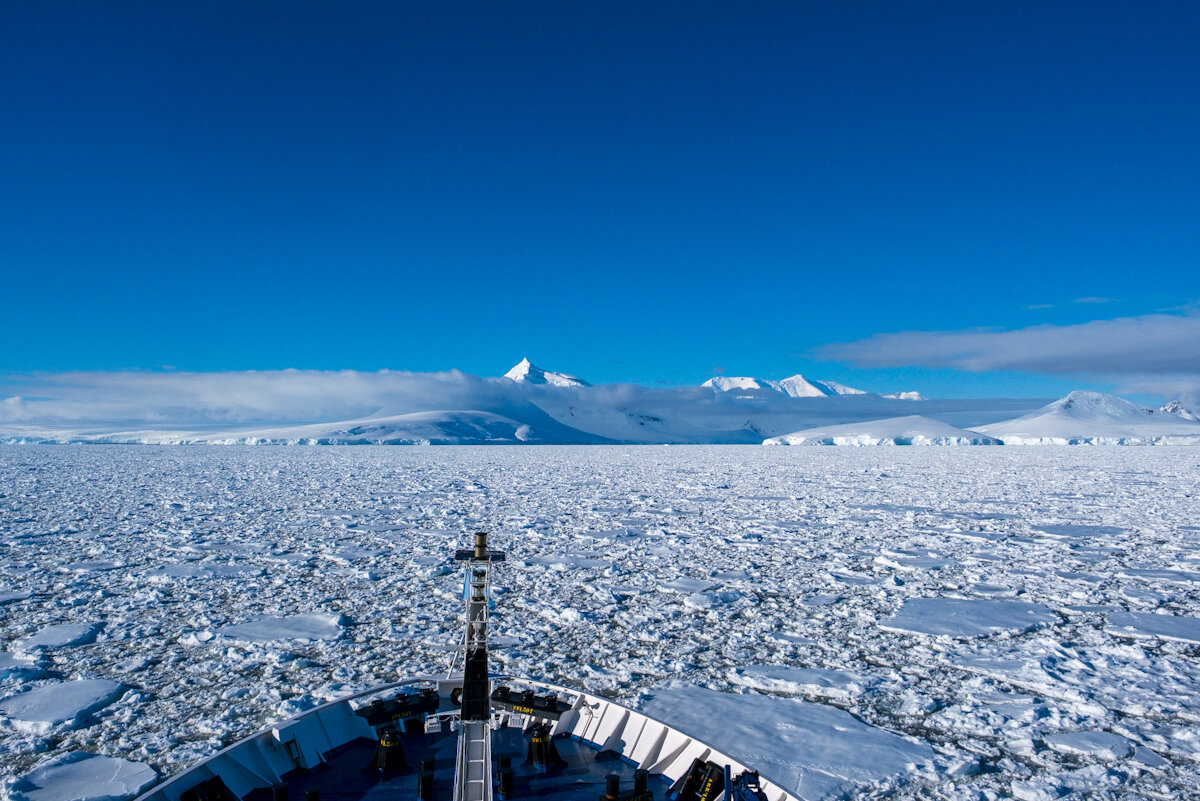
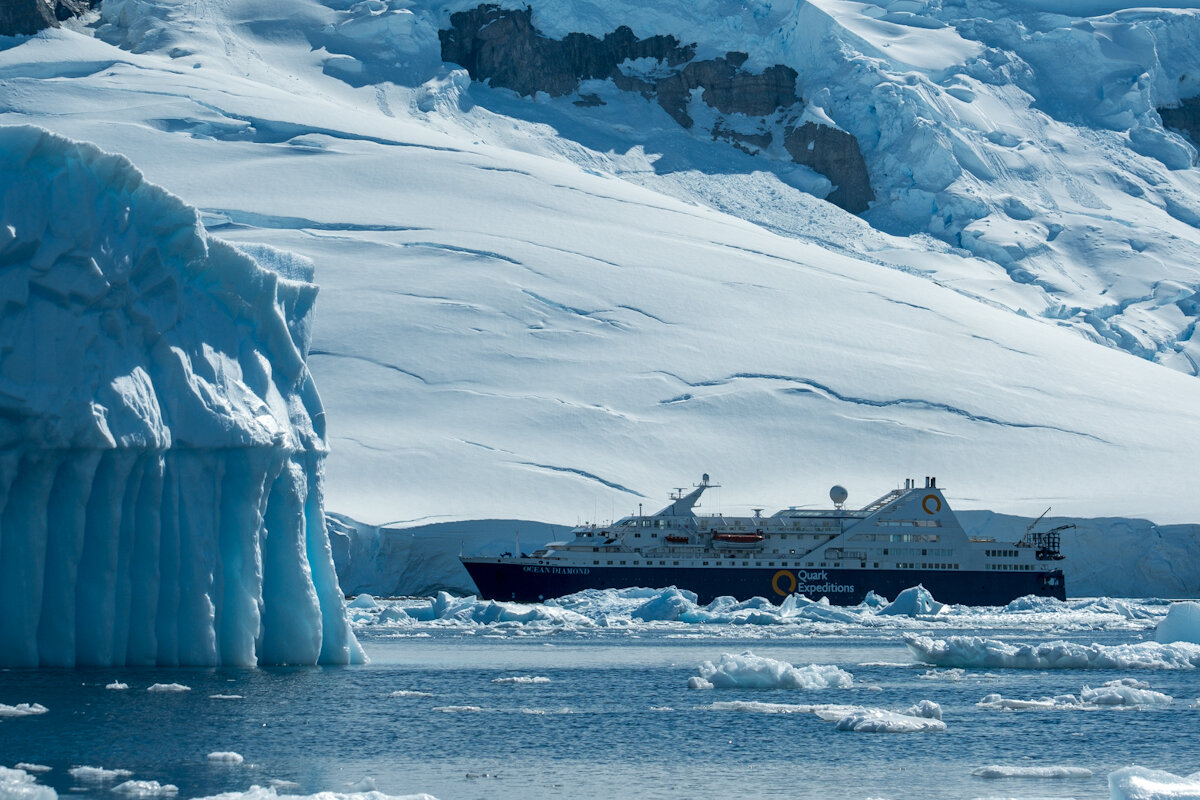
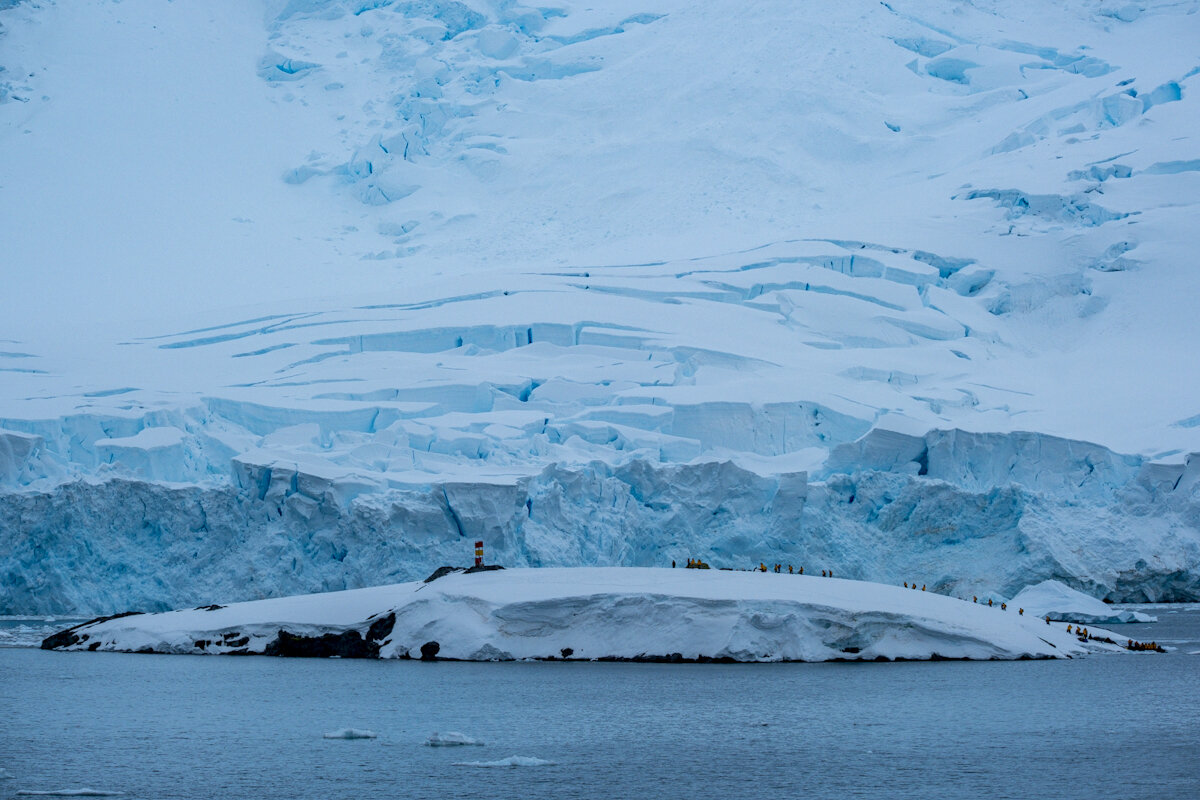
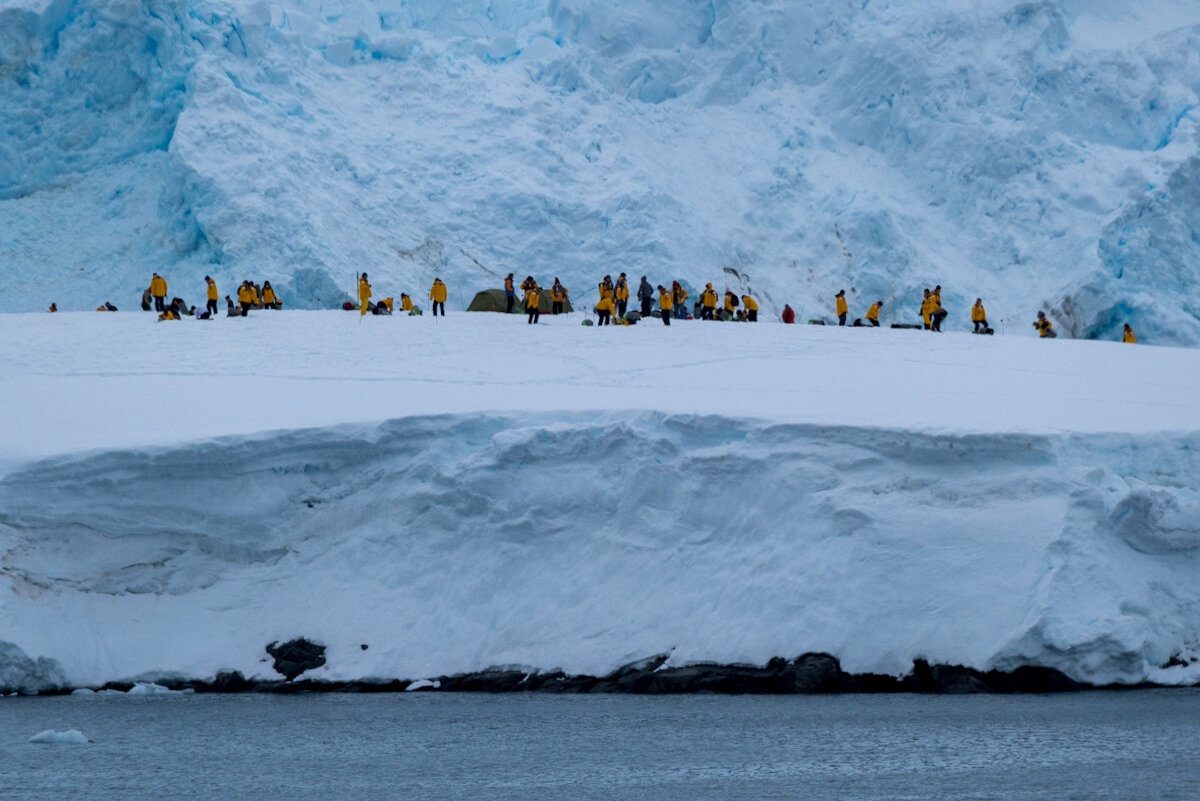

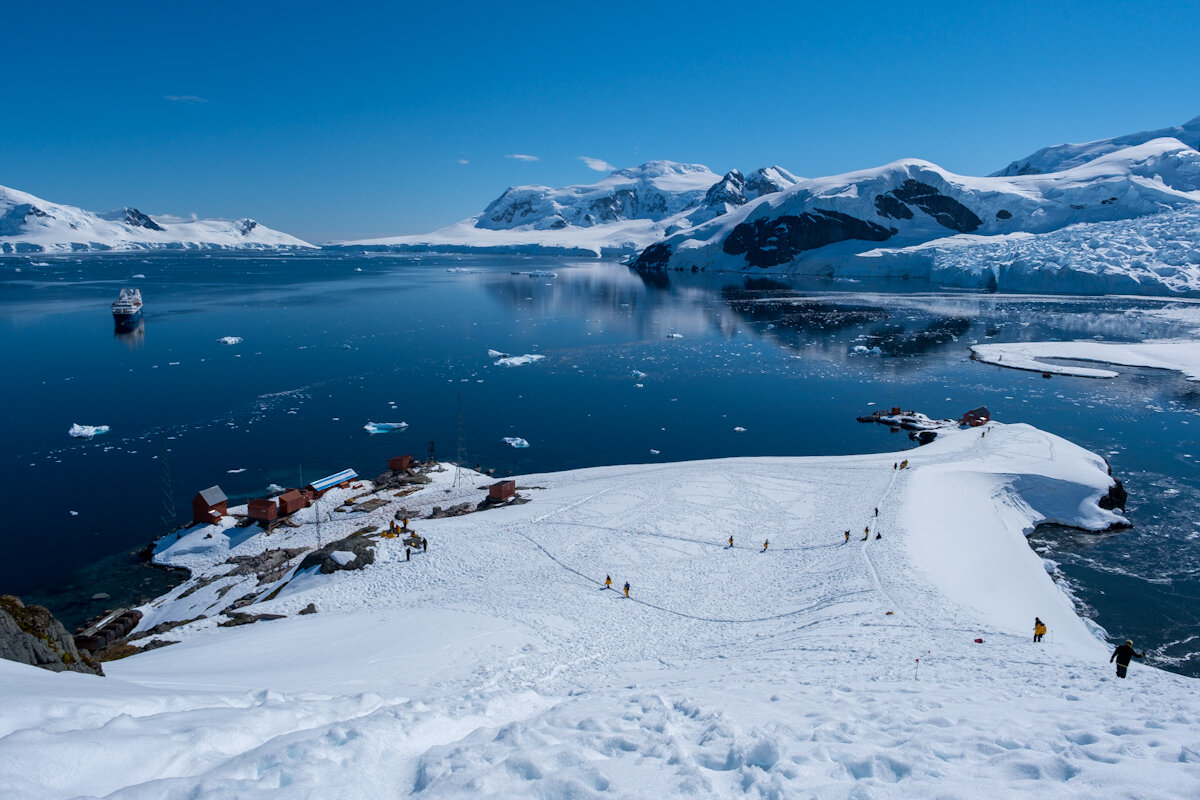
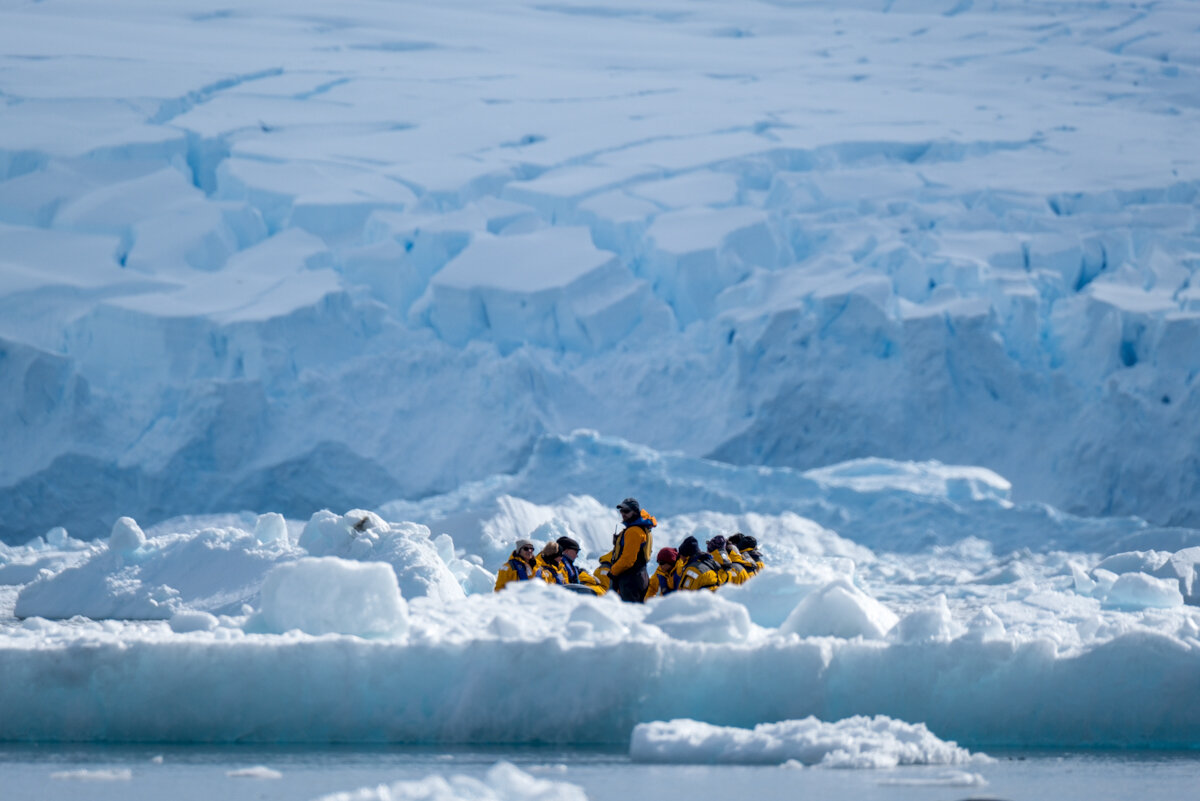
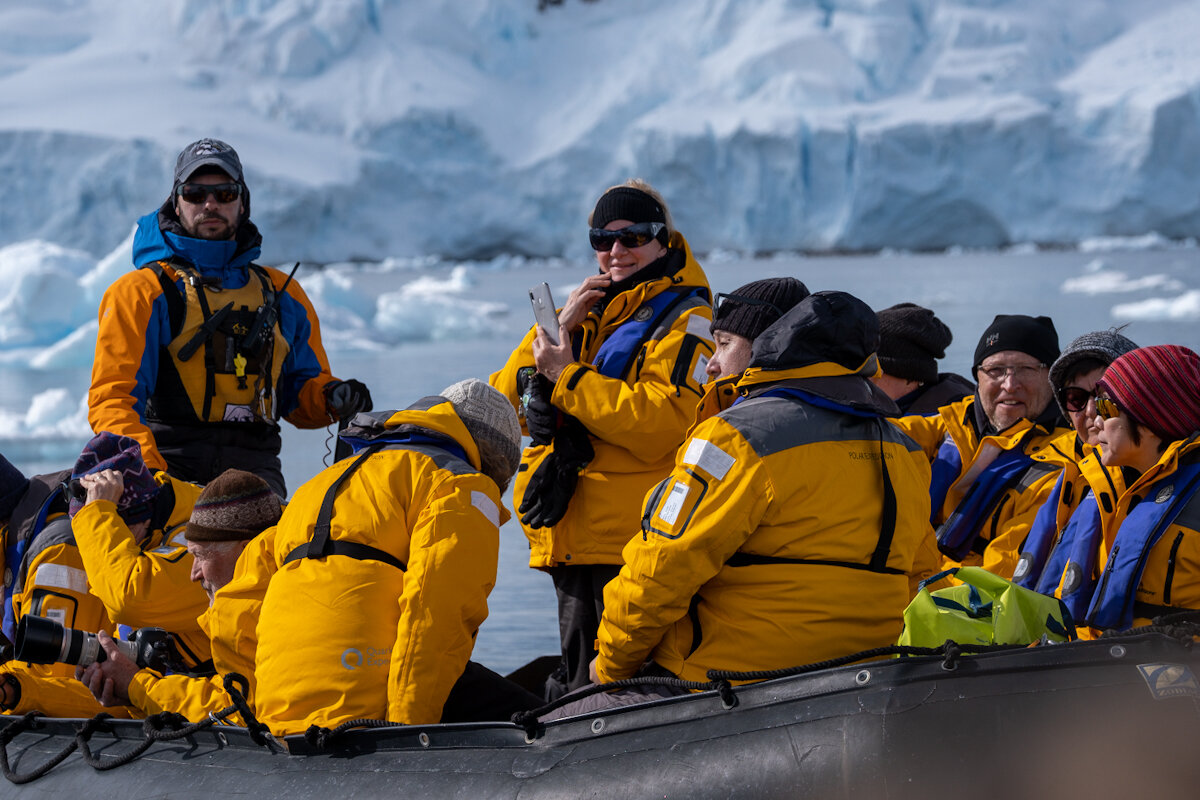
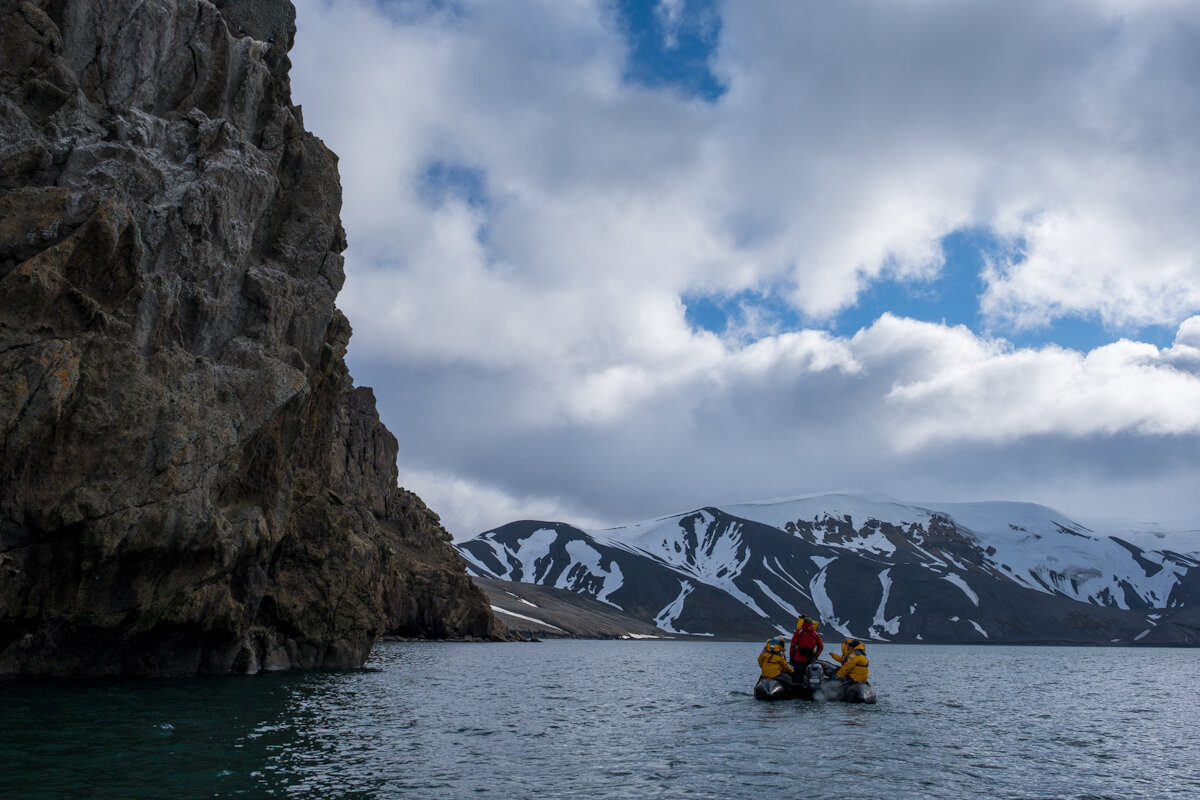
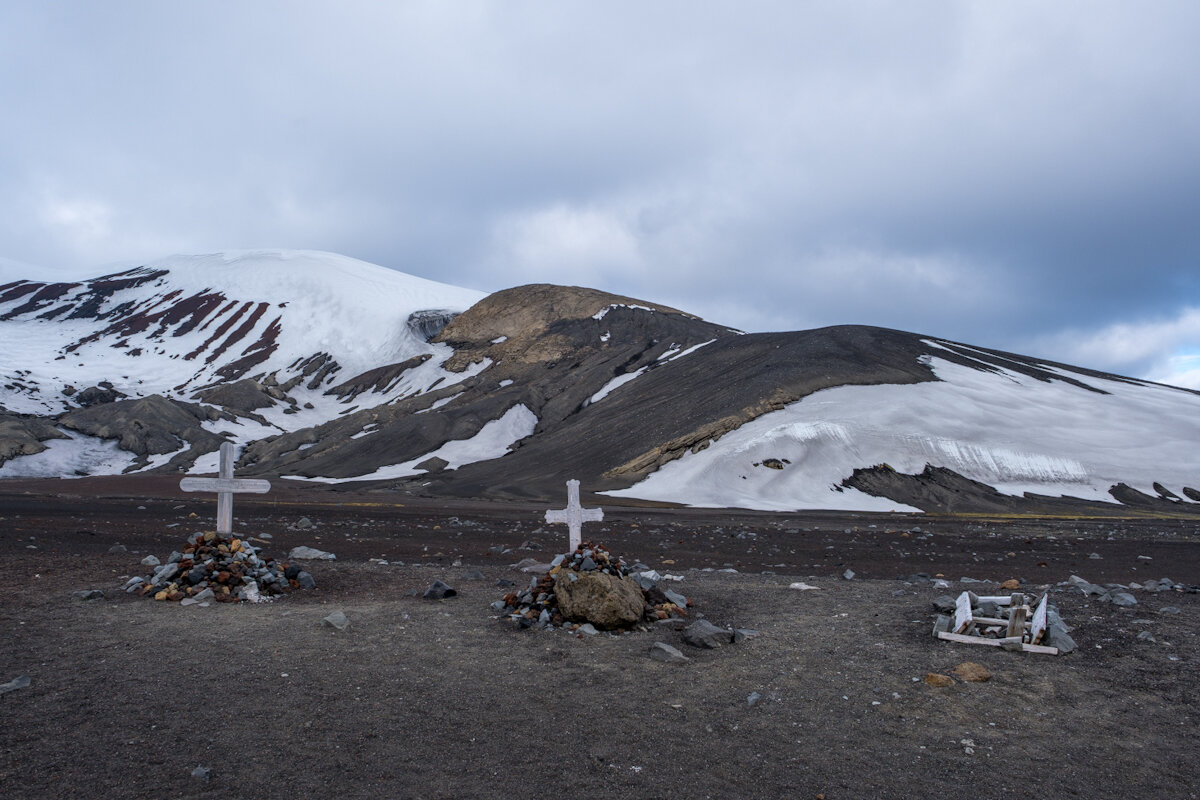
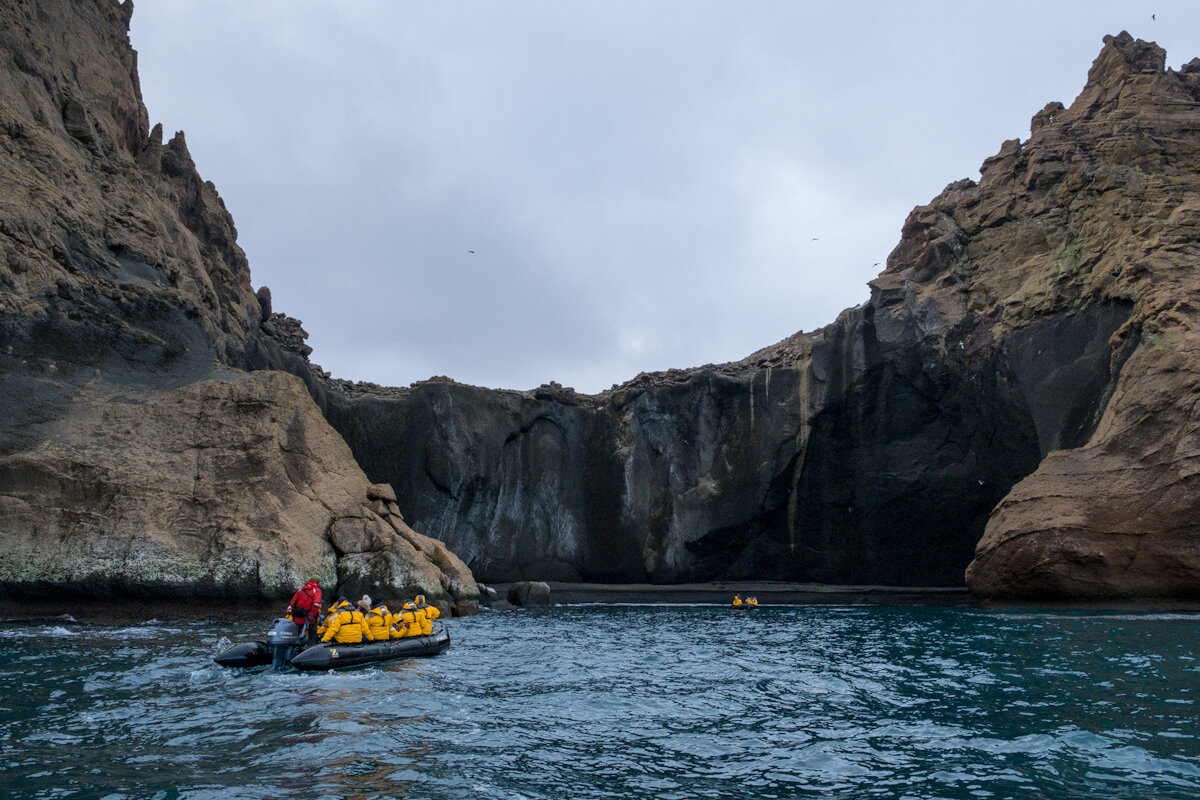

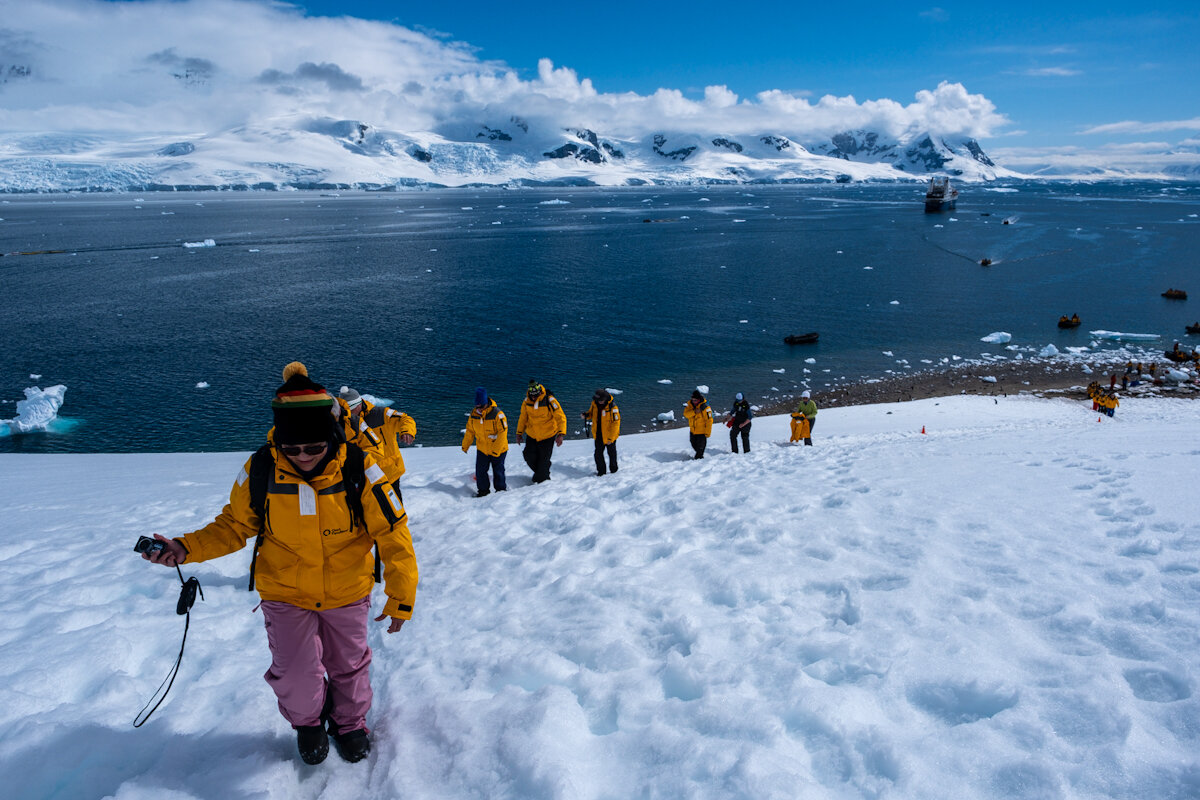
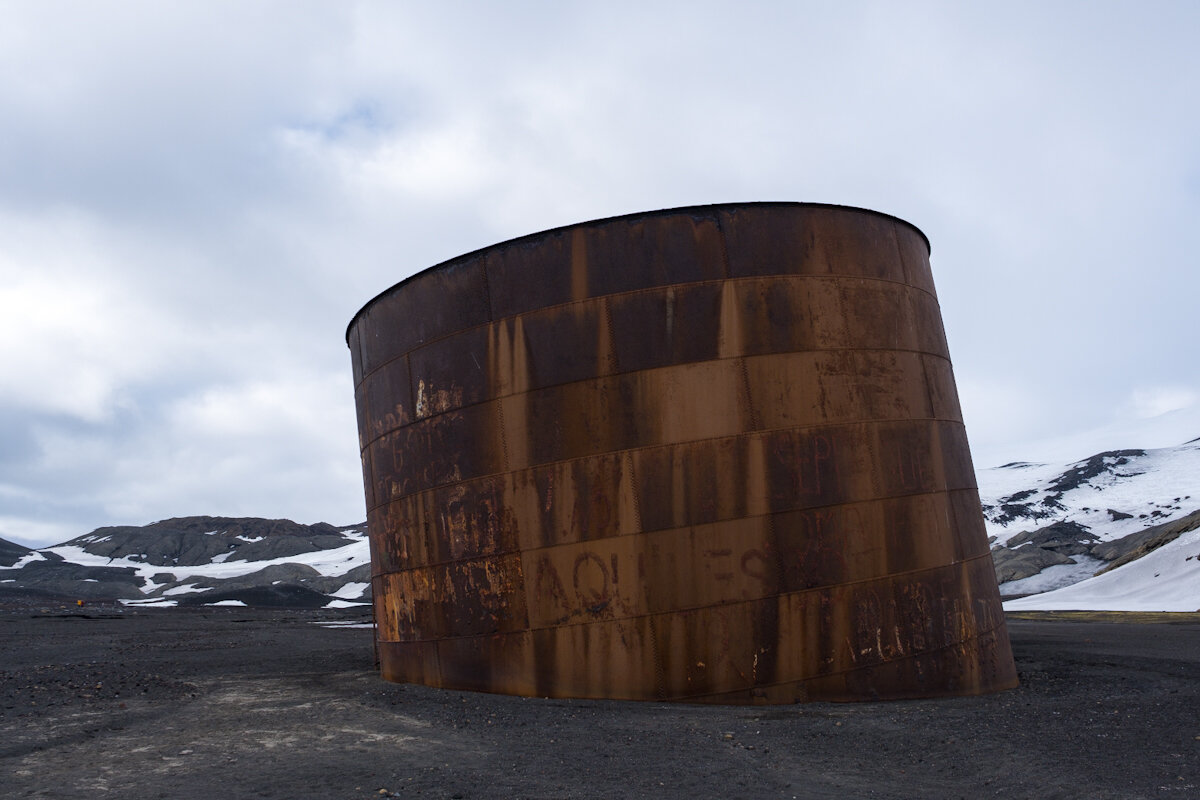
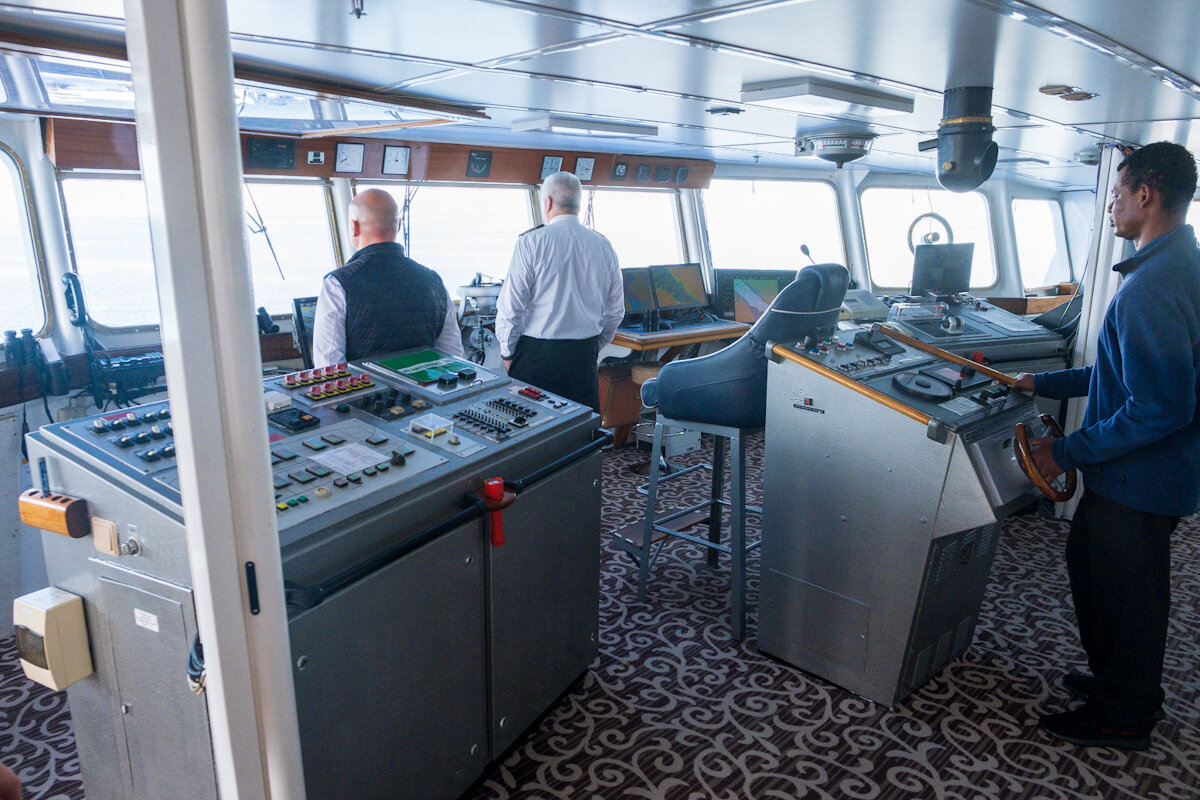
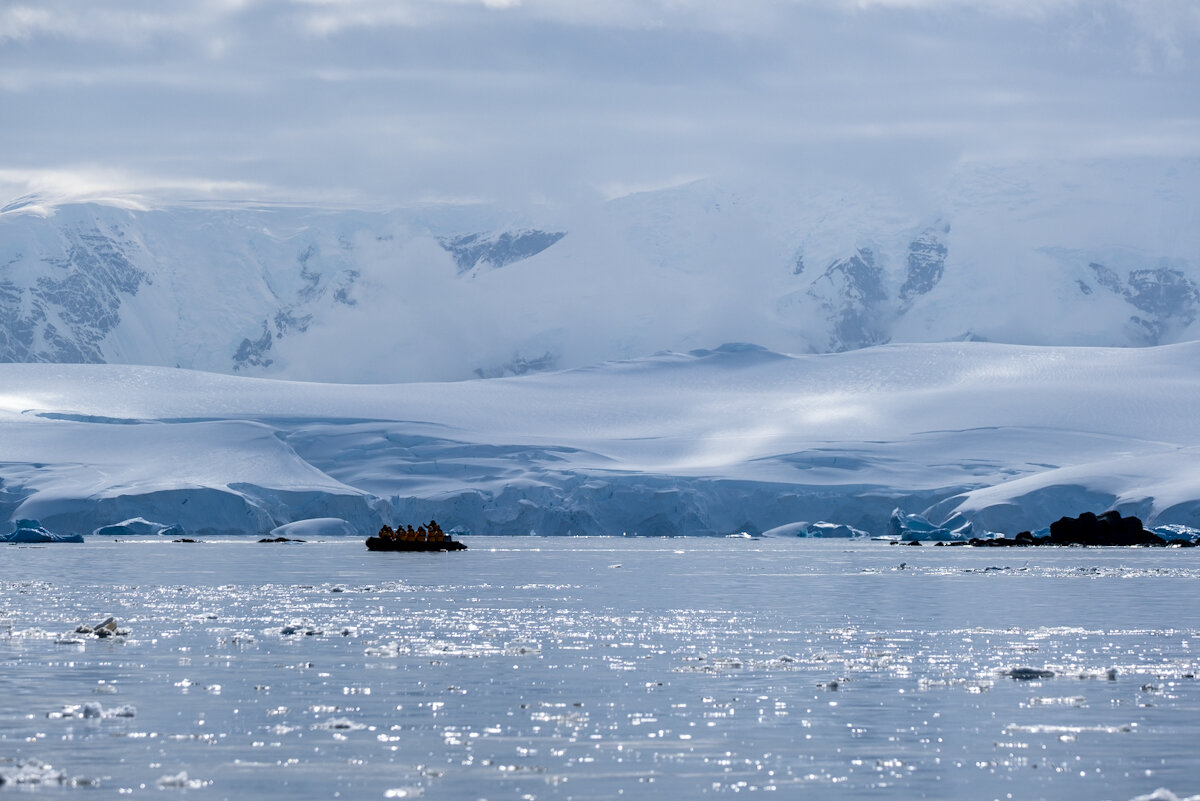
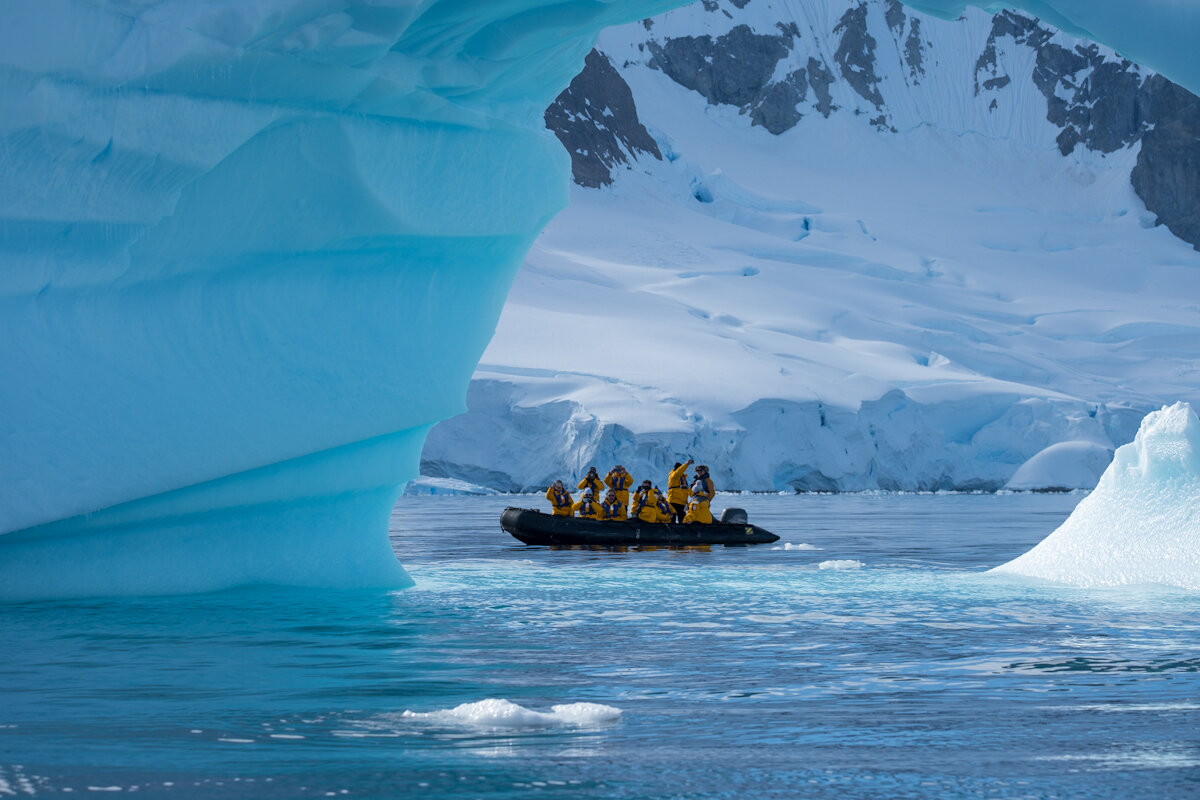
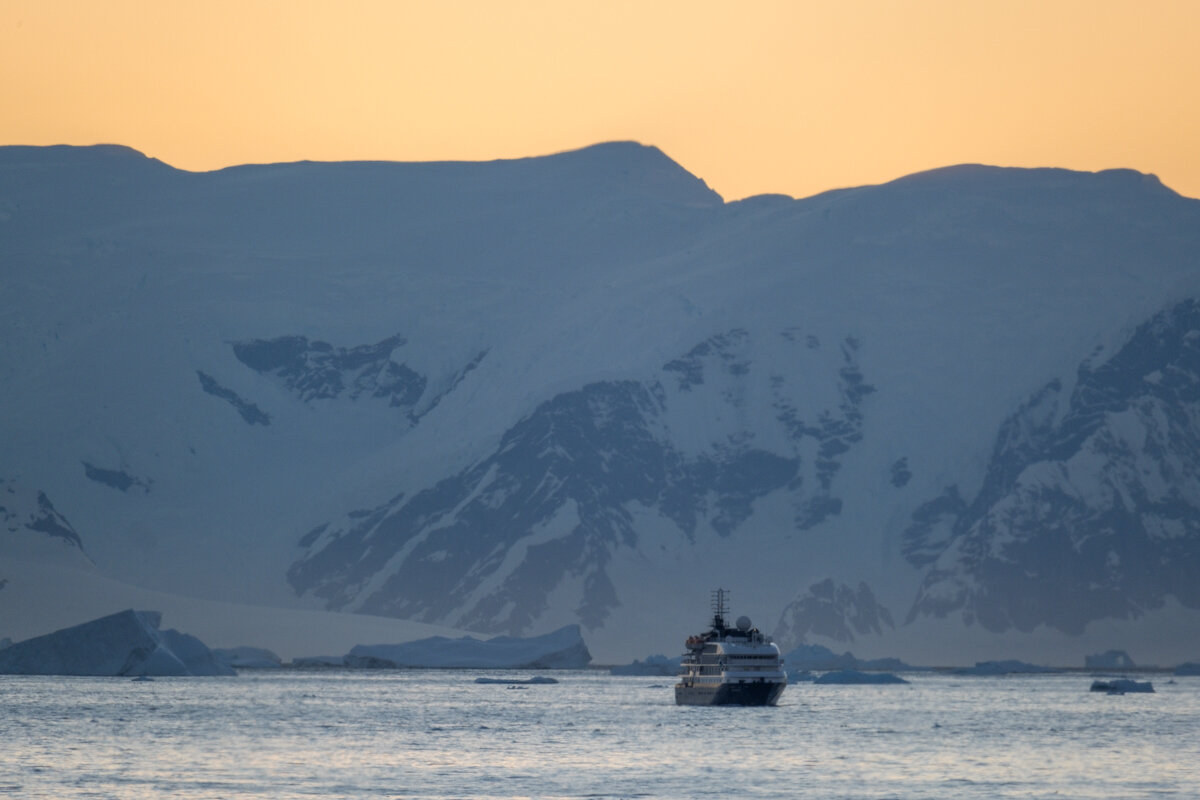
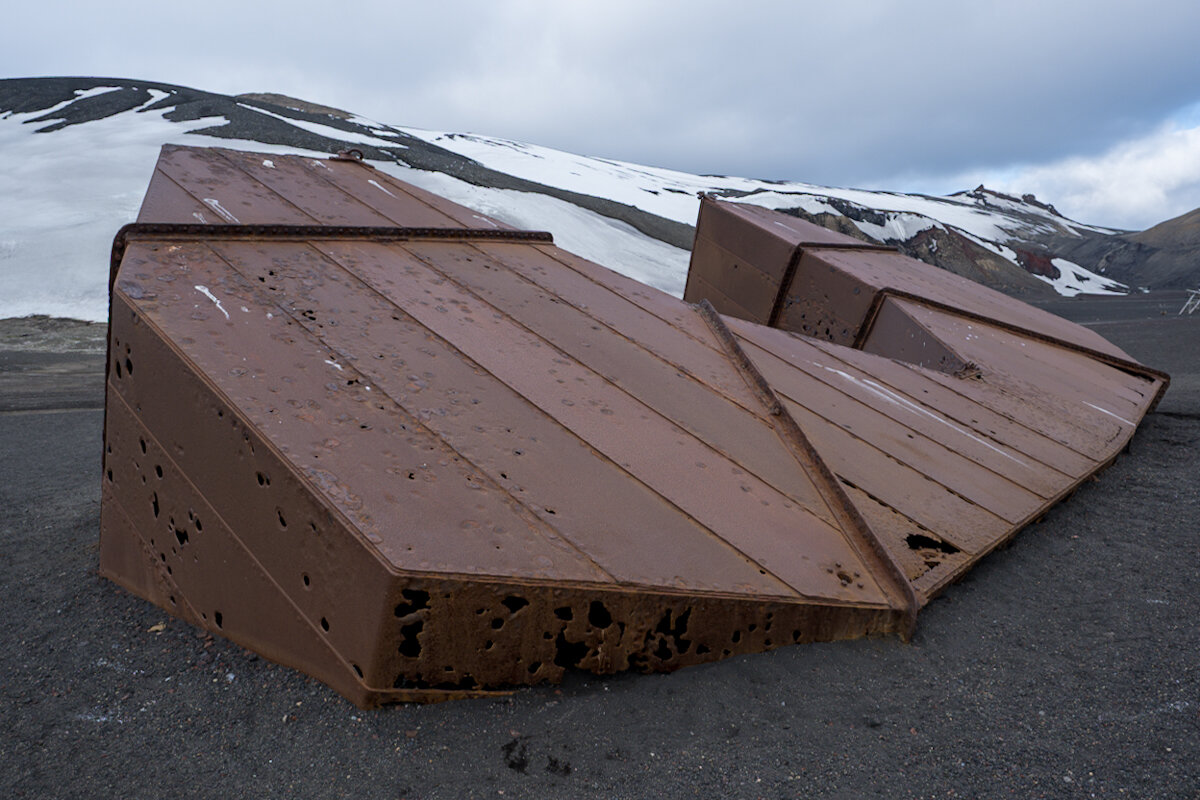
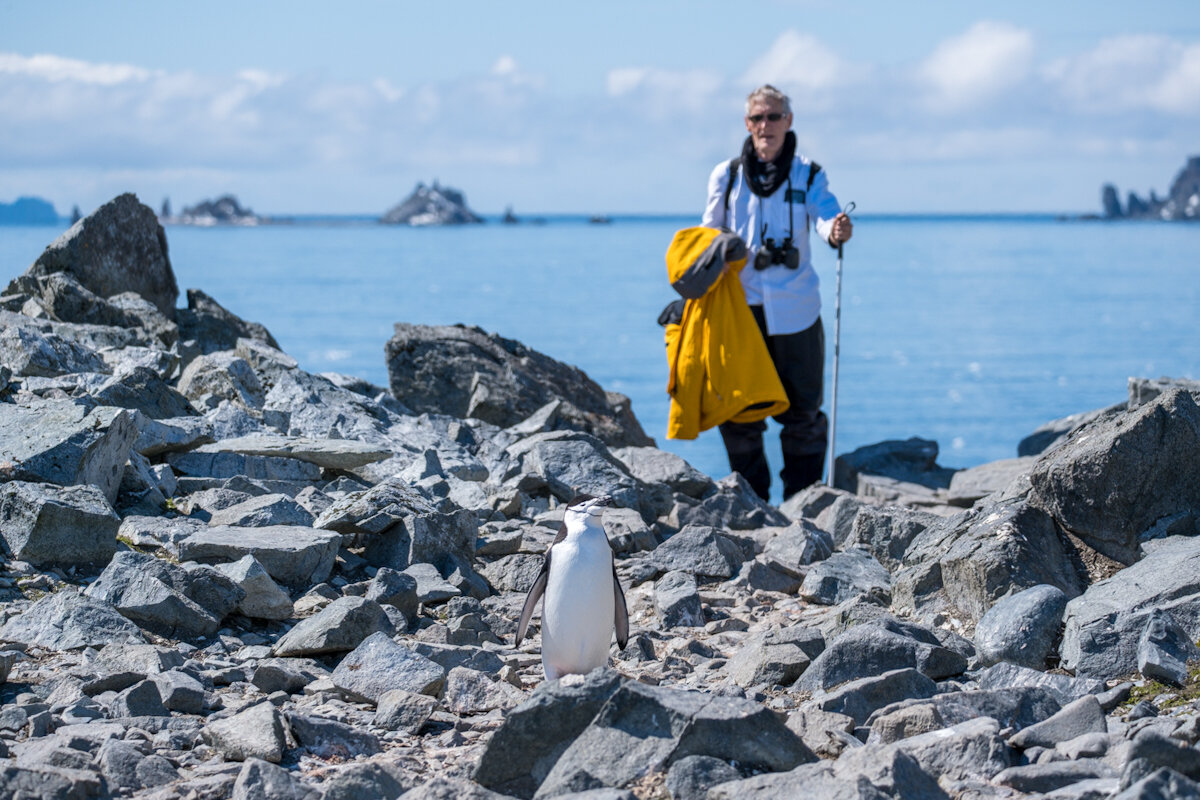
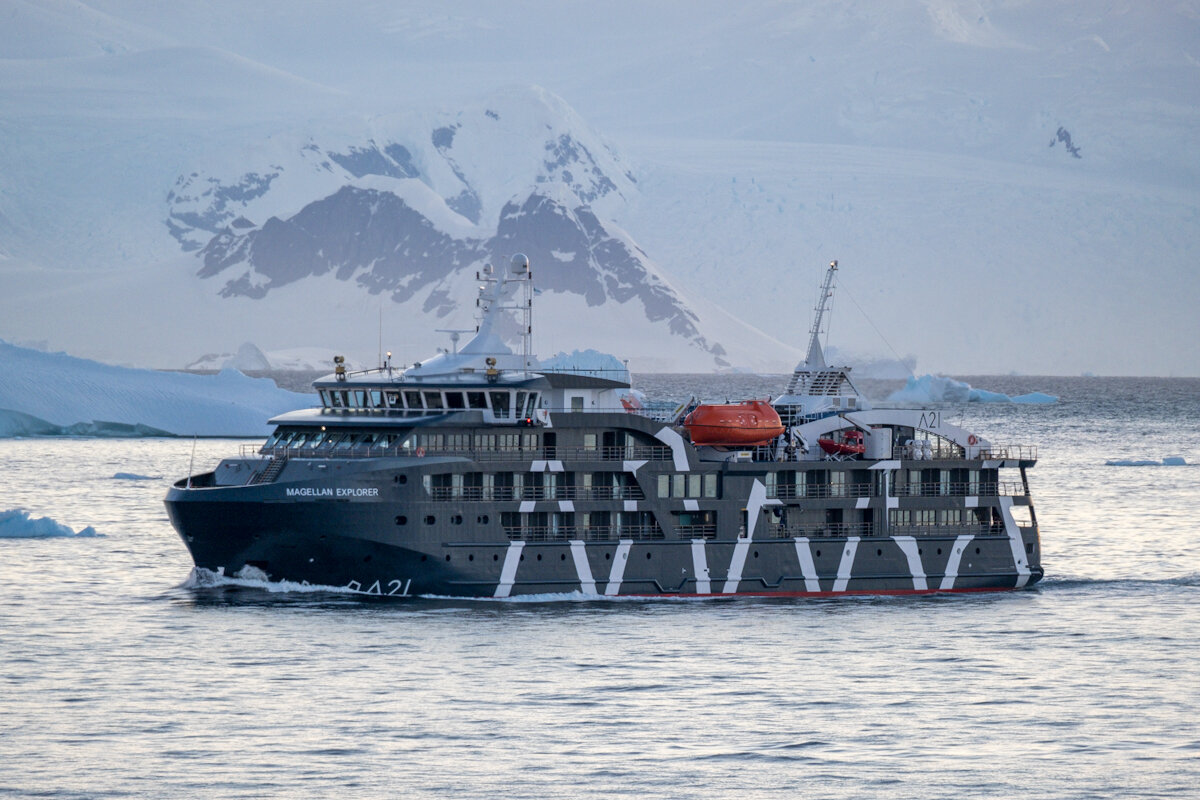
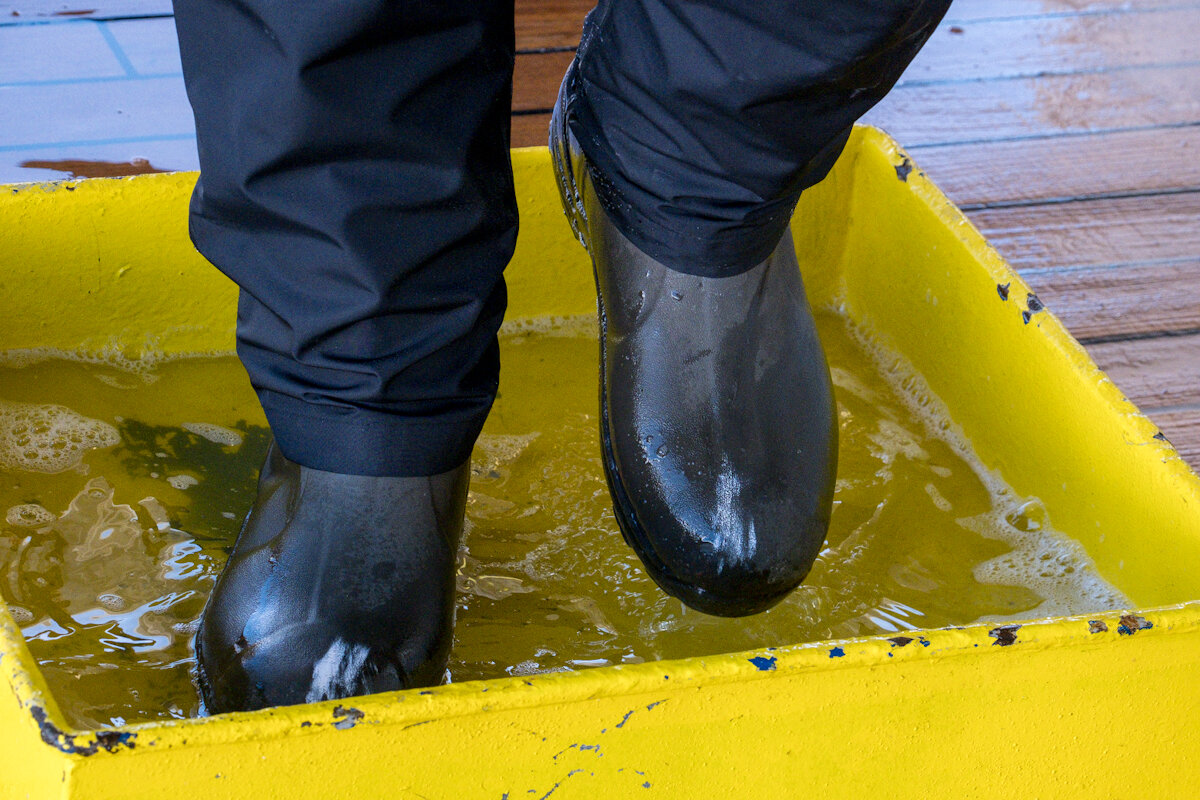
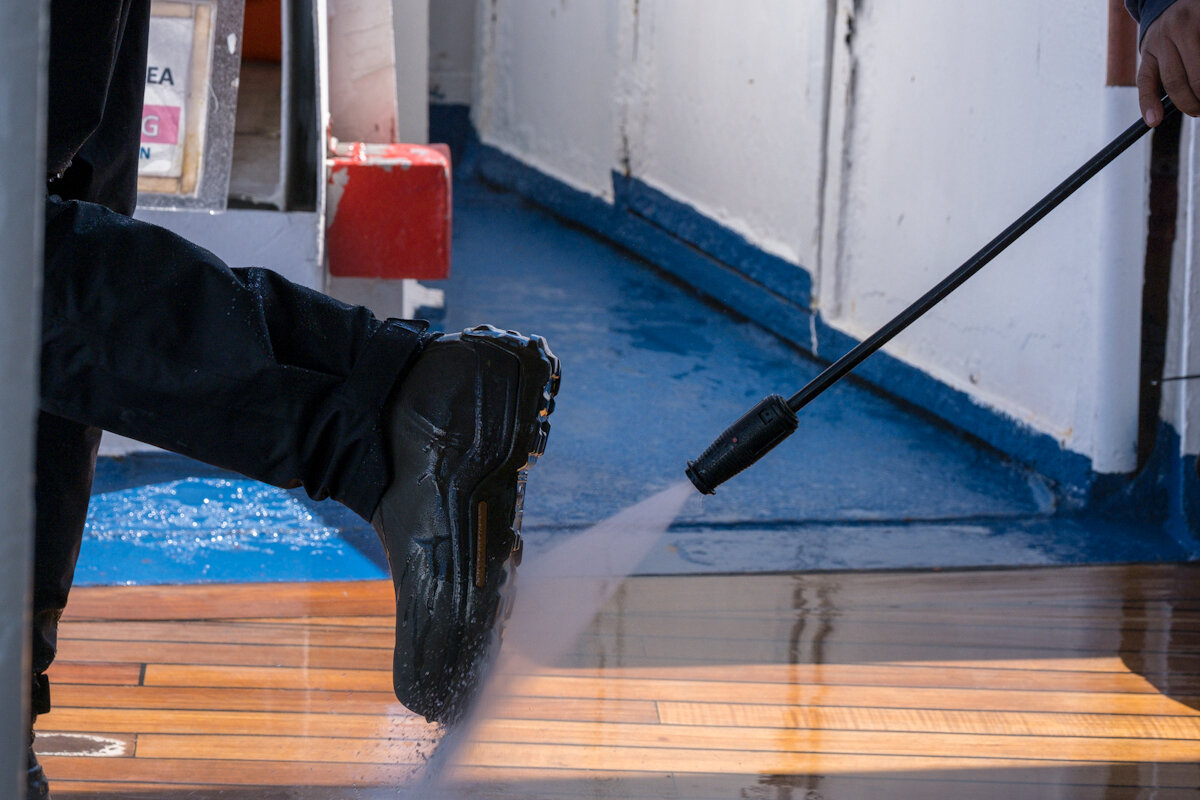
Wildlife
A few days in we were out in the Zodiacs and I noticed some distinctive ripples in the water, the kind you see when you kick your feet hard just bellow the surface, only much bigger. And all at once I realised that there was an animal larger than a bus a few feet below us. Turned out to be a Minke whale and although not the largest species, could easily have flipped our boat like a beer mat had it been inclined. I should be clear - attacks or even accidents involving harm to humans by whales are almost non existent. It's the gentleness you feel in their presence that is so emotional. We had seen Southern Right Whales off Peninsula Valdes a few weeks back (see earlier post) but they had been 10 or 20 metres from our larger boat and in heavier seas. In the unusual silence and calm of this Antarctic bay, contact of this kind felt very privileged and intimate.
Antarctic fauna in general are wonders of evolution. Just have a look at the Wikipedia articles for Emperor Penguin and Weddell Seal. These are full time Antarctica residents. Their resilience and abilities are near mythical. Even the cute looking smaller penguin species are natural hard cases. Physically larger Skuas will use stealth rather than ferocity to steal an occasional egg becease they are no match for a 'cuddly' little Chinstrap Penguin on the ground.
Encountering these animals on their own terms is close to religious in the kind of emotions it imparts. I hope that comes across in the pictures. Oh and the shot of a lone Gentoo Penguin on an iceberg won the ships photography competition. : )
Enjoy.
